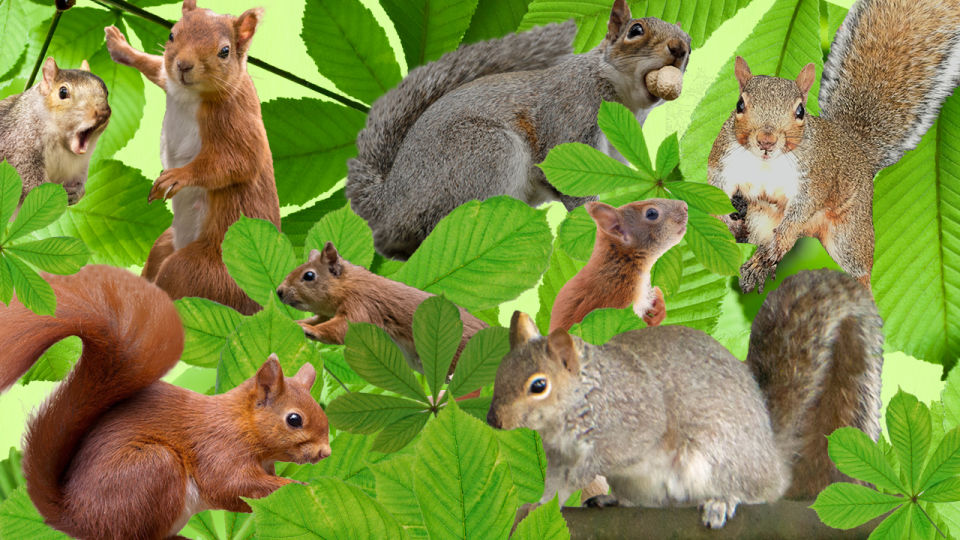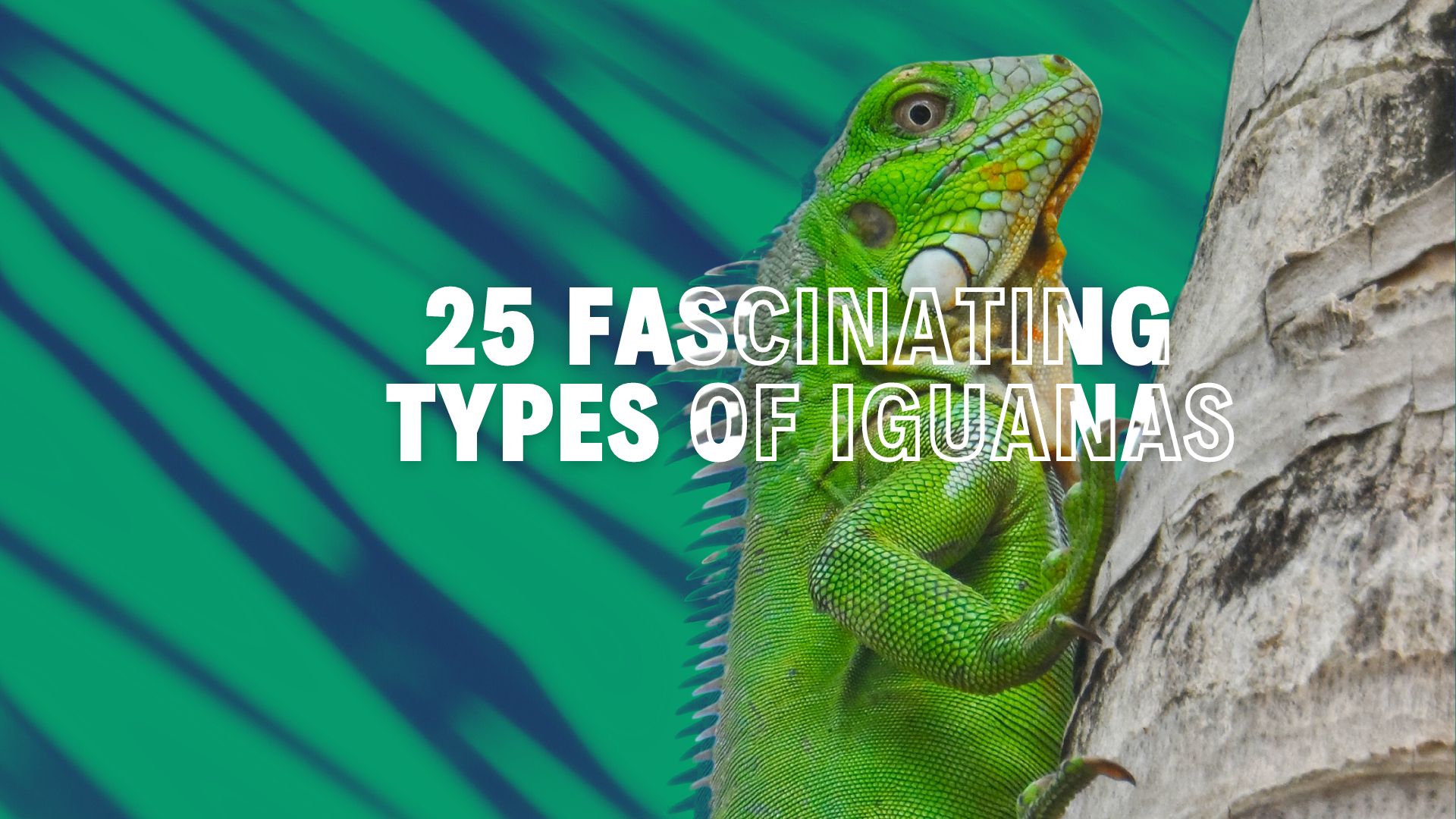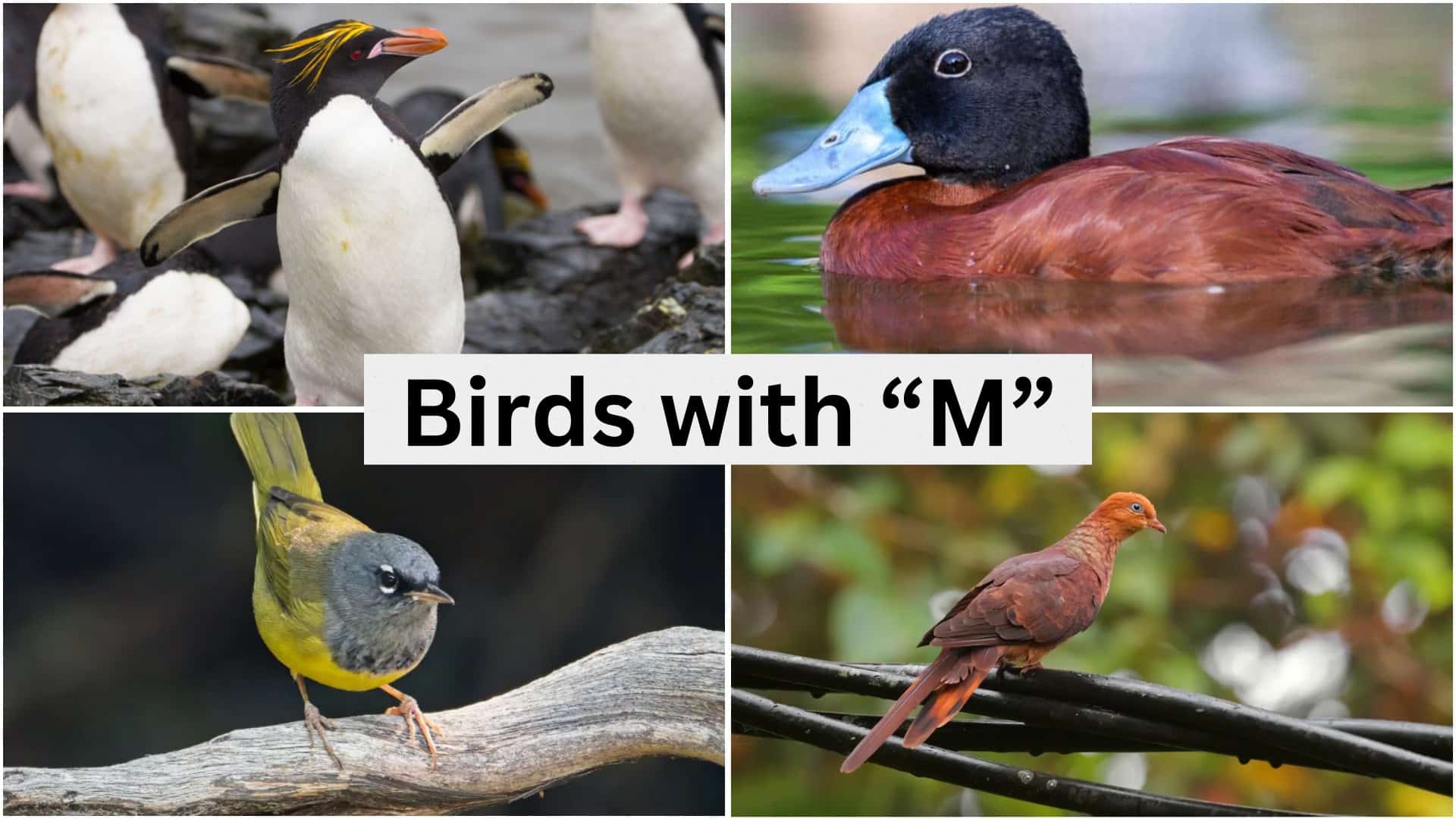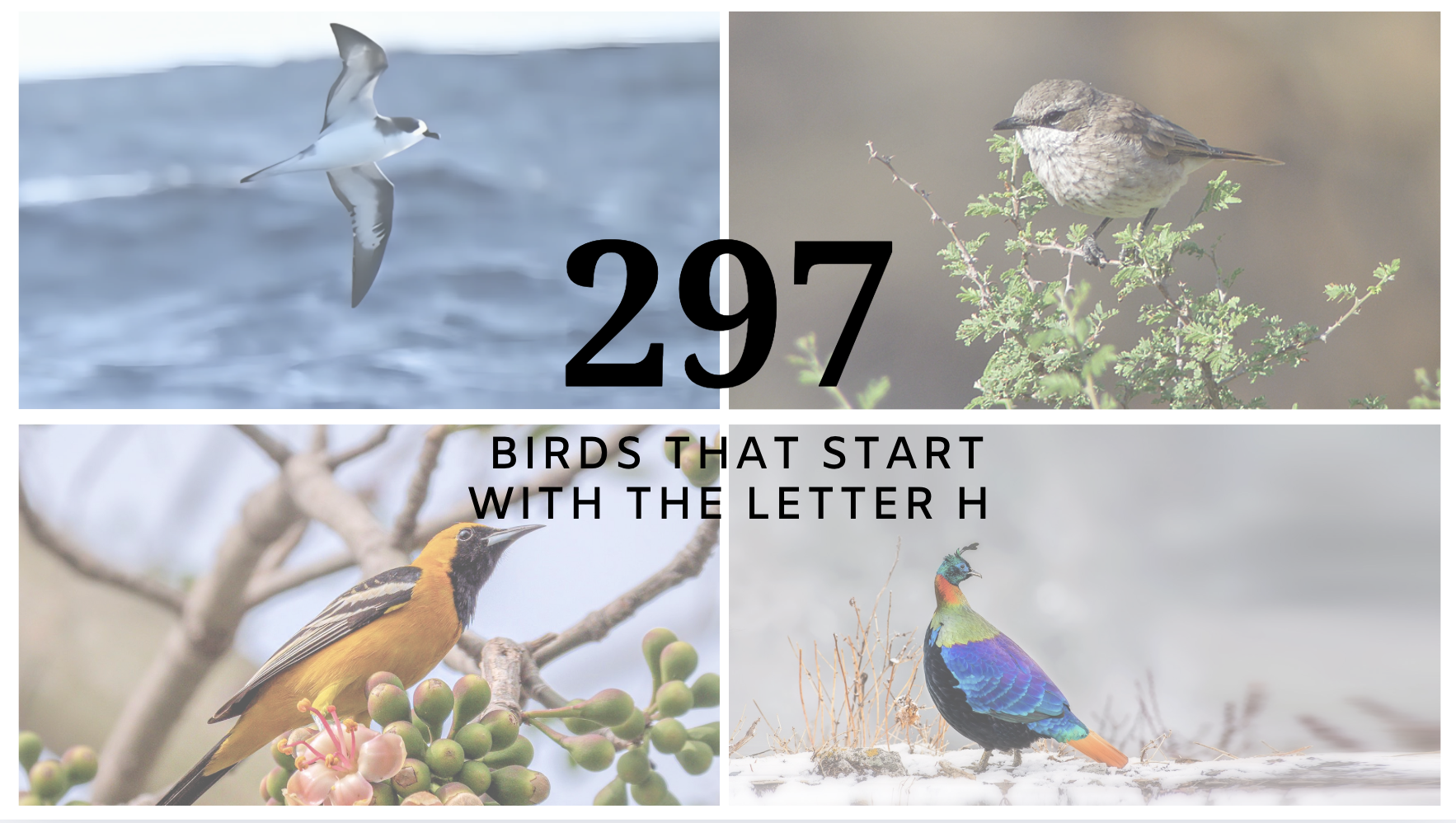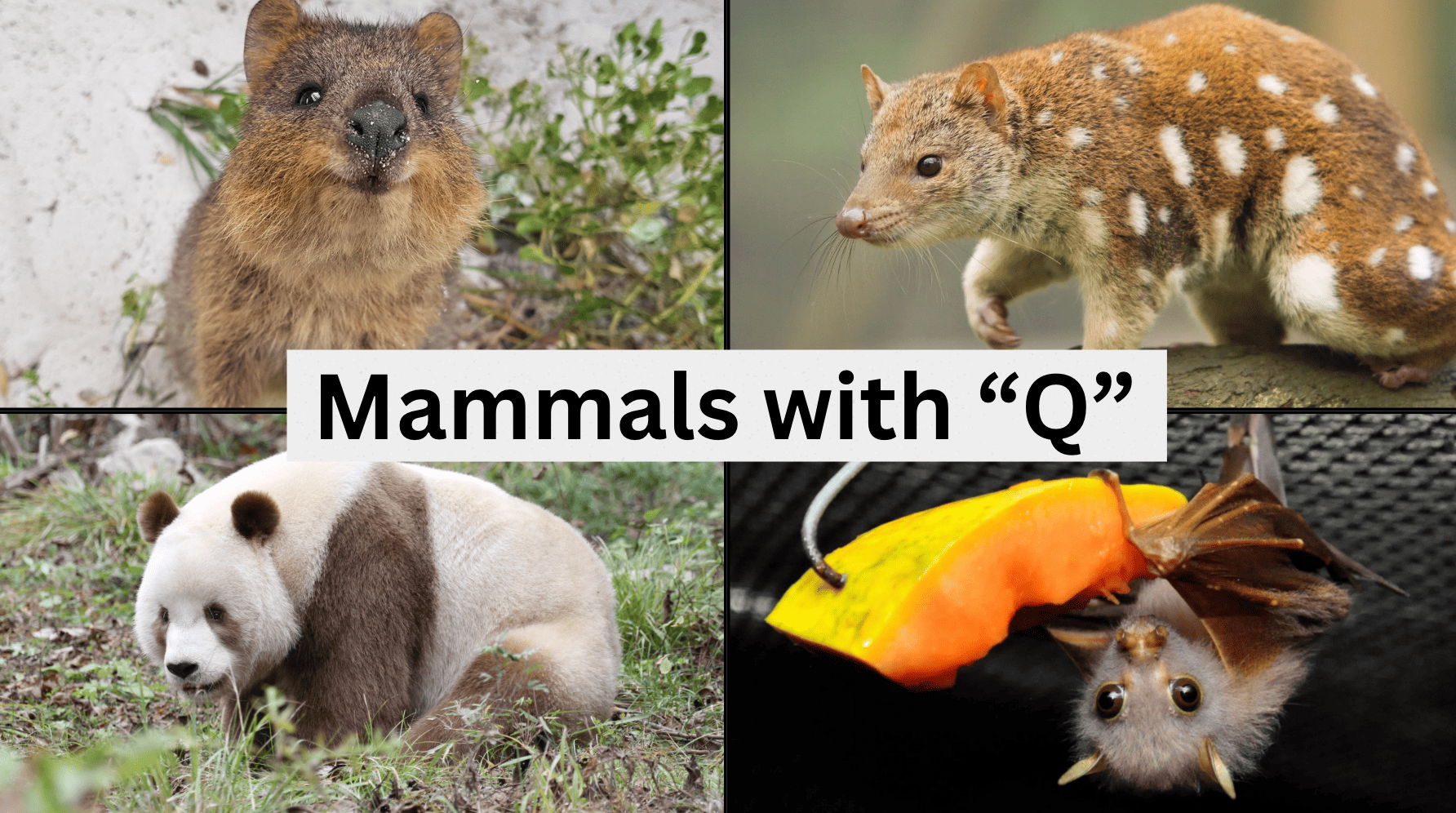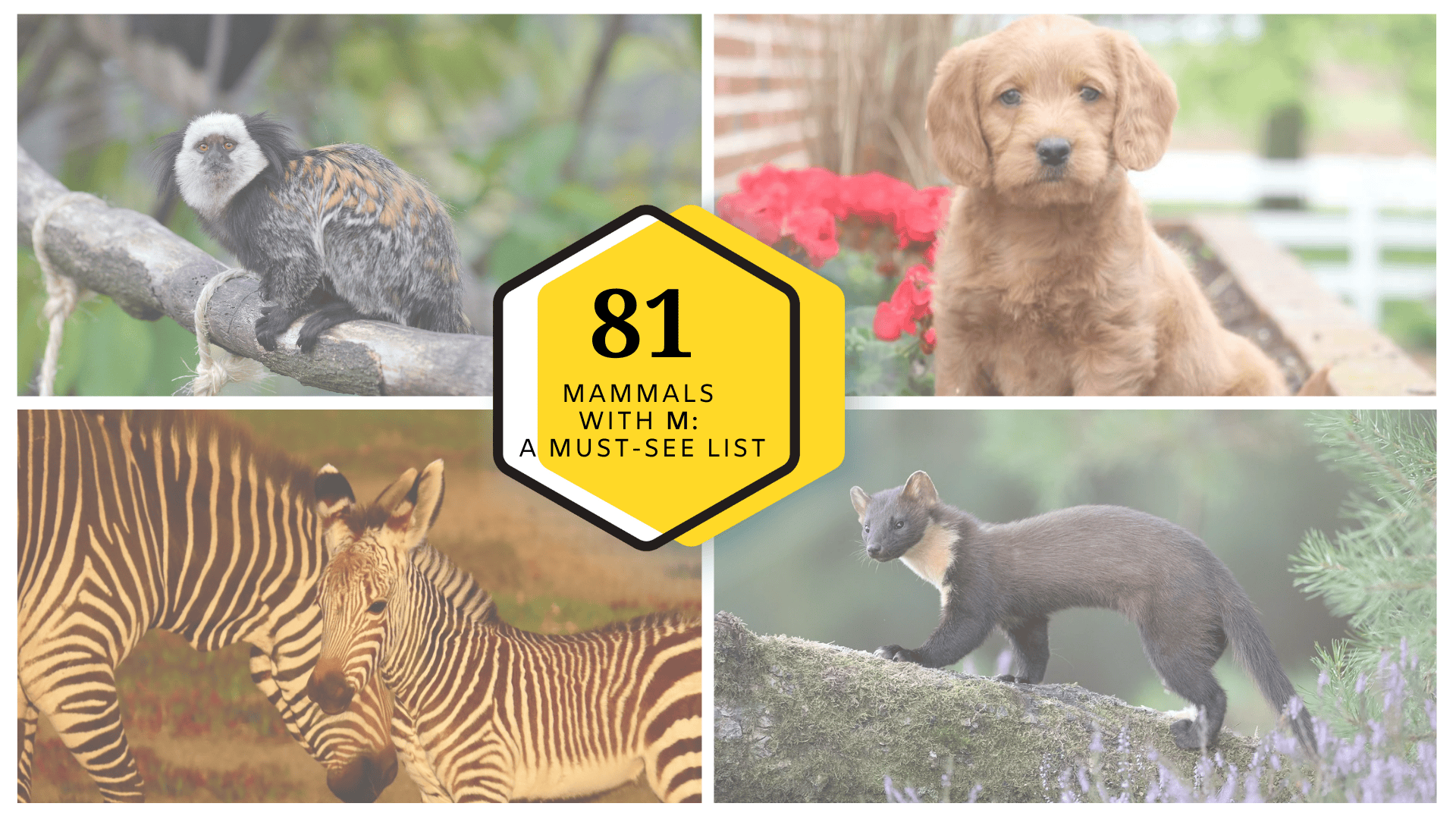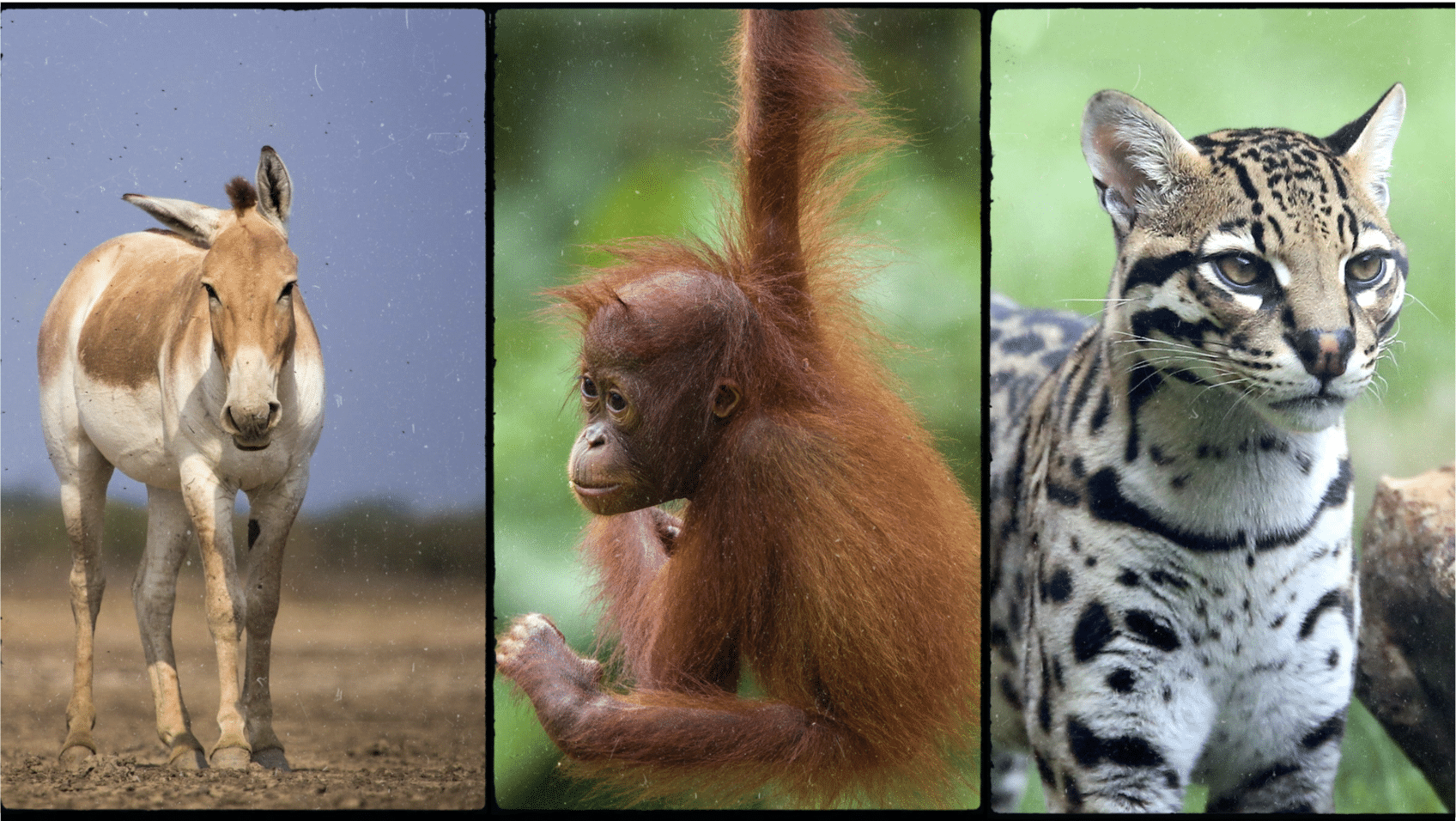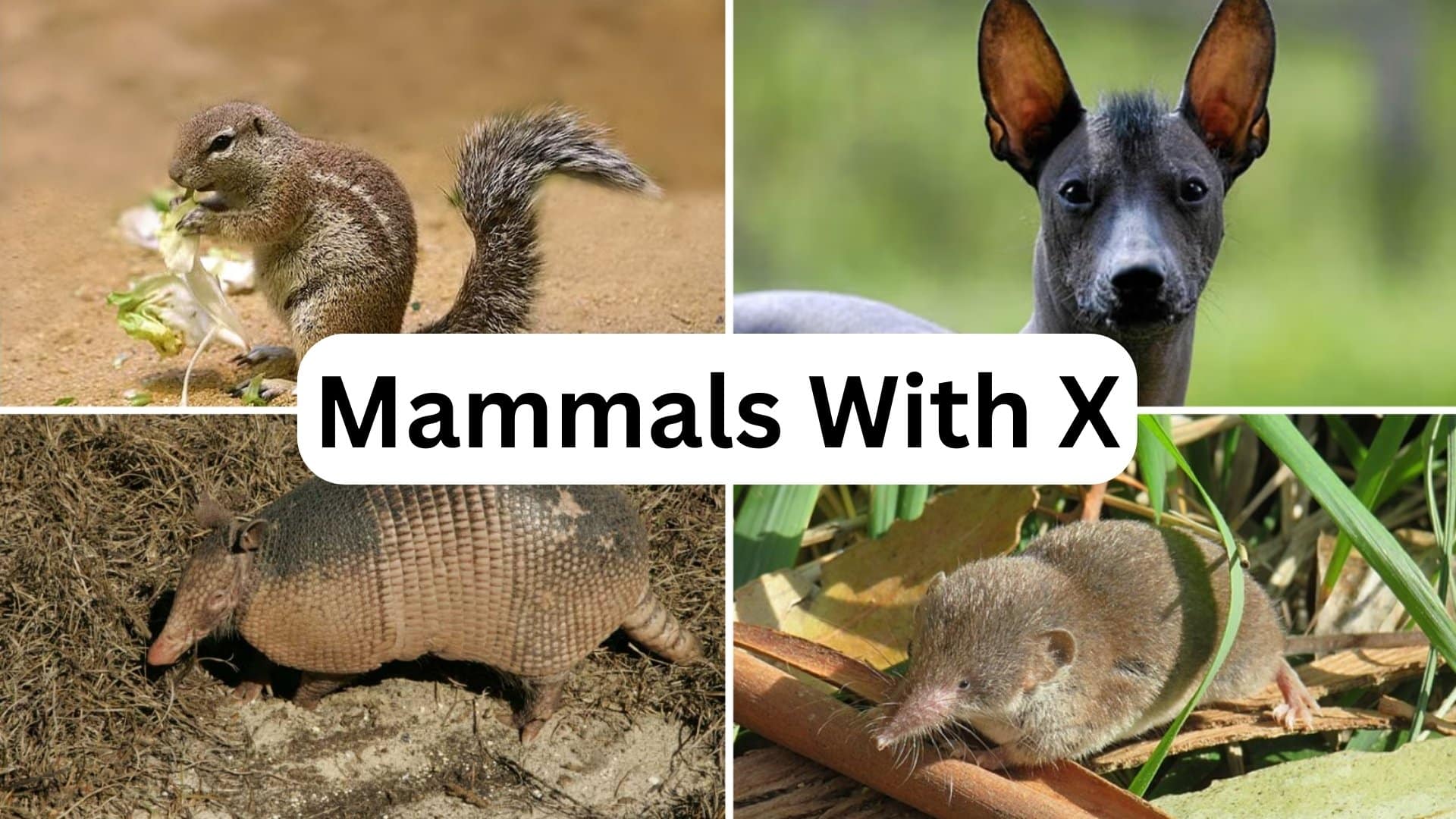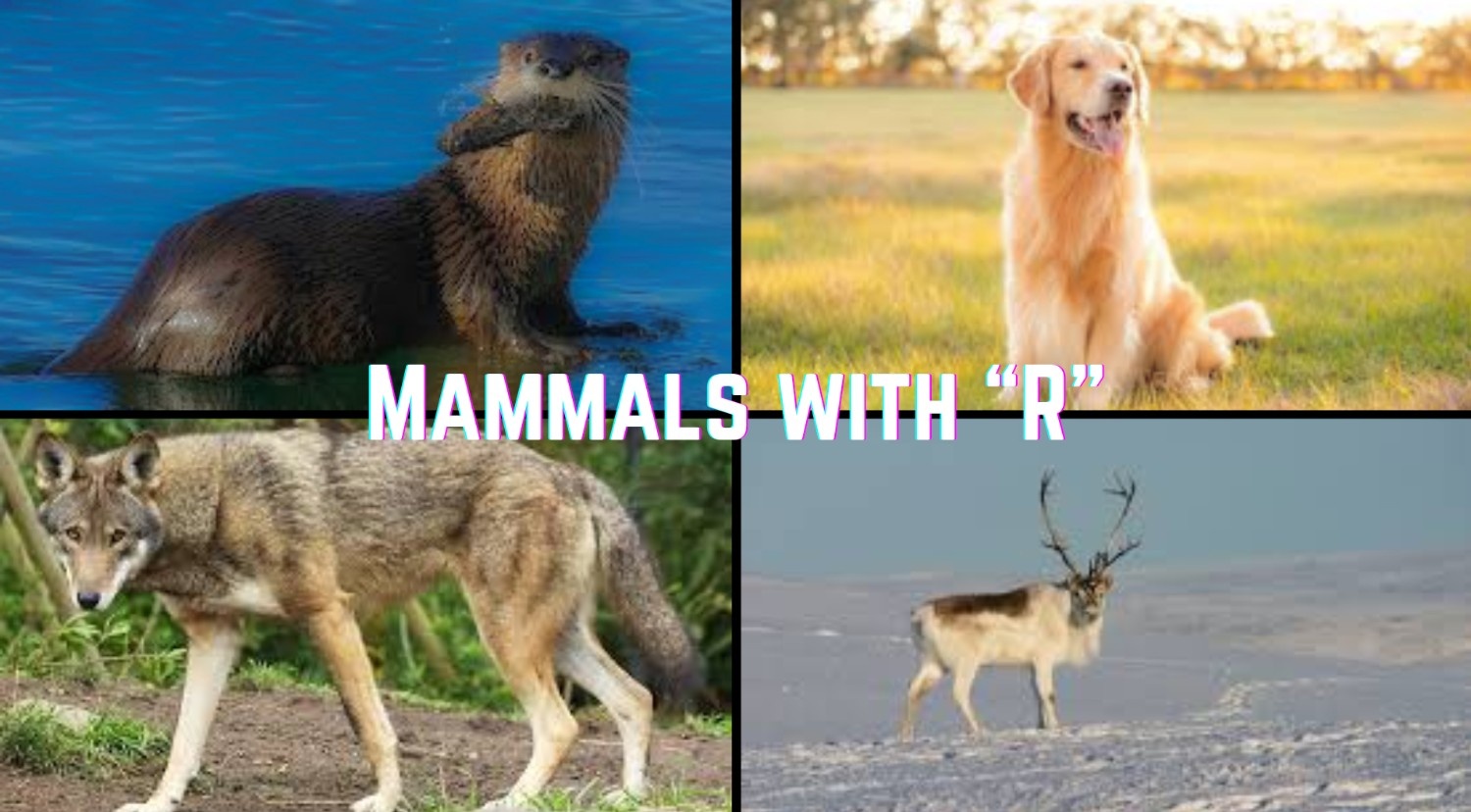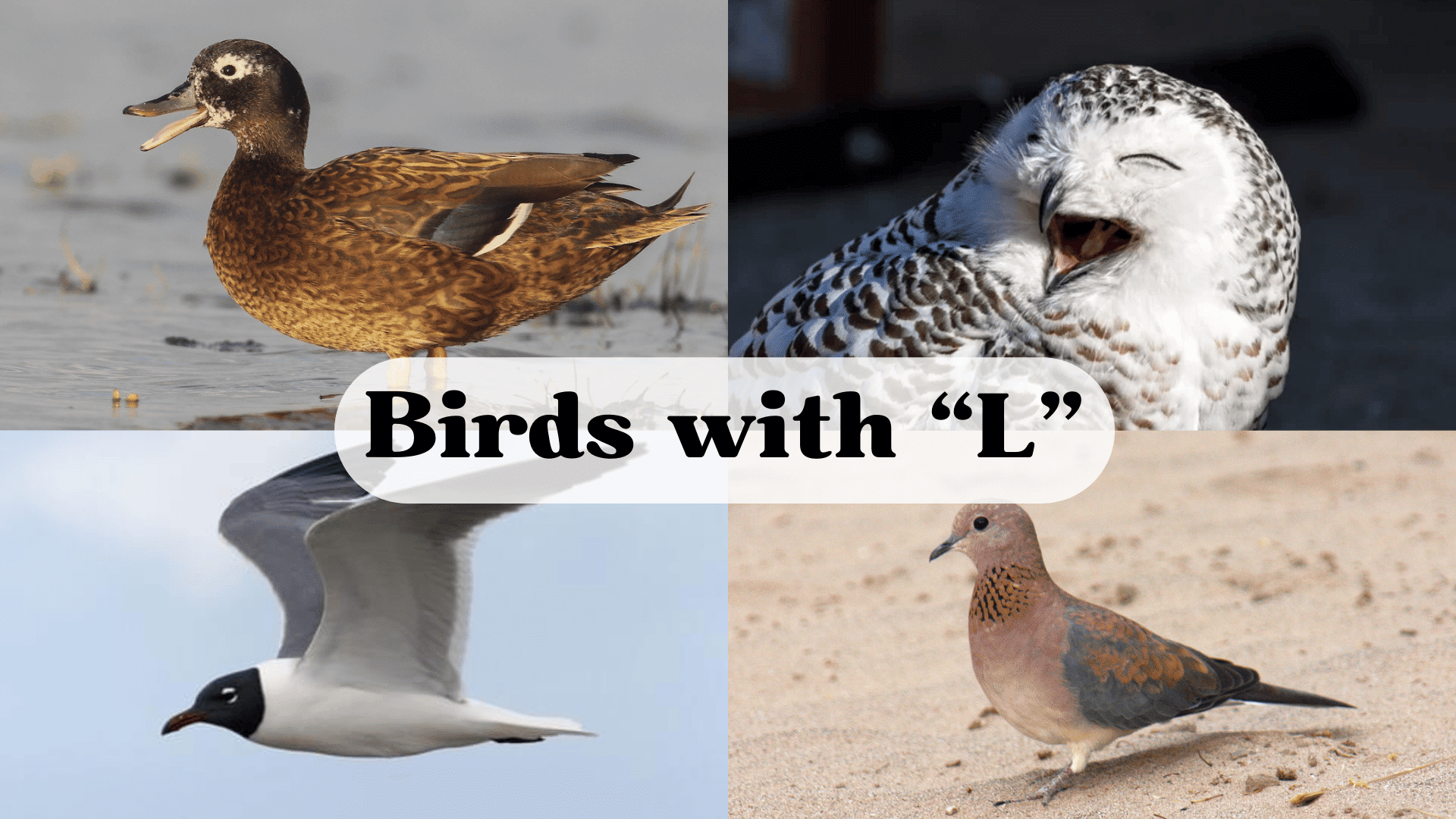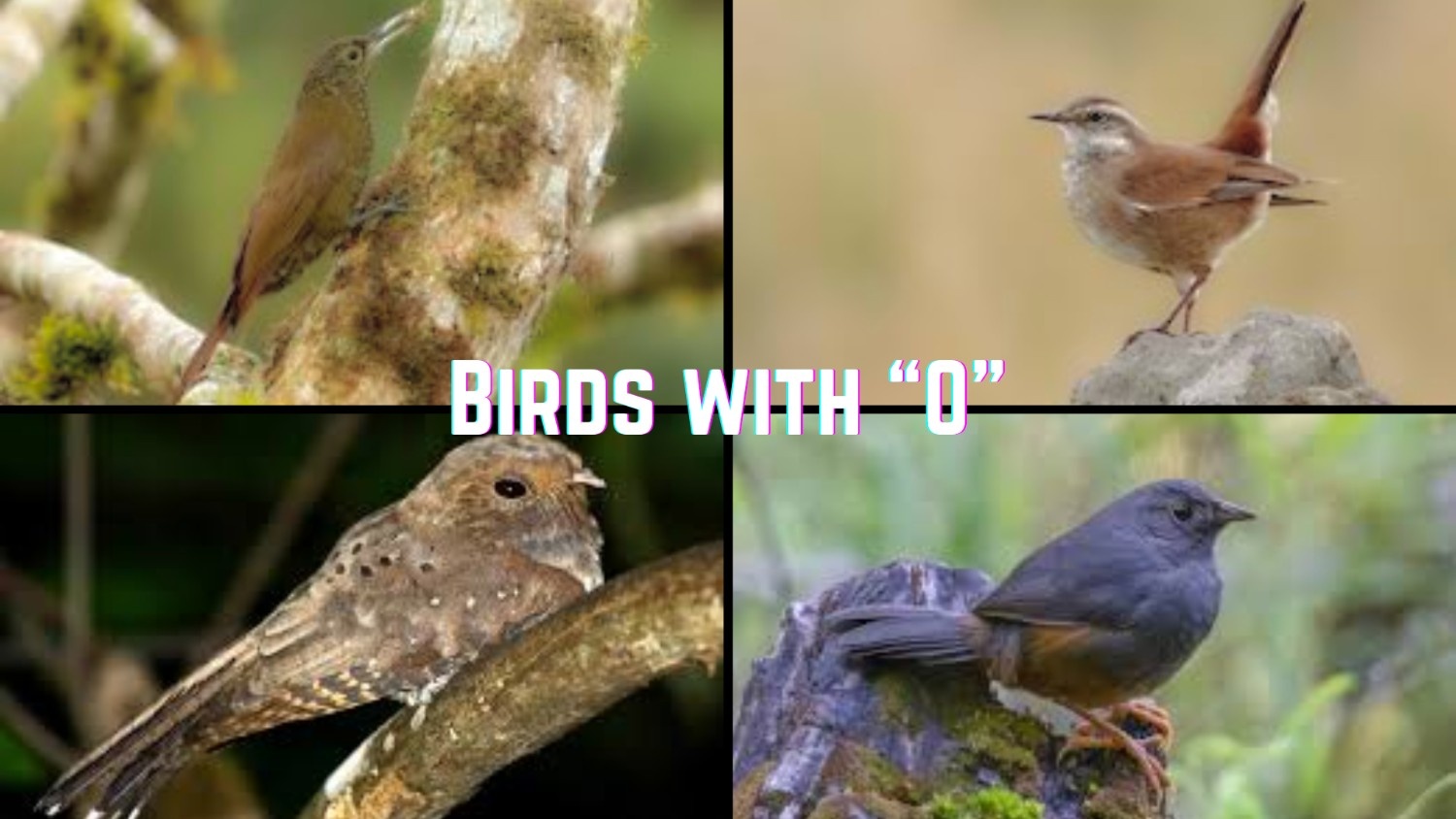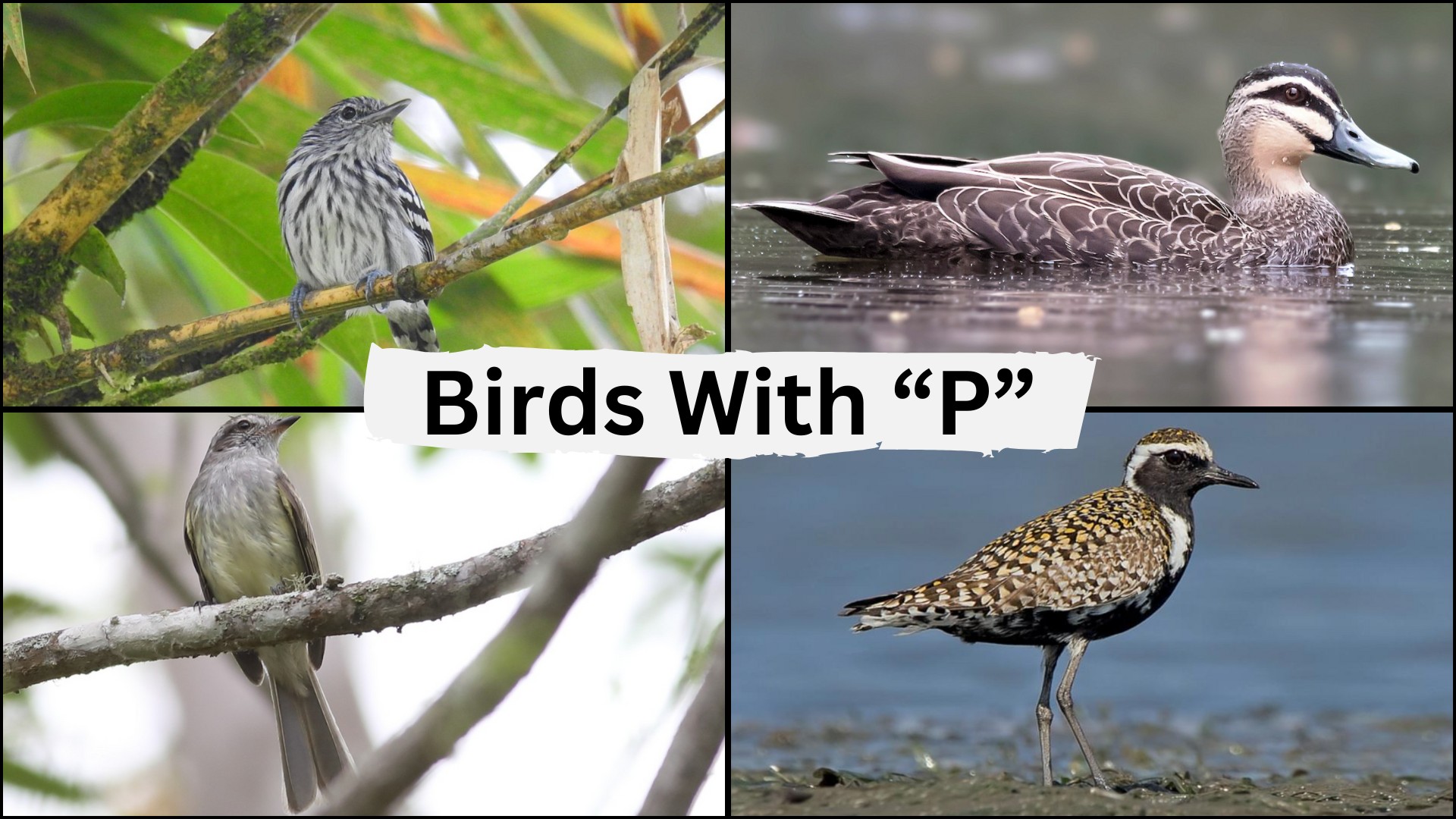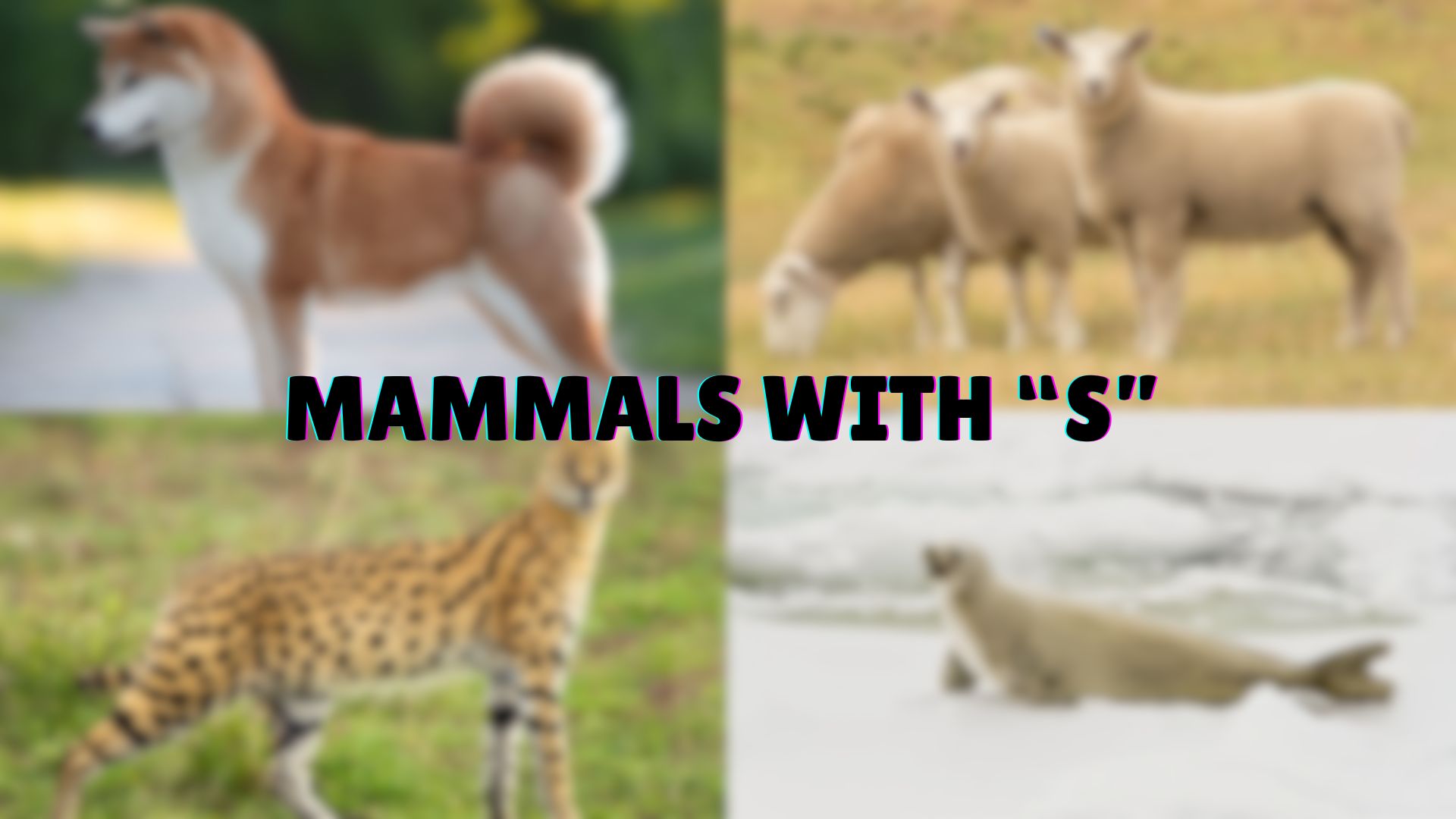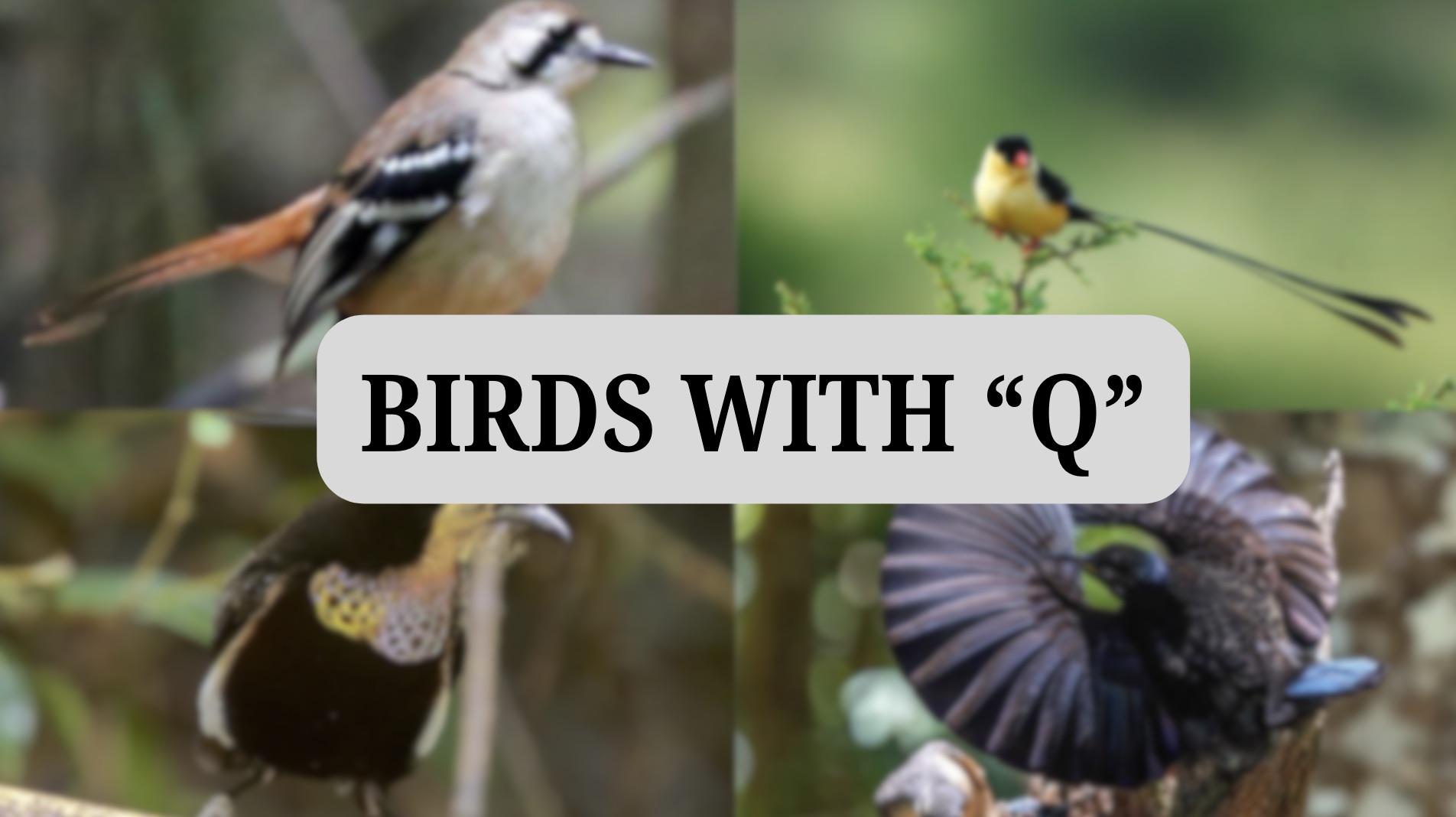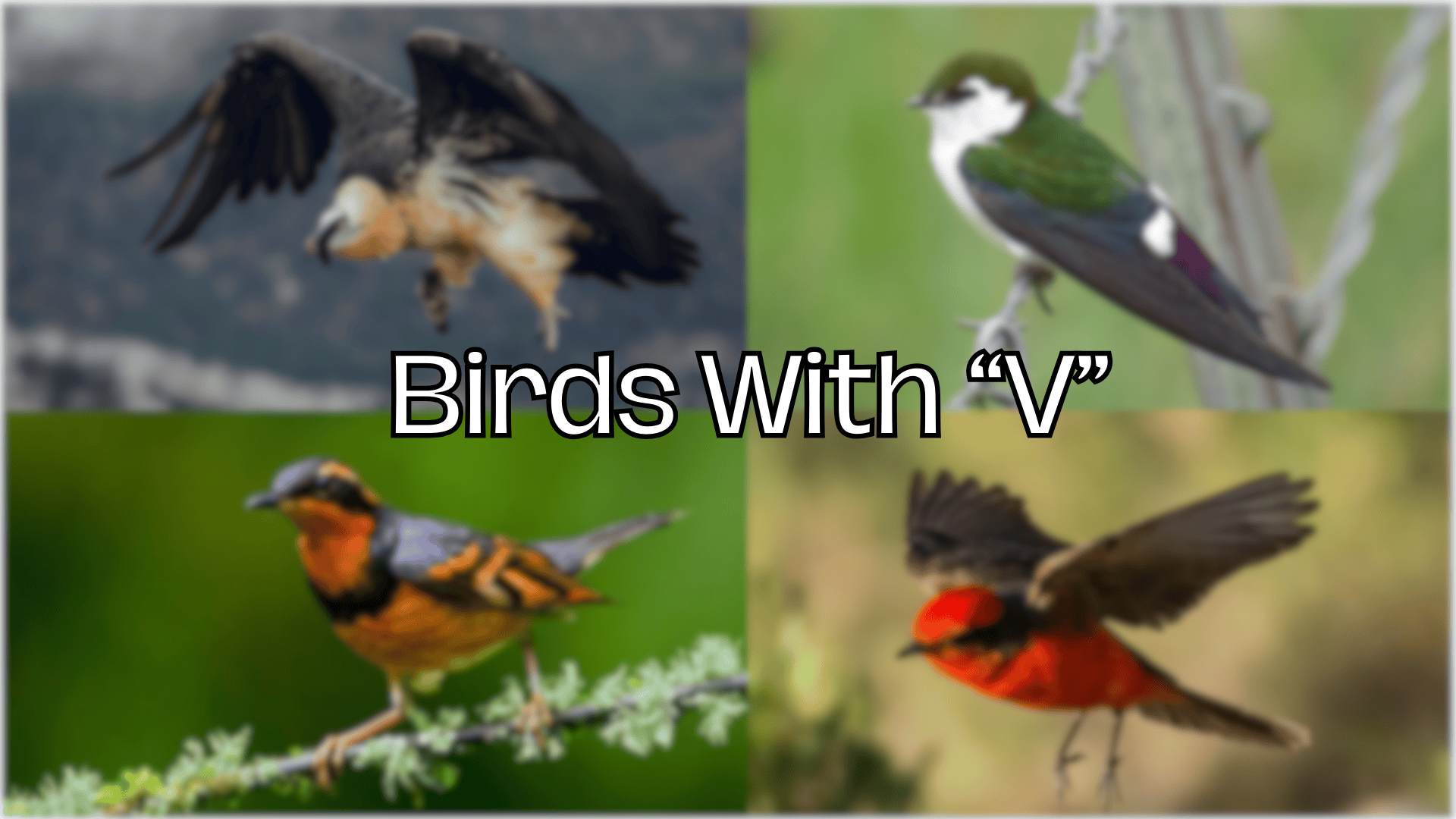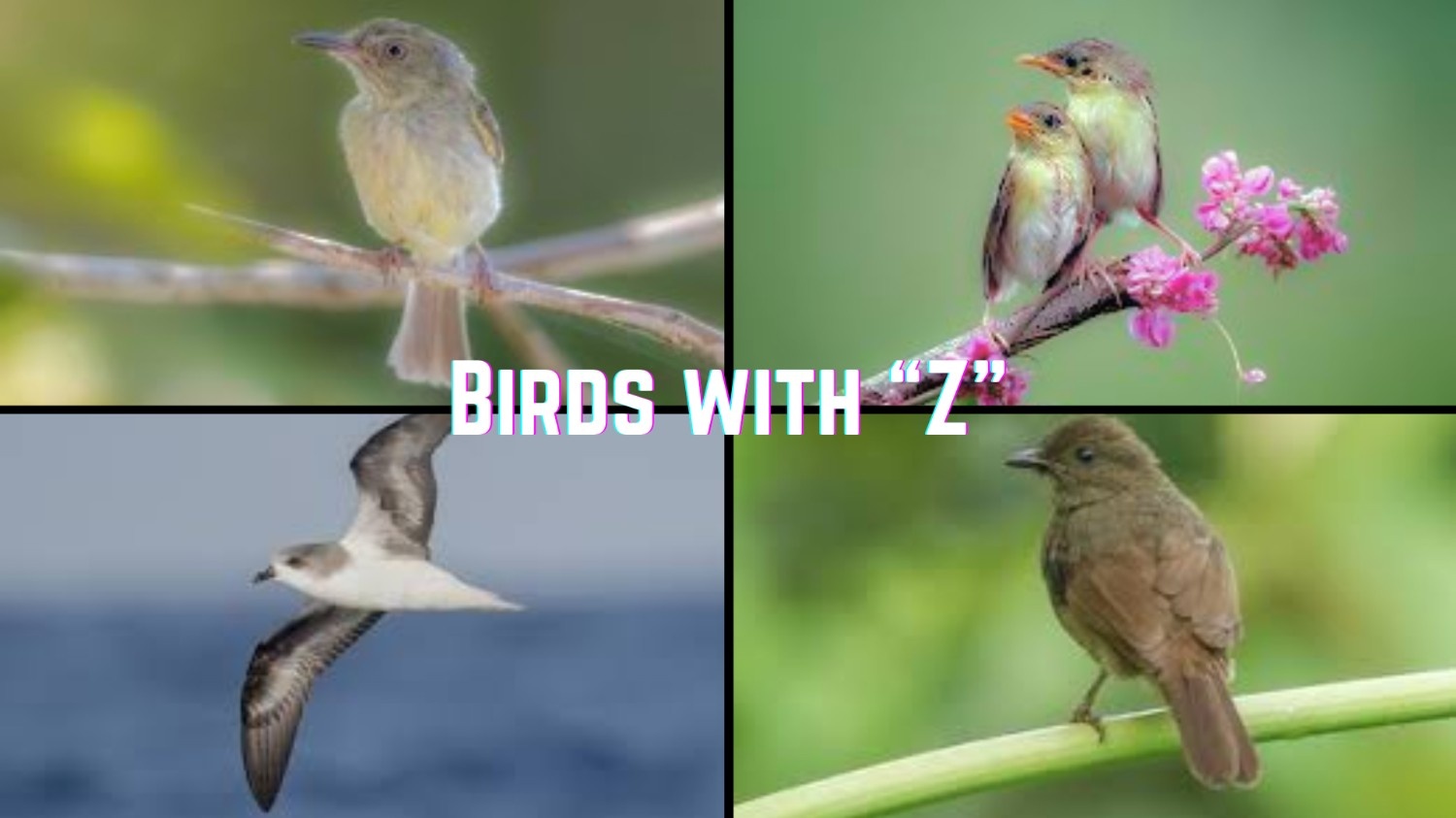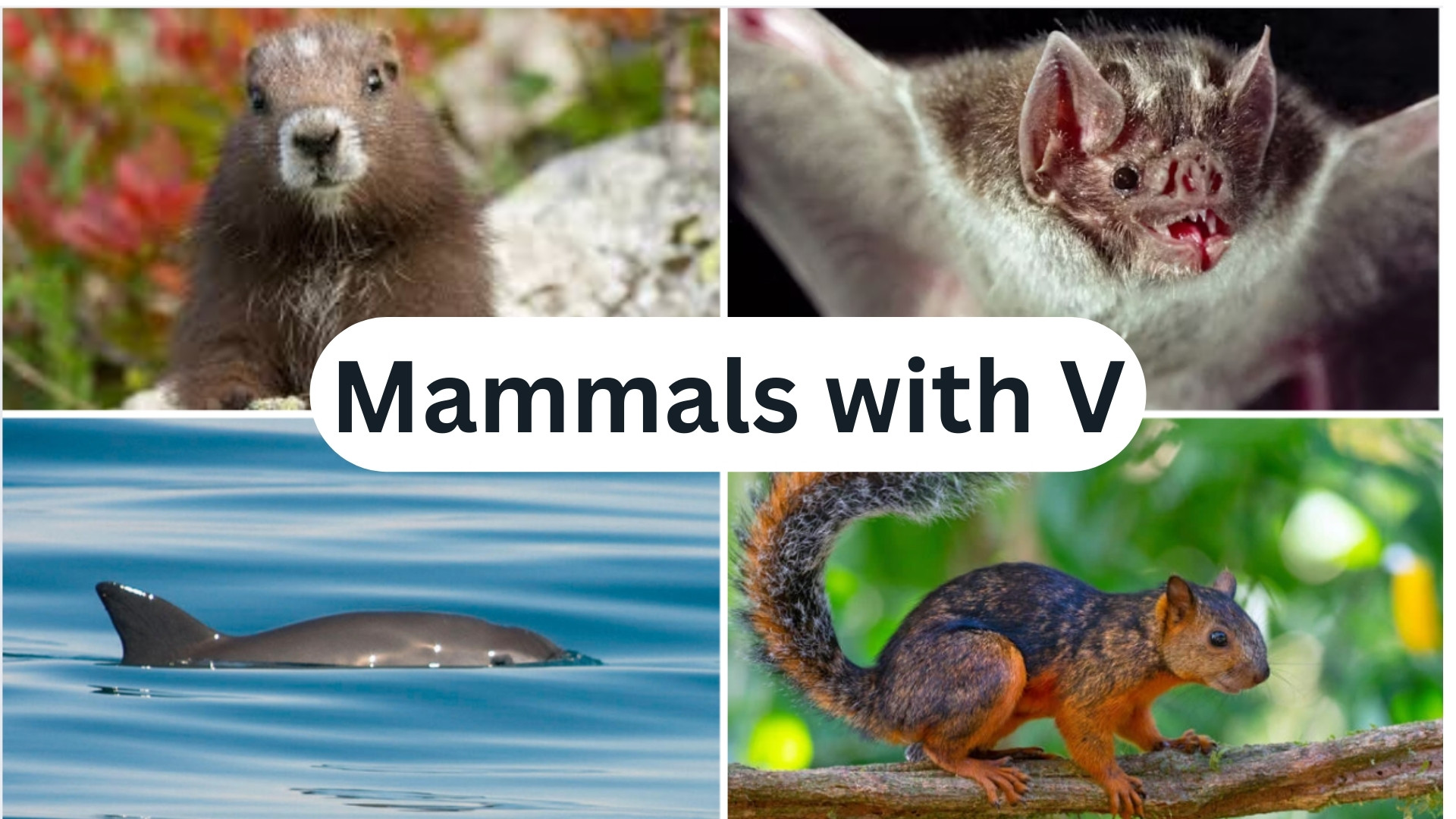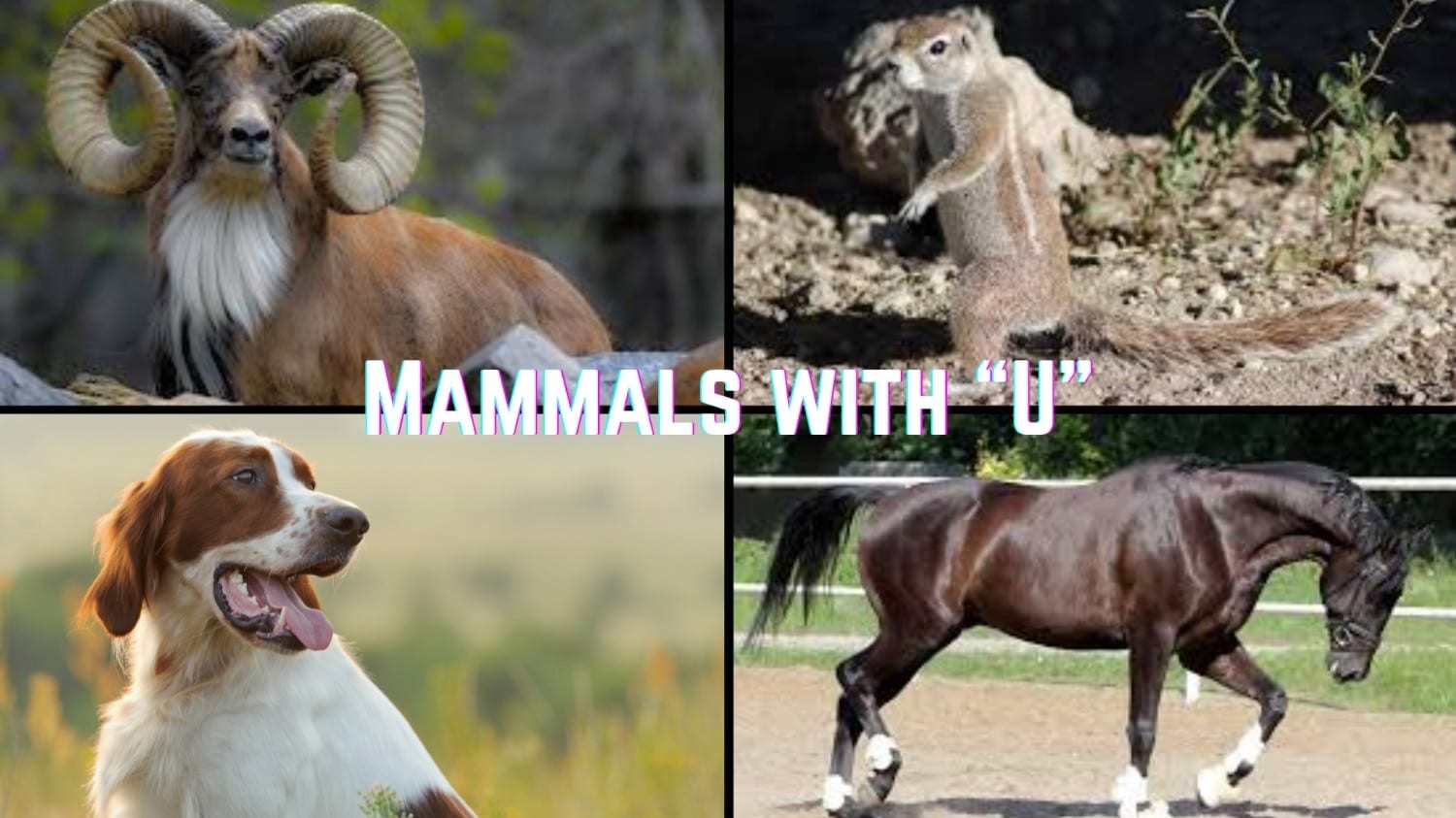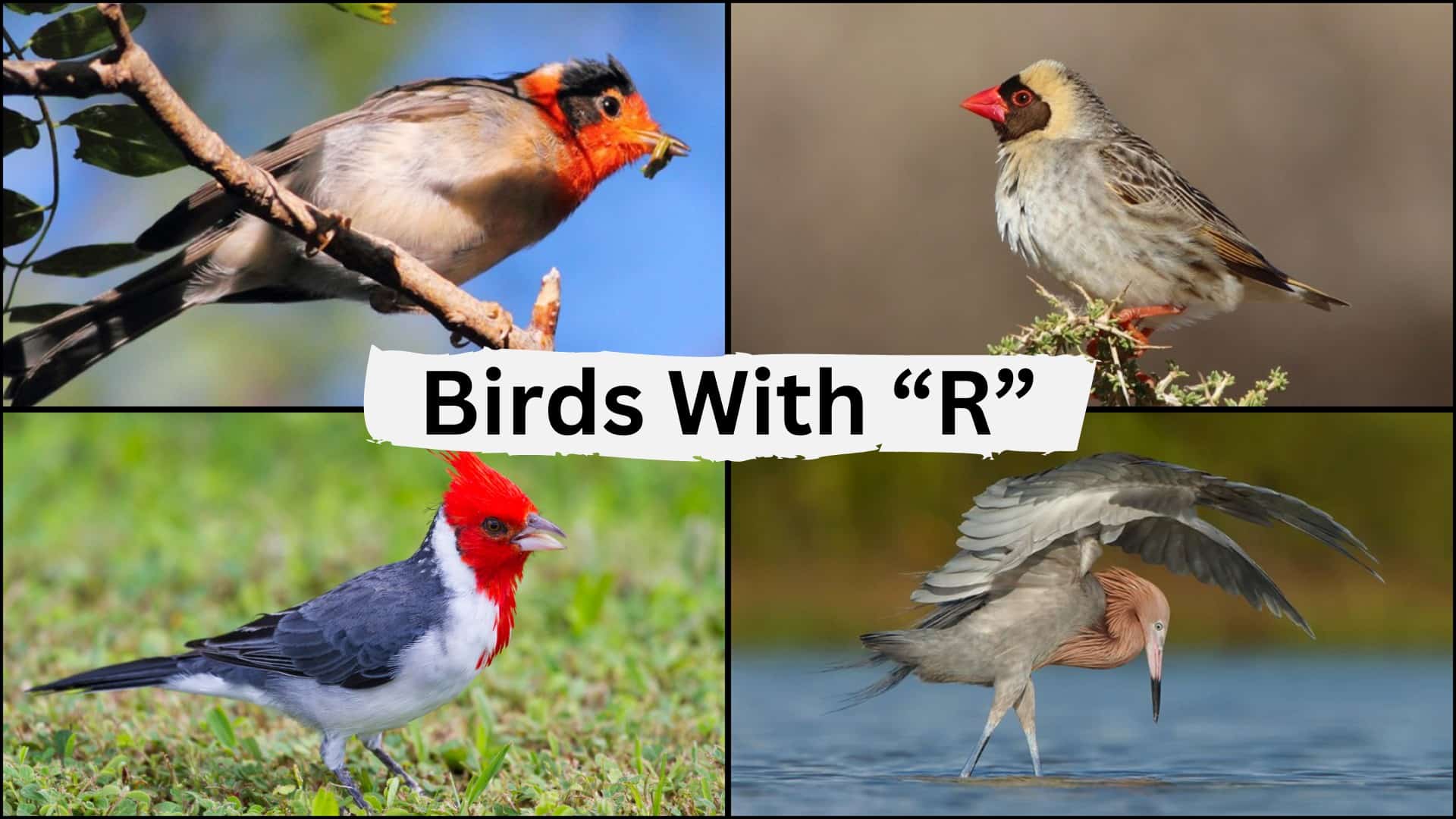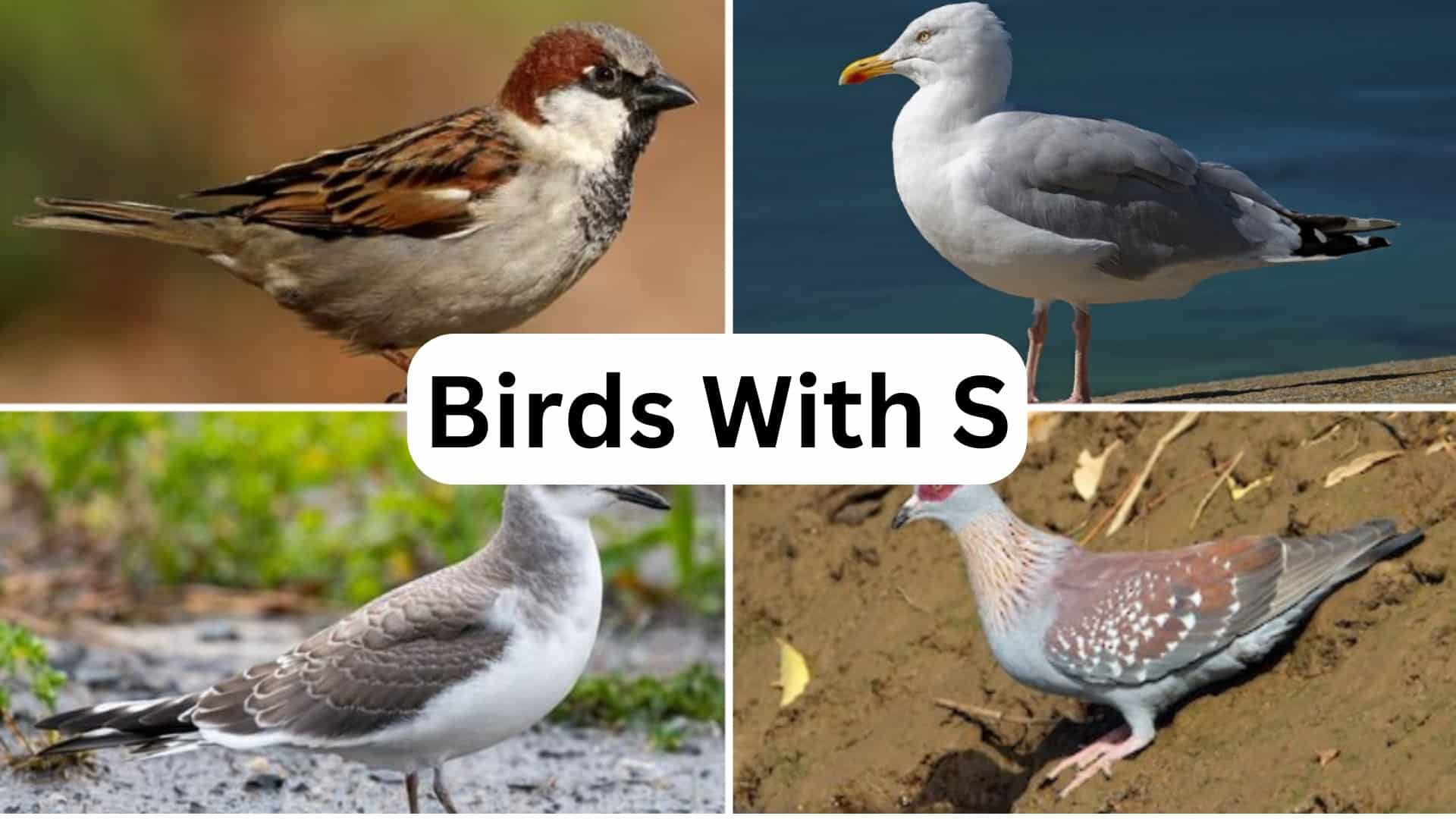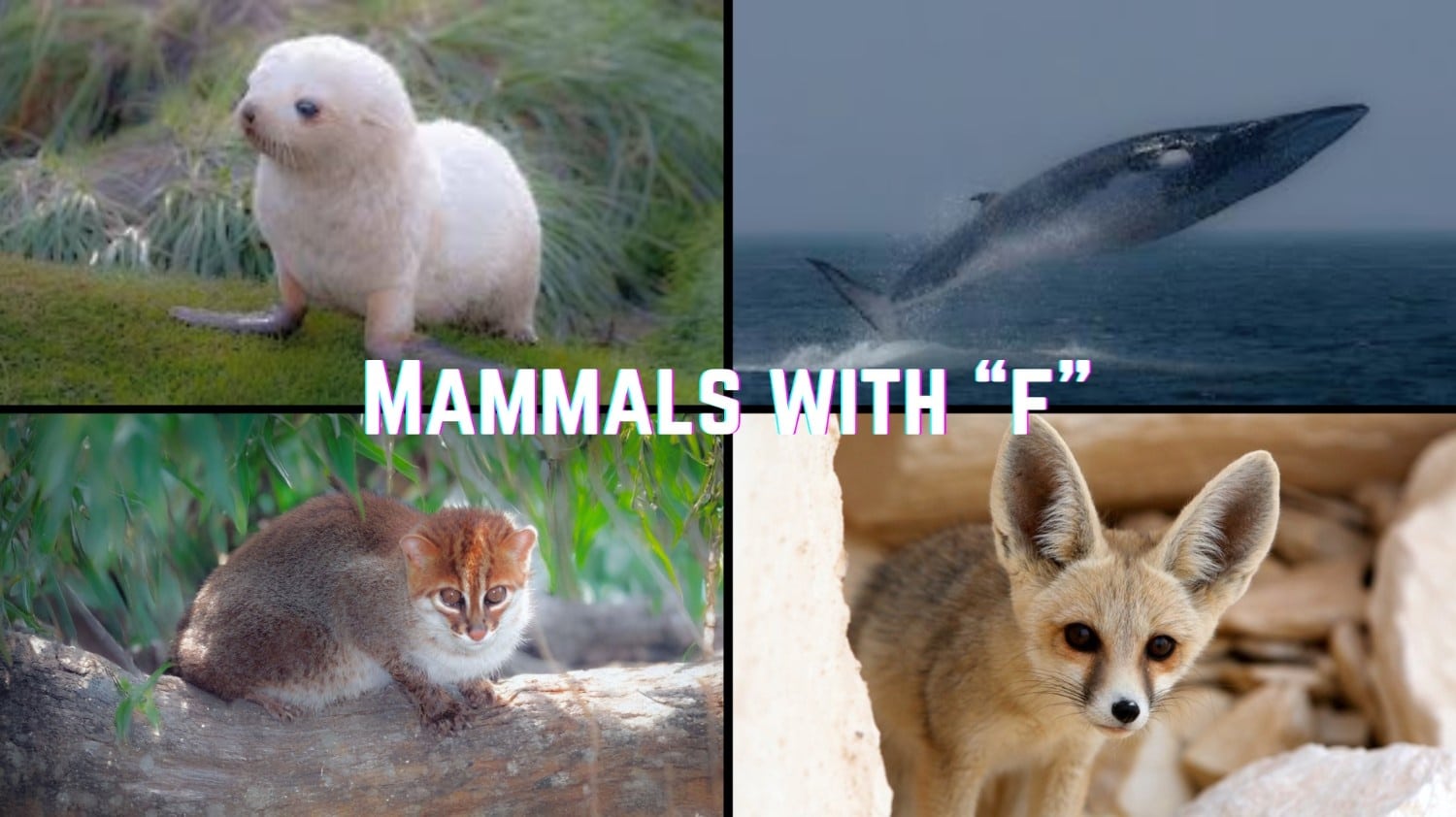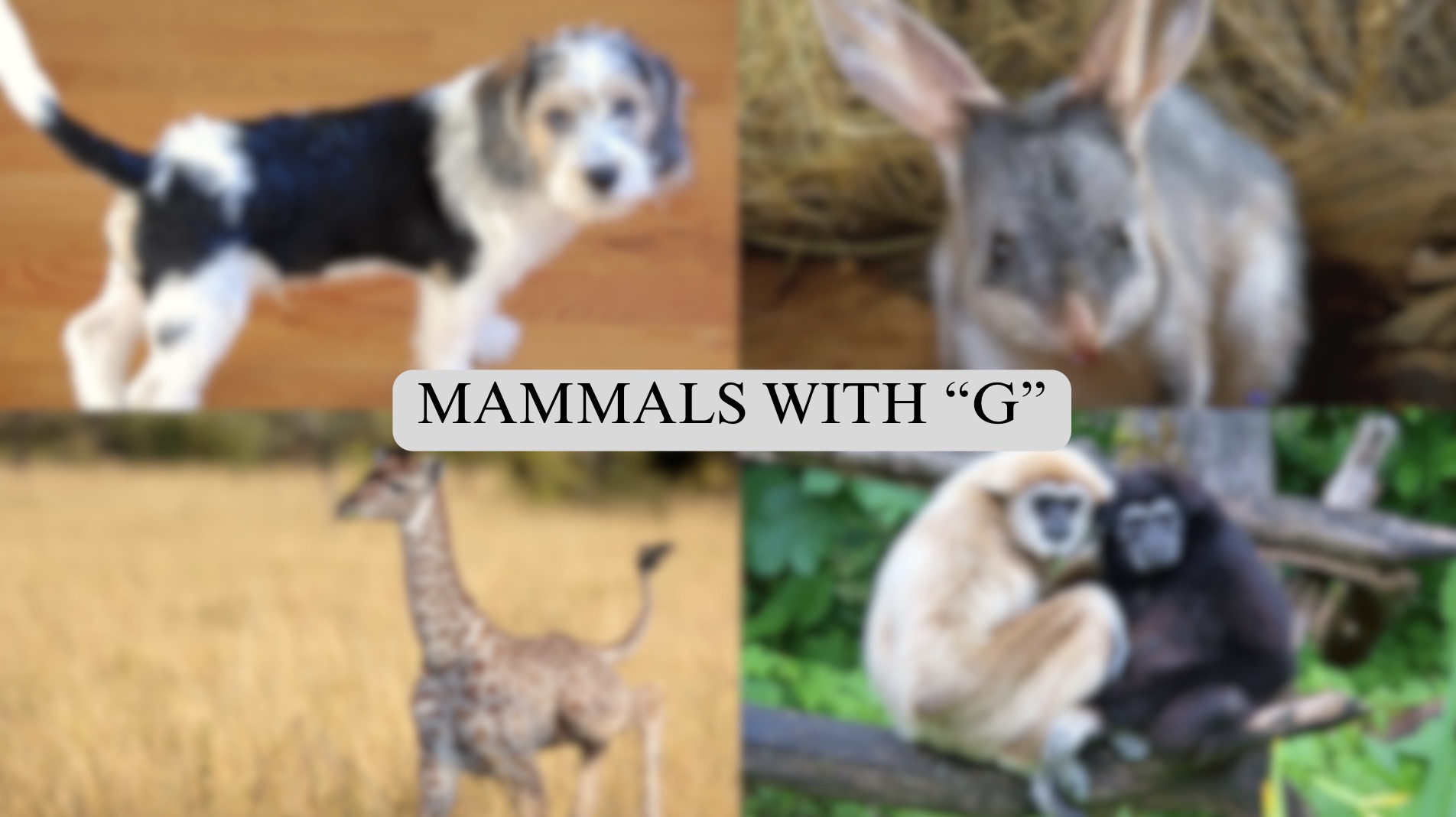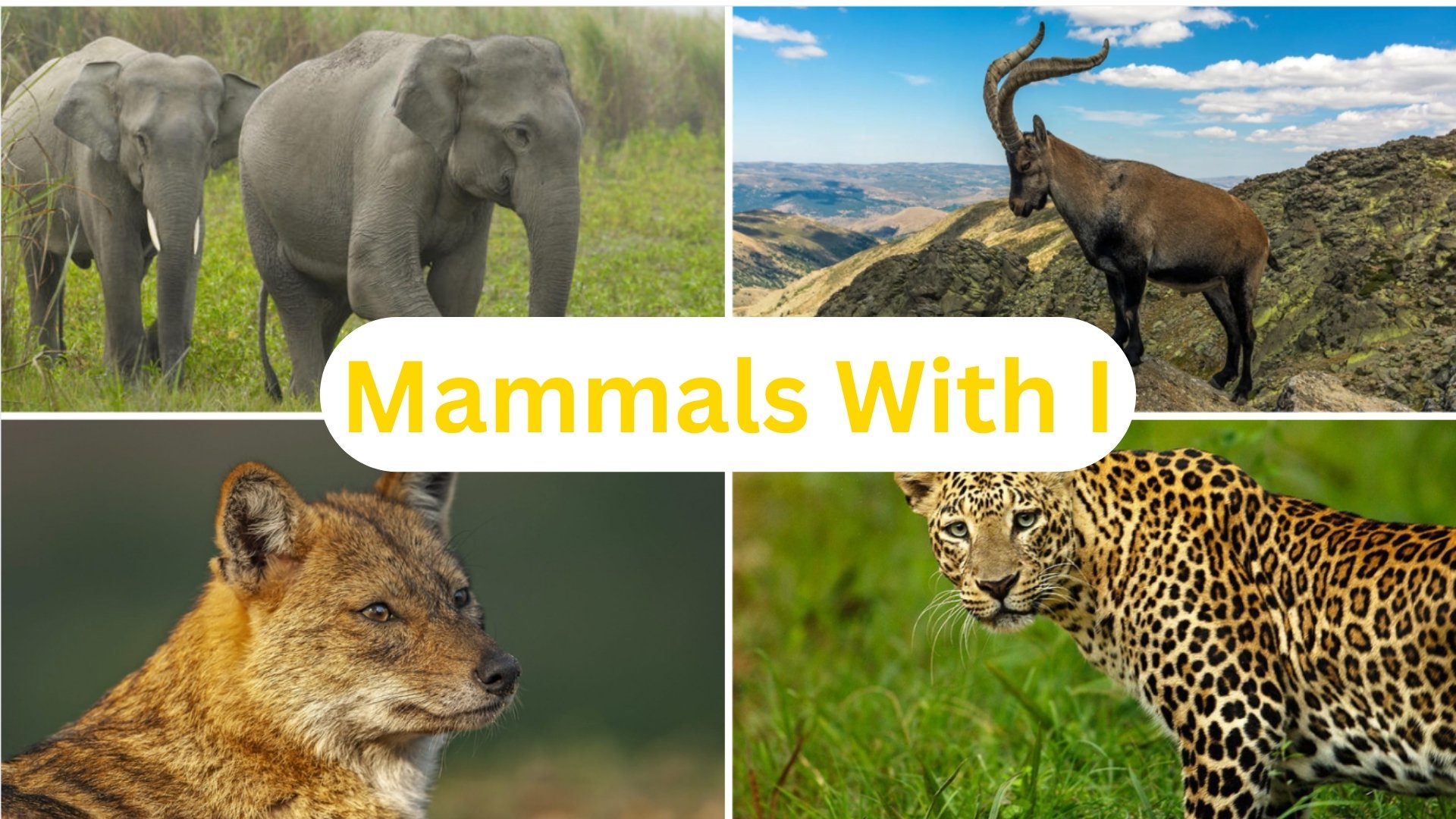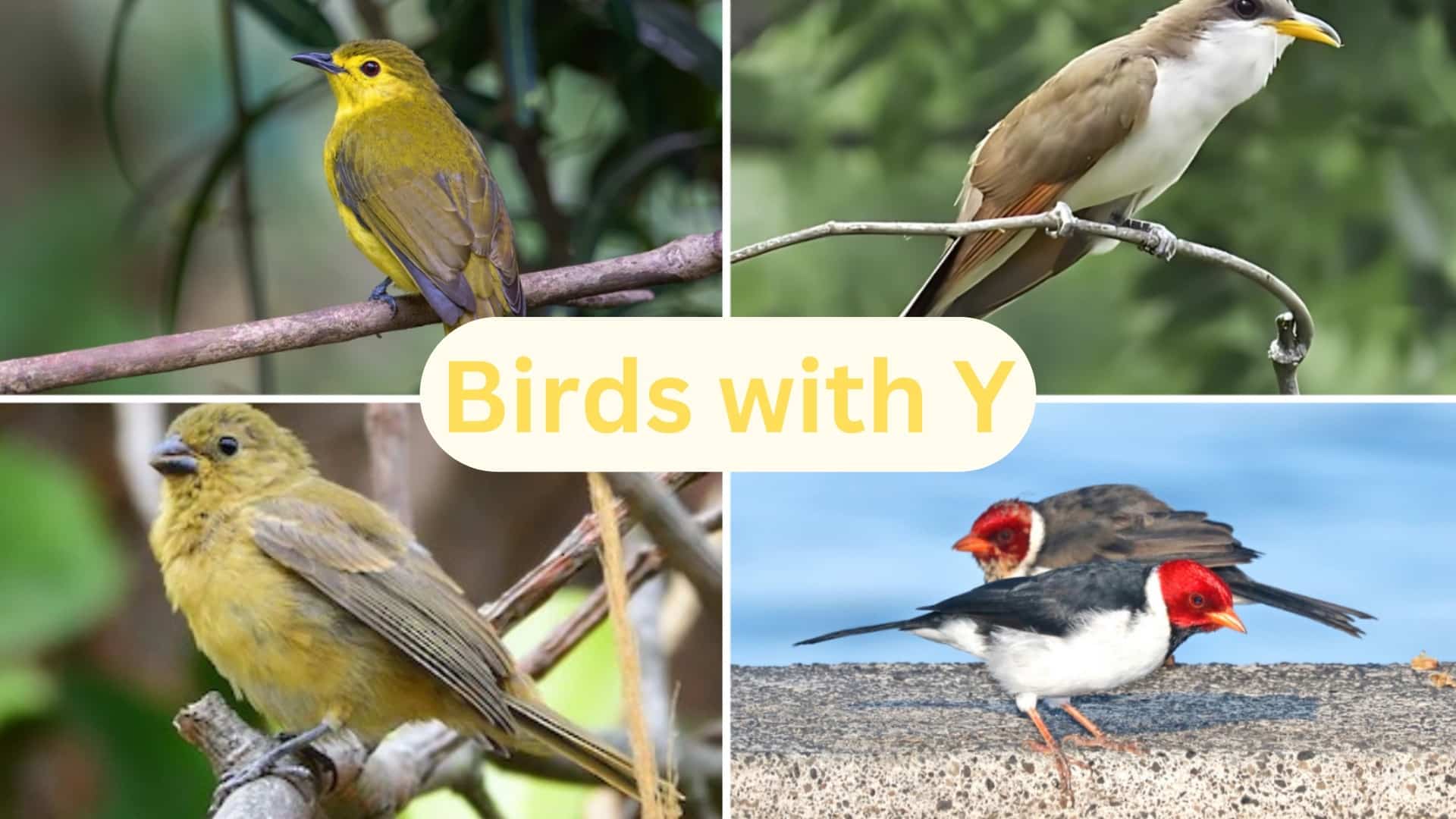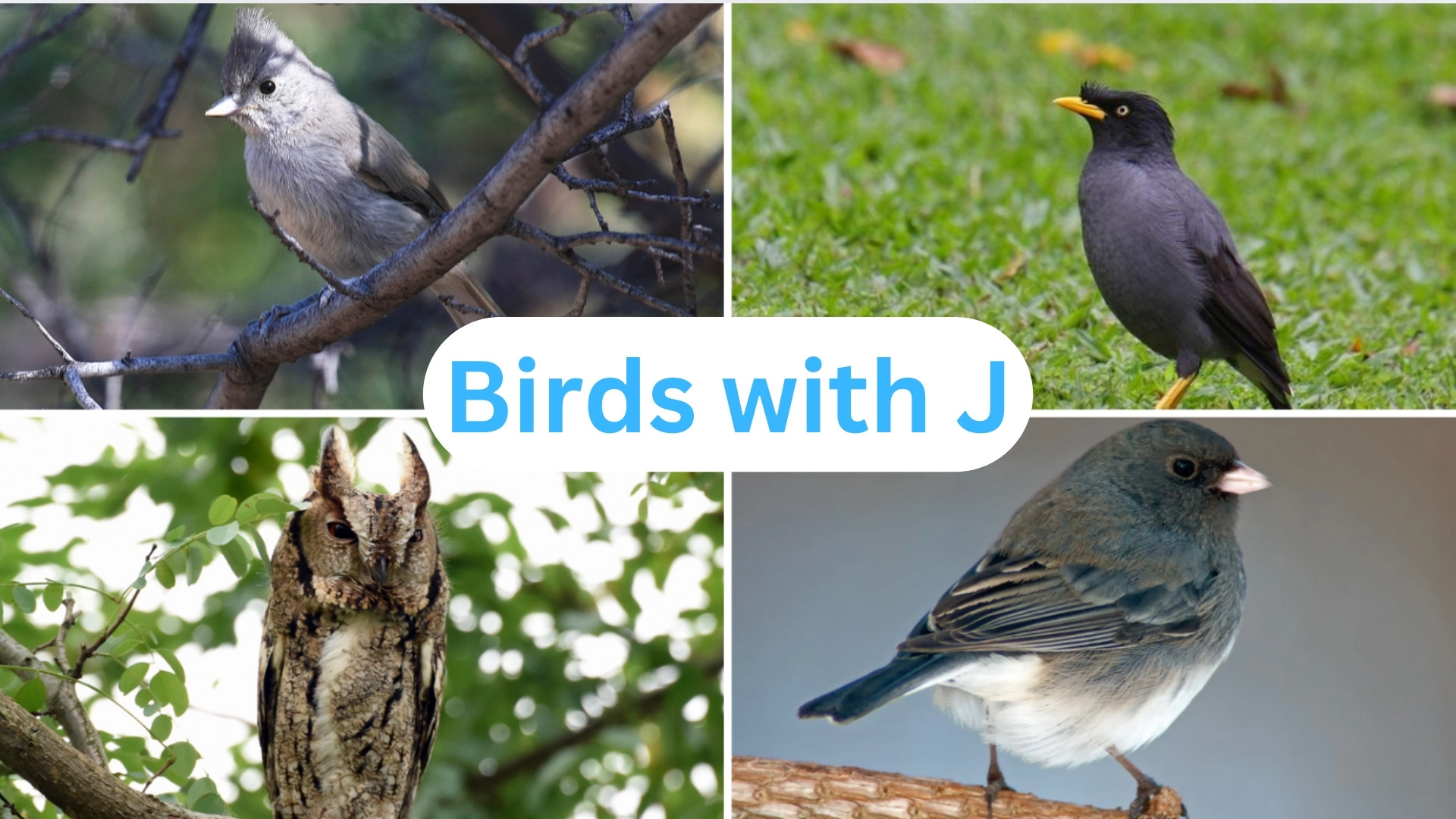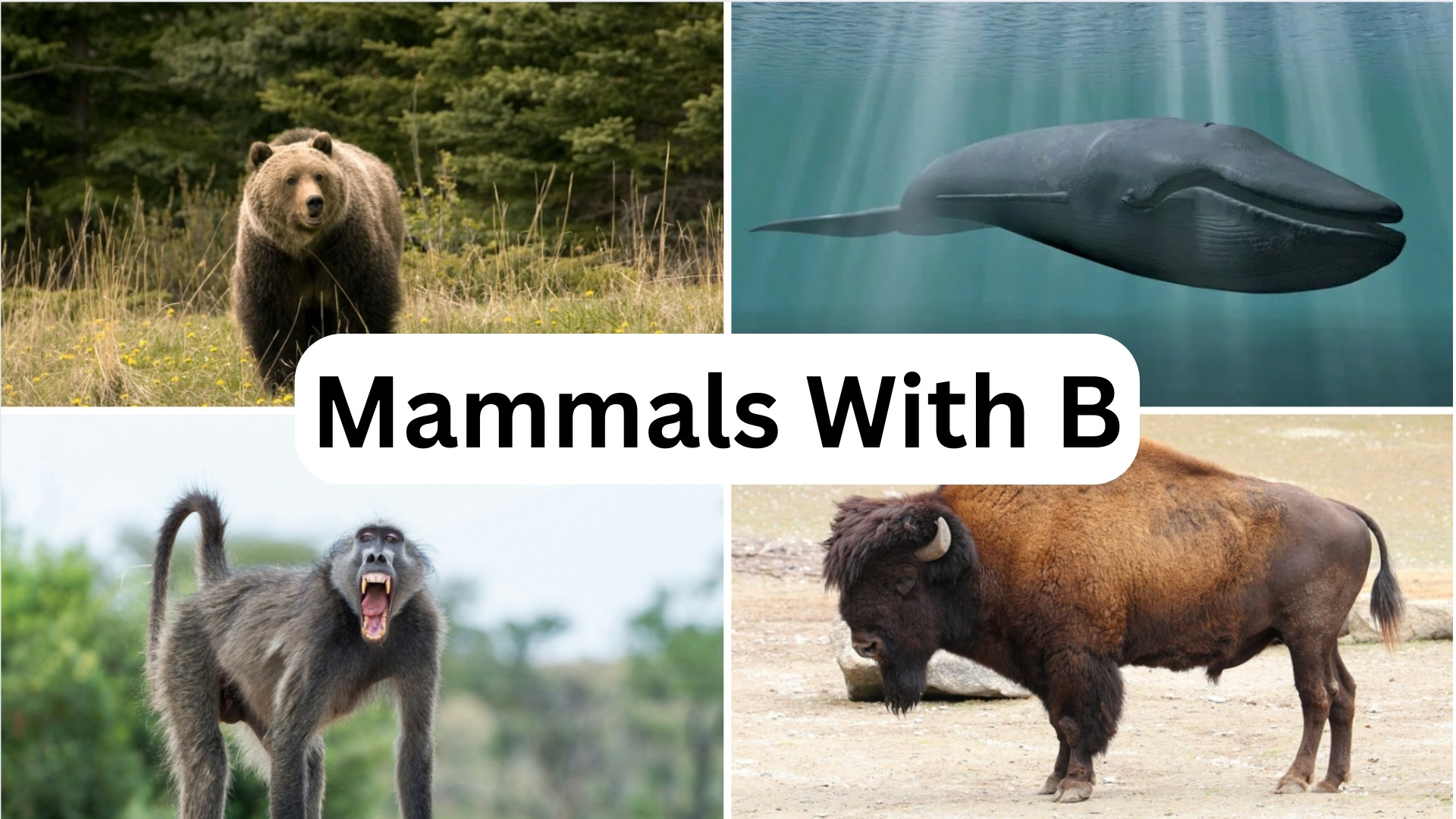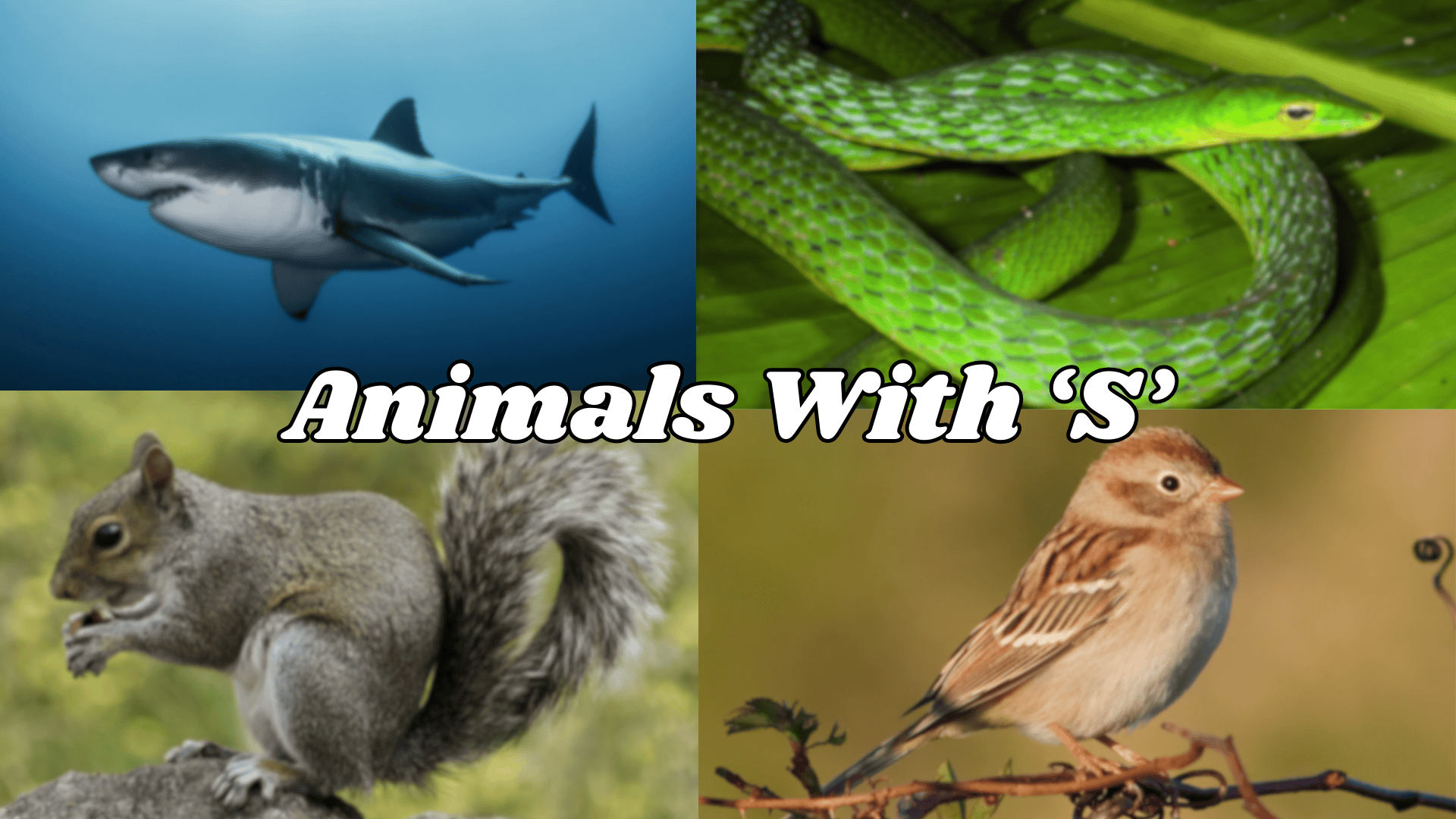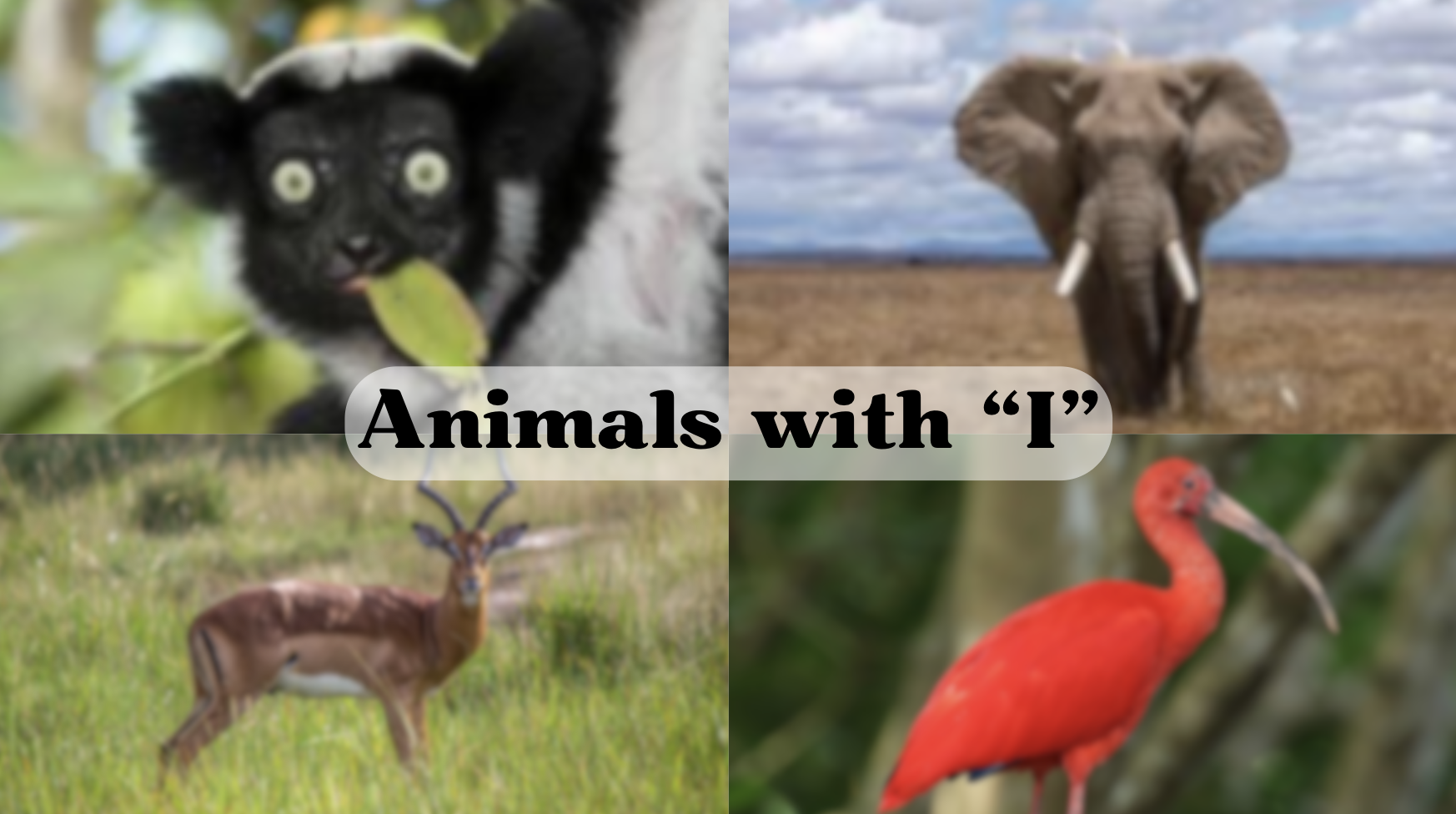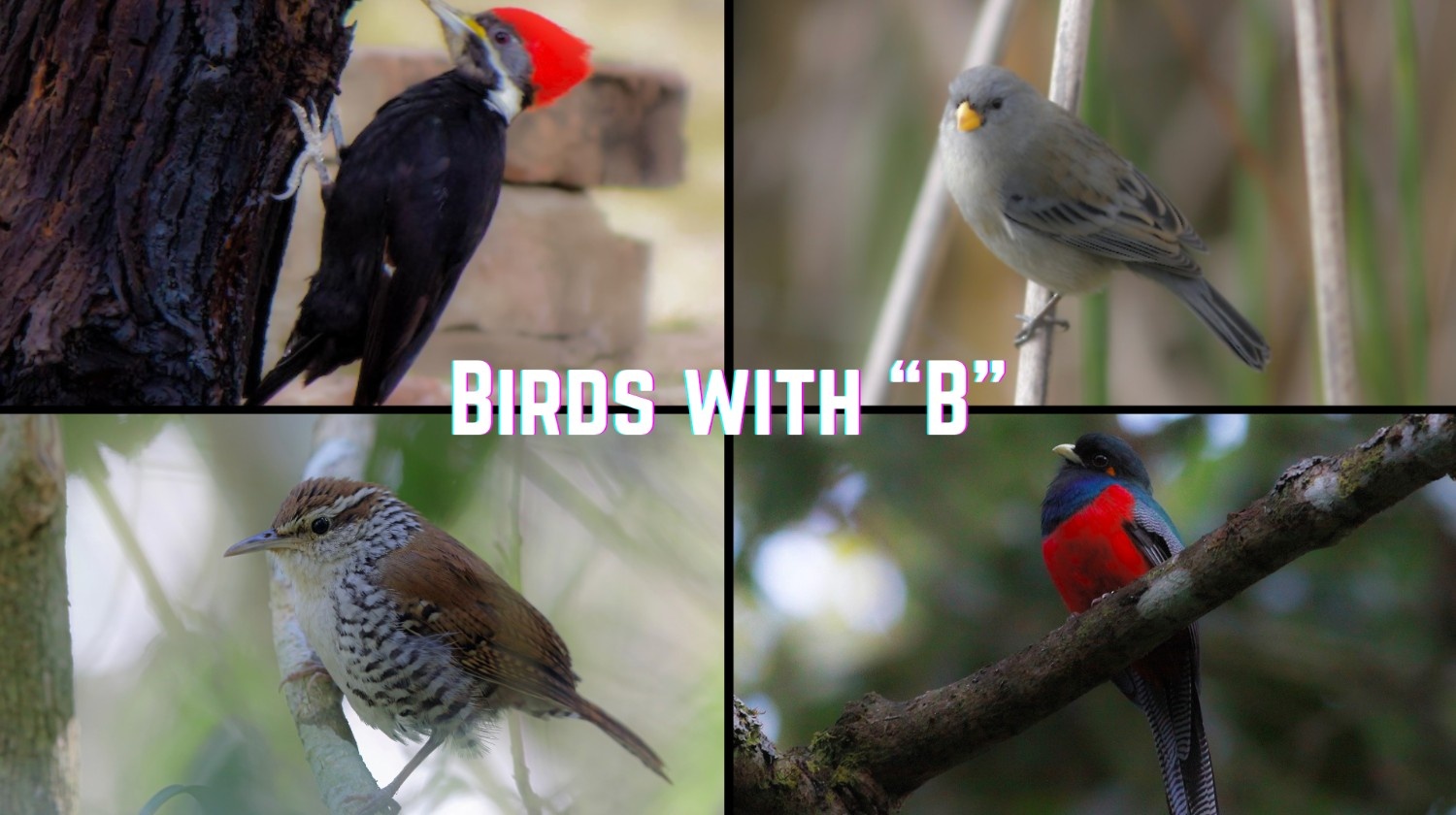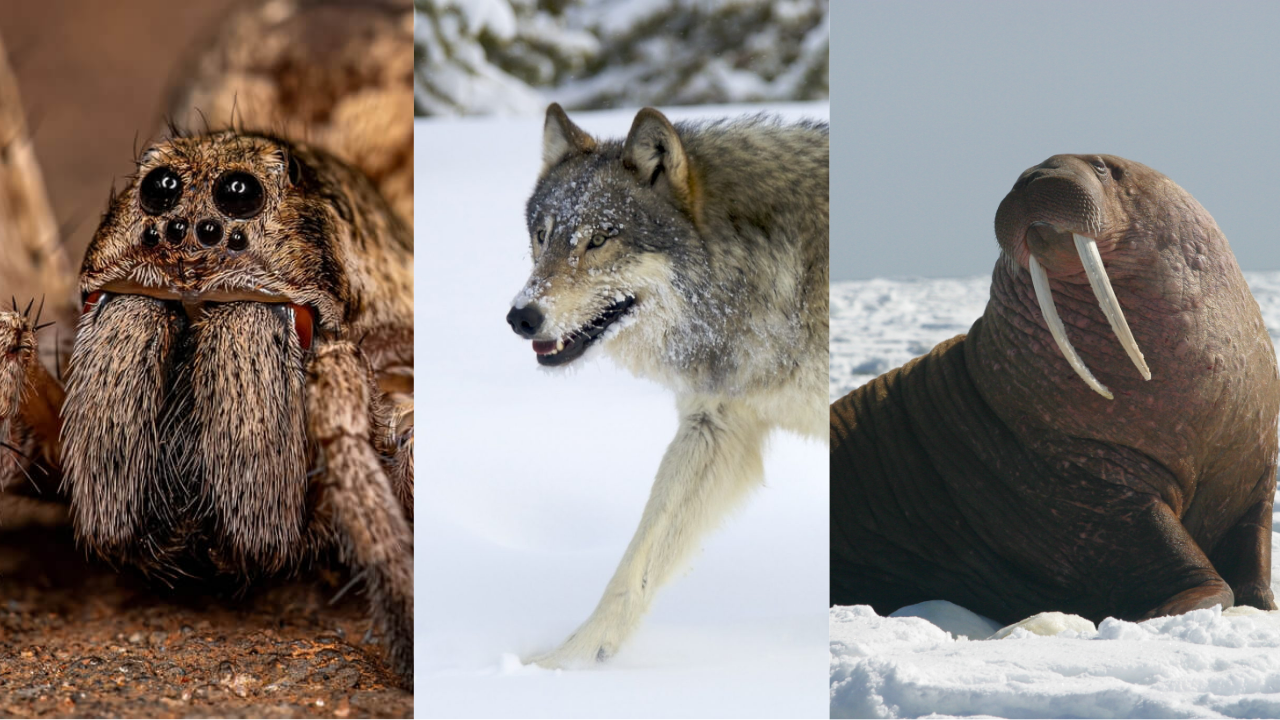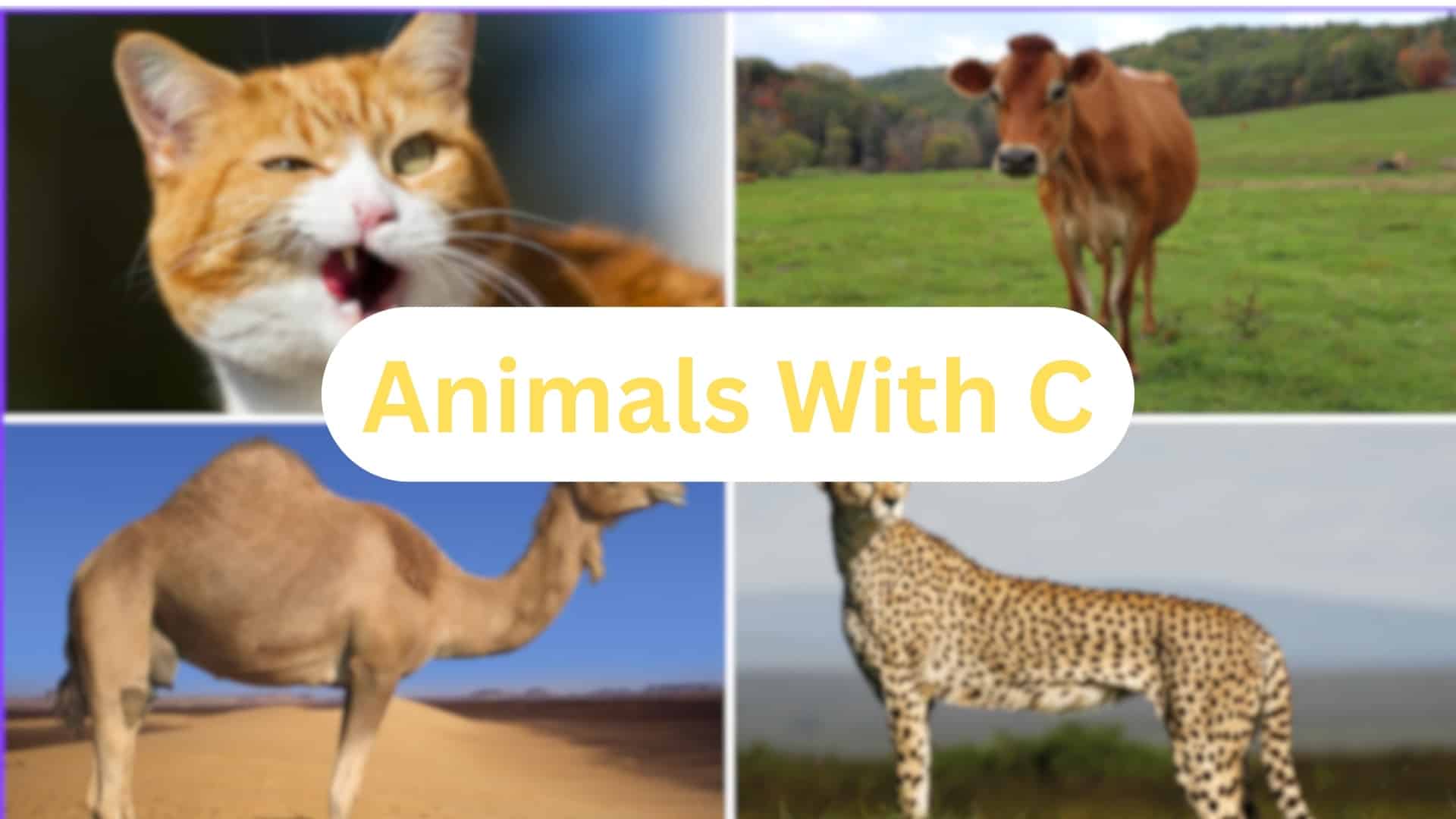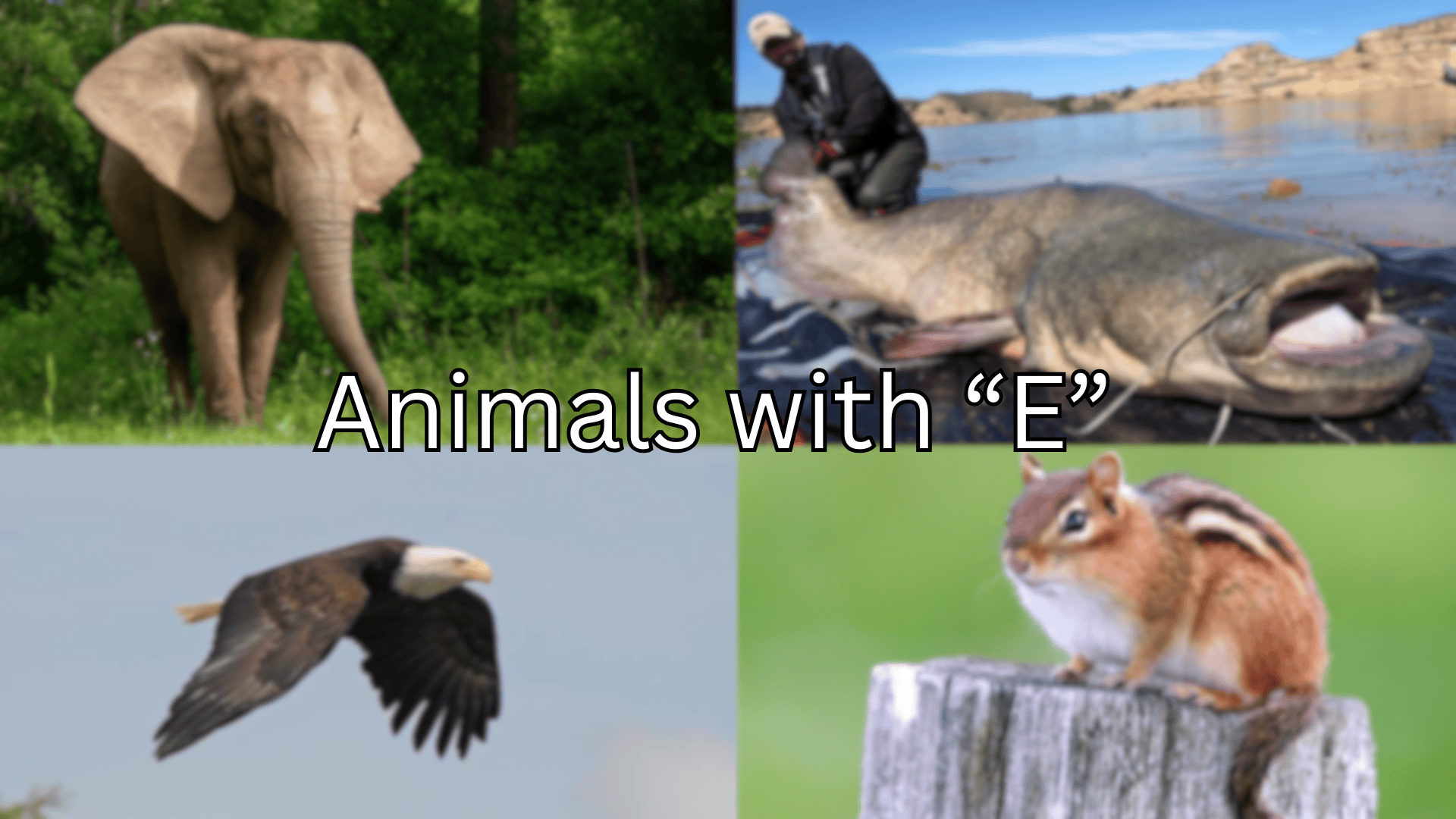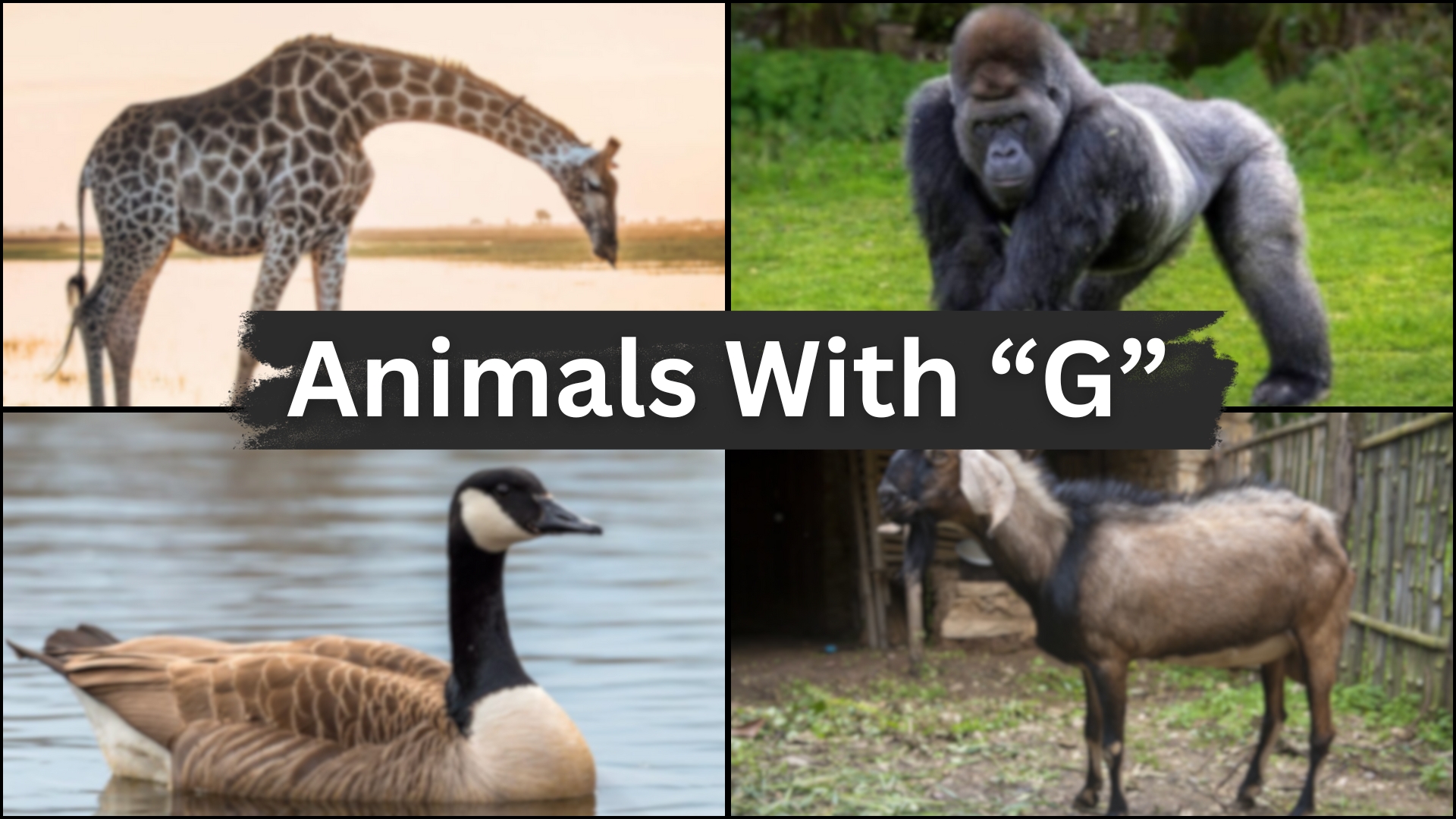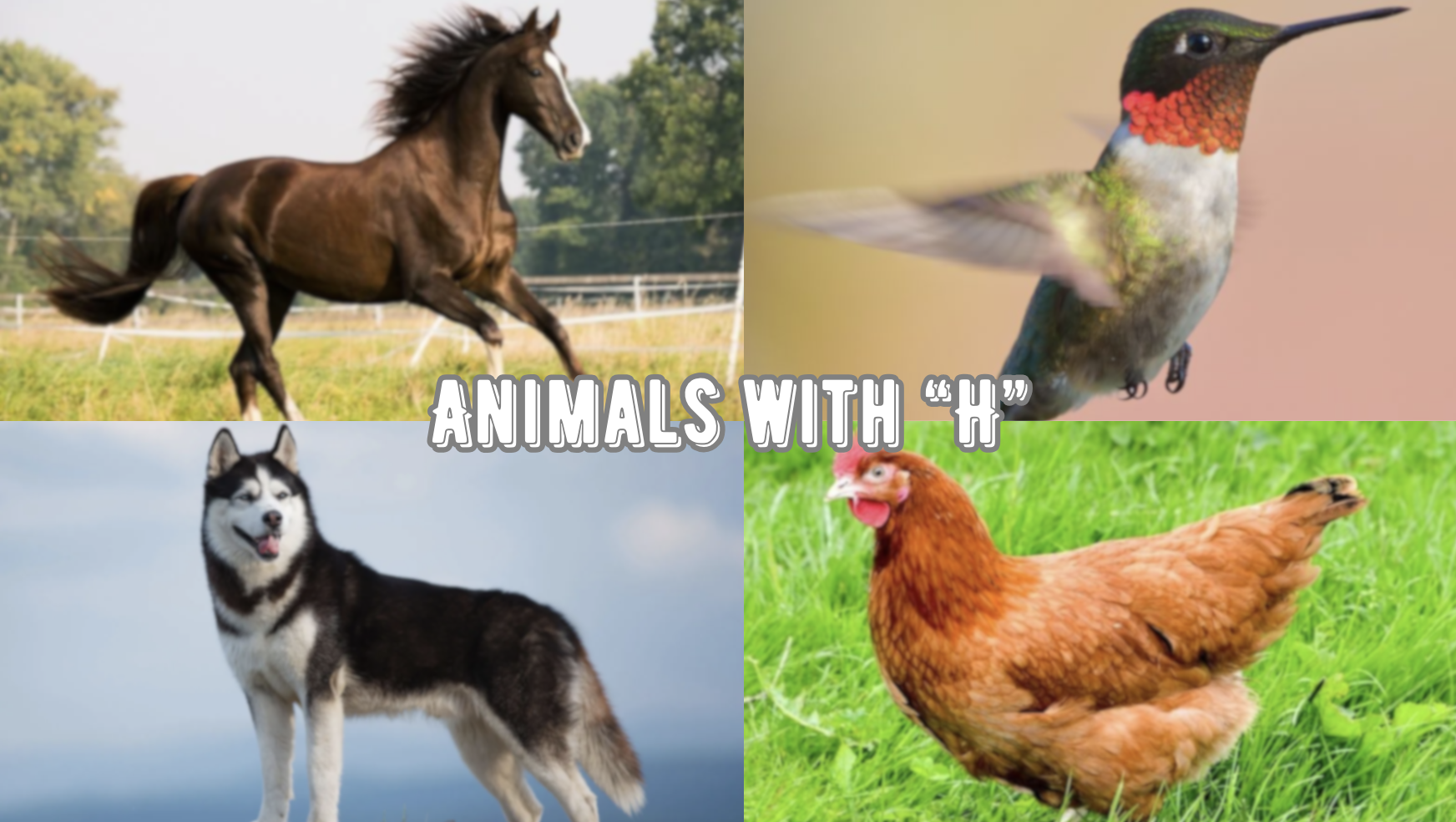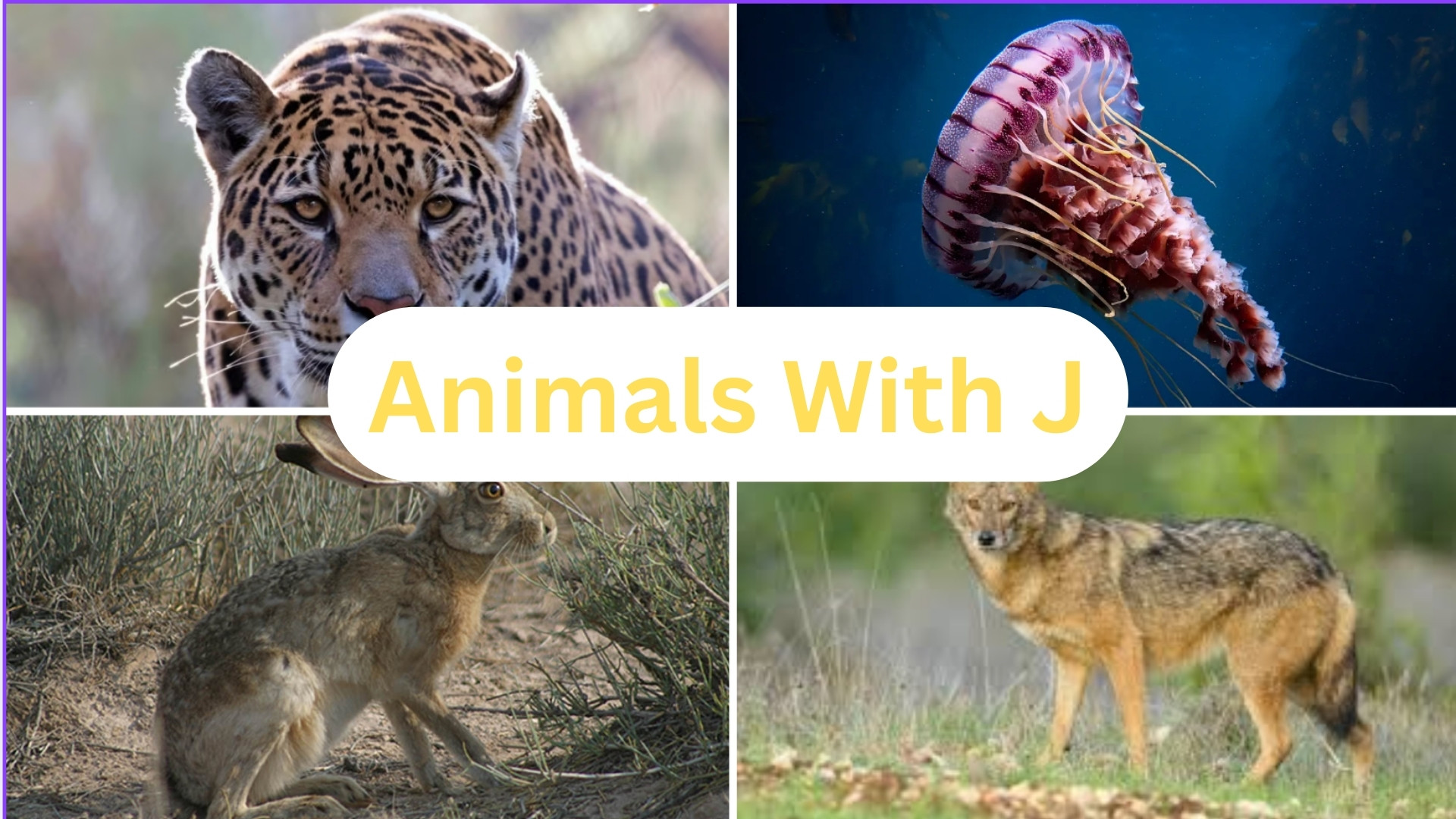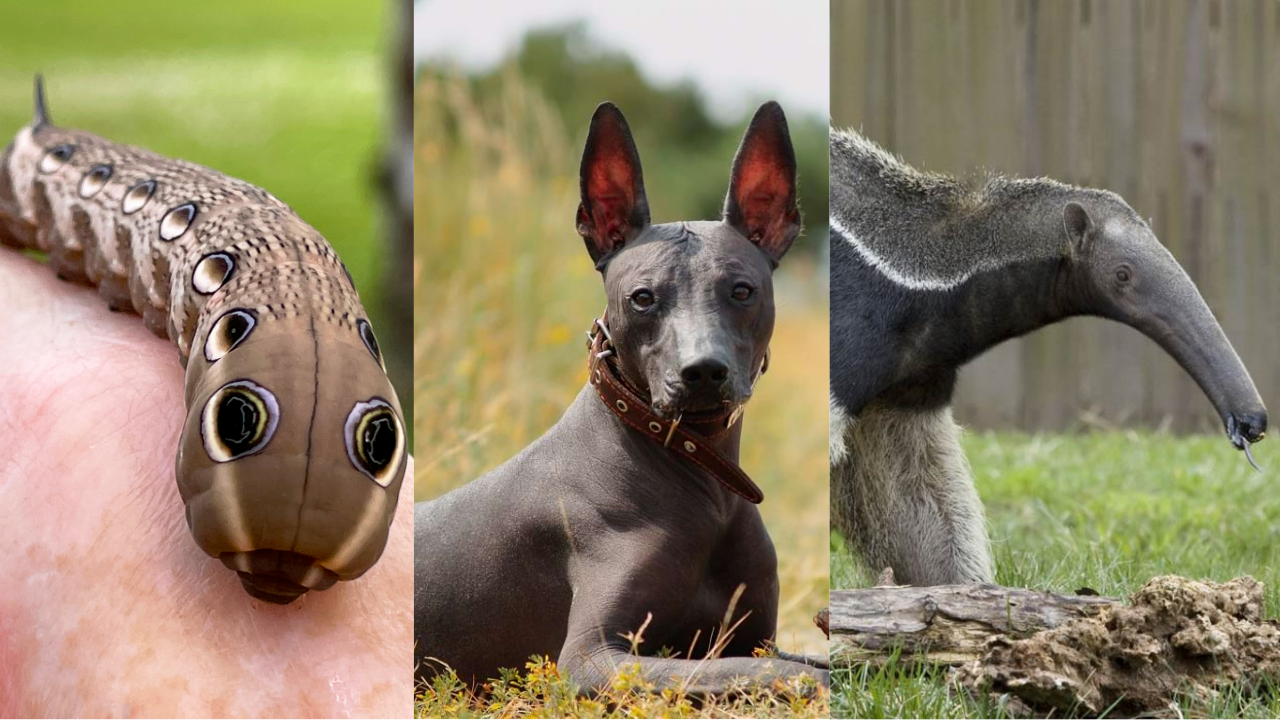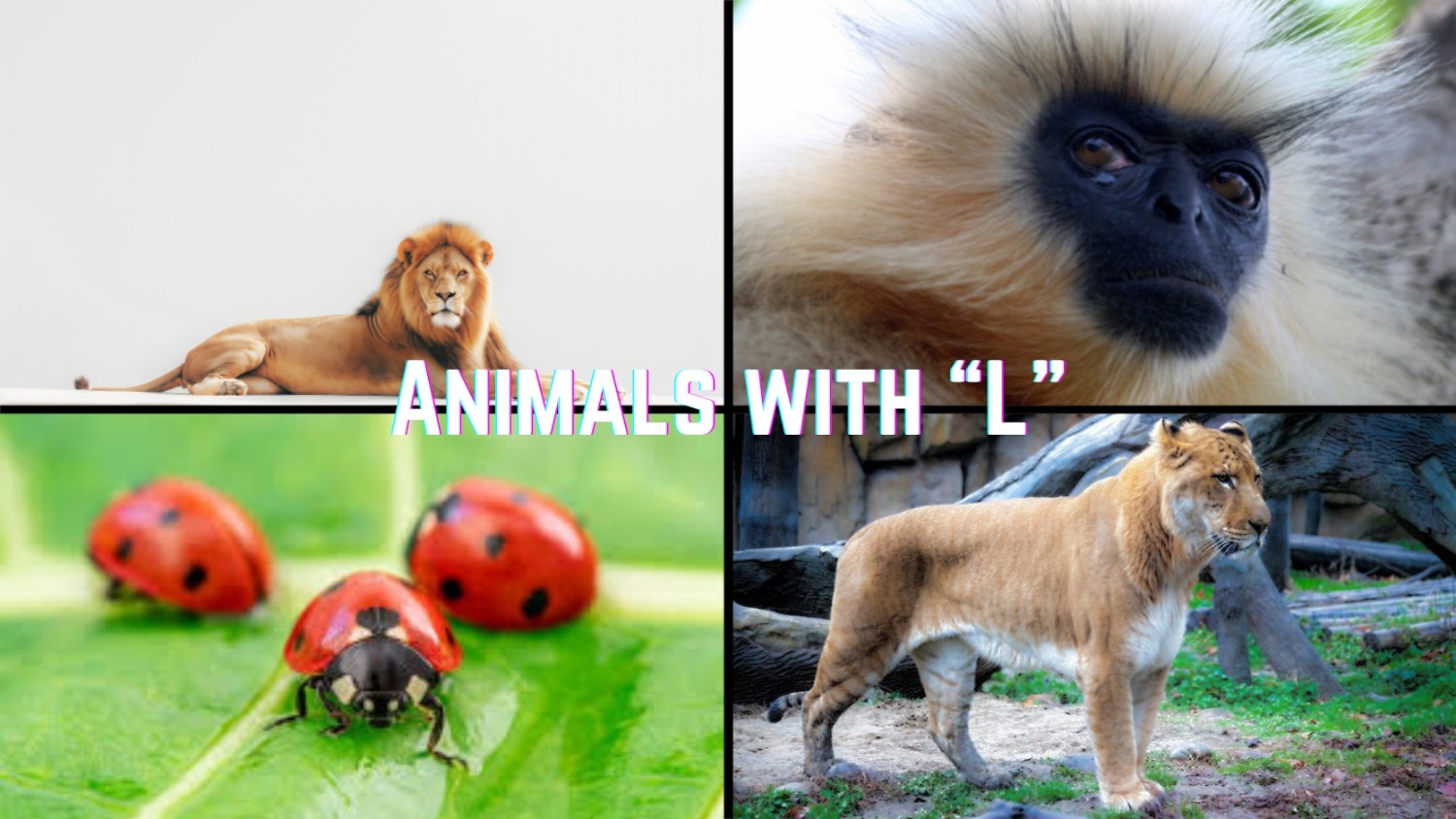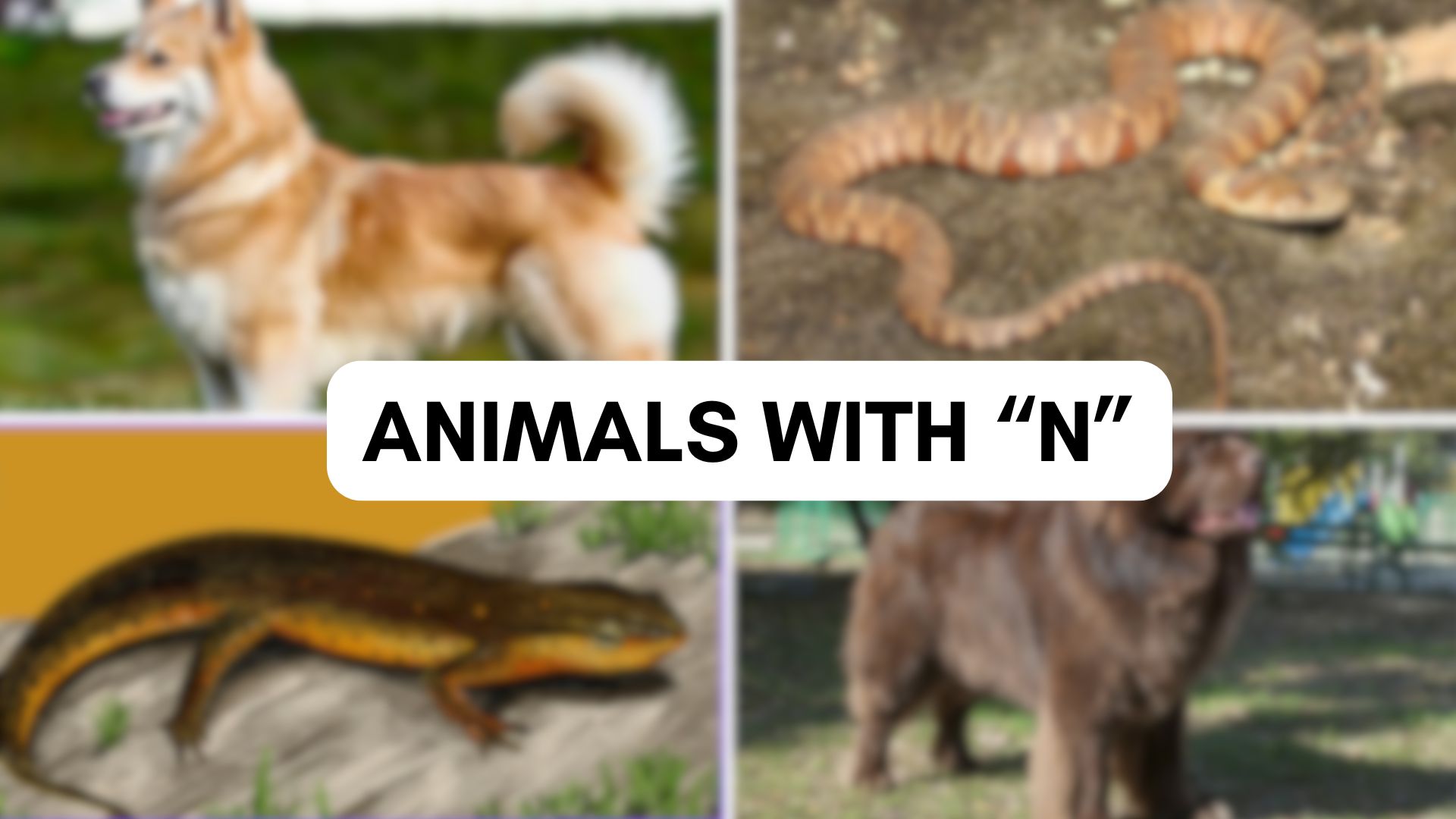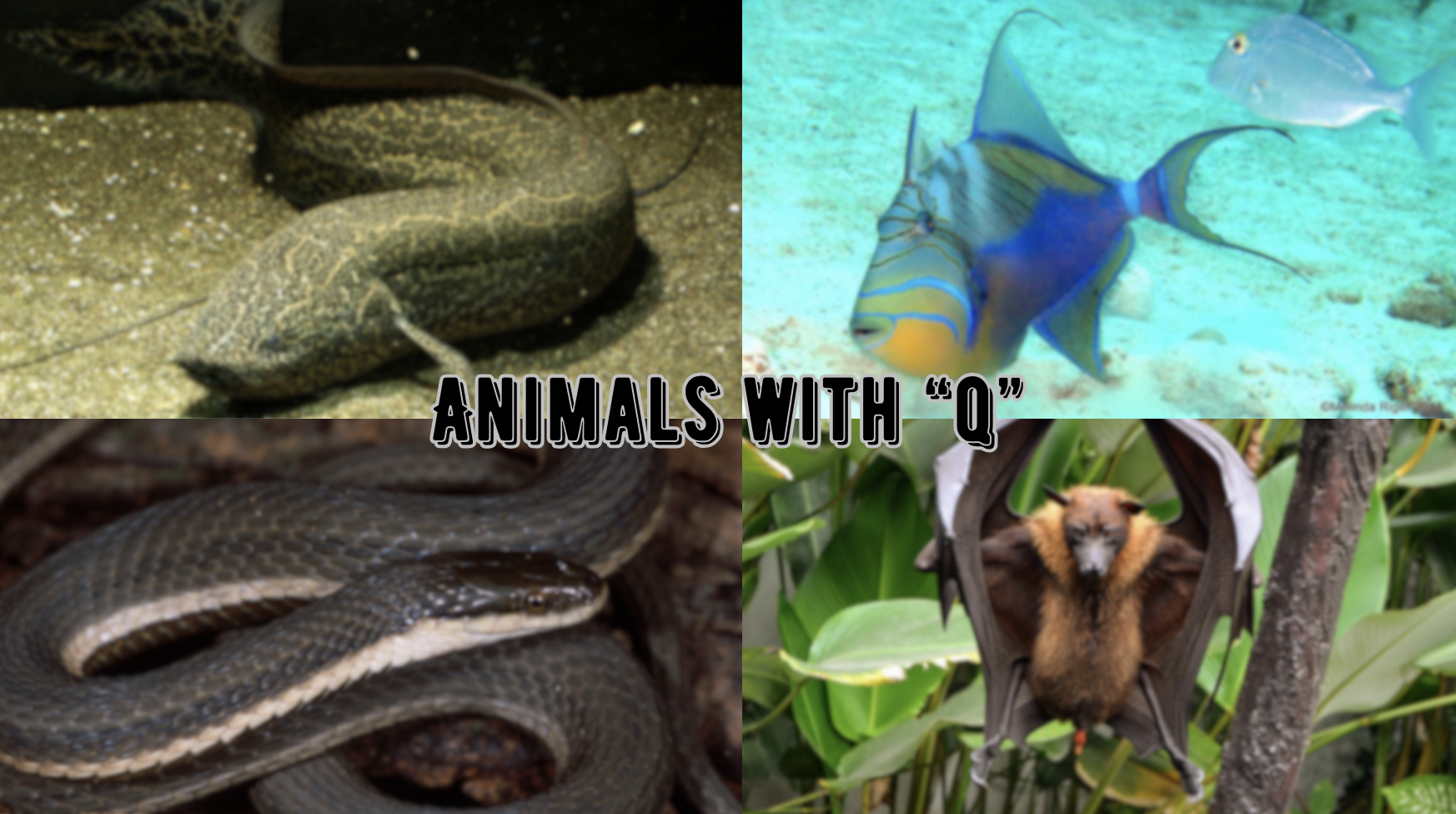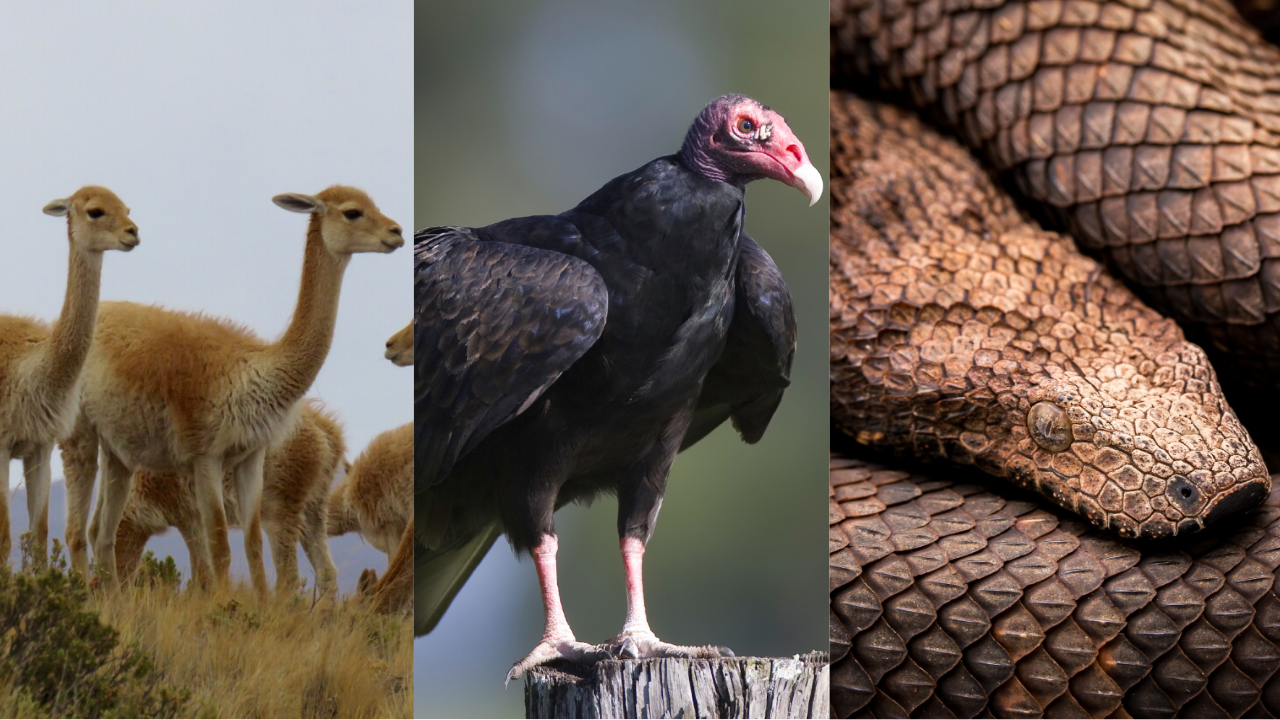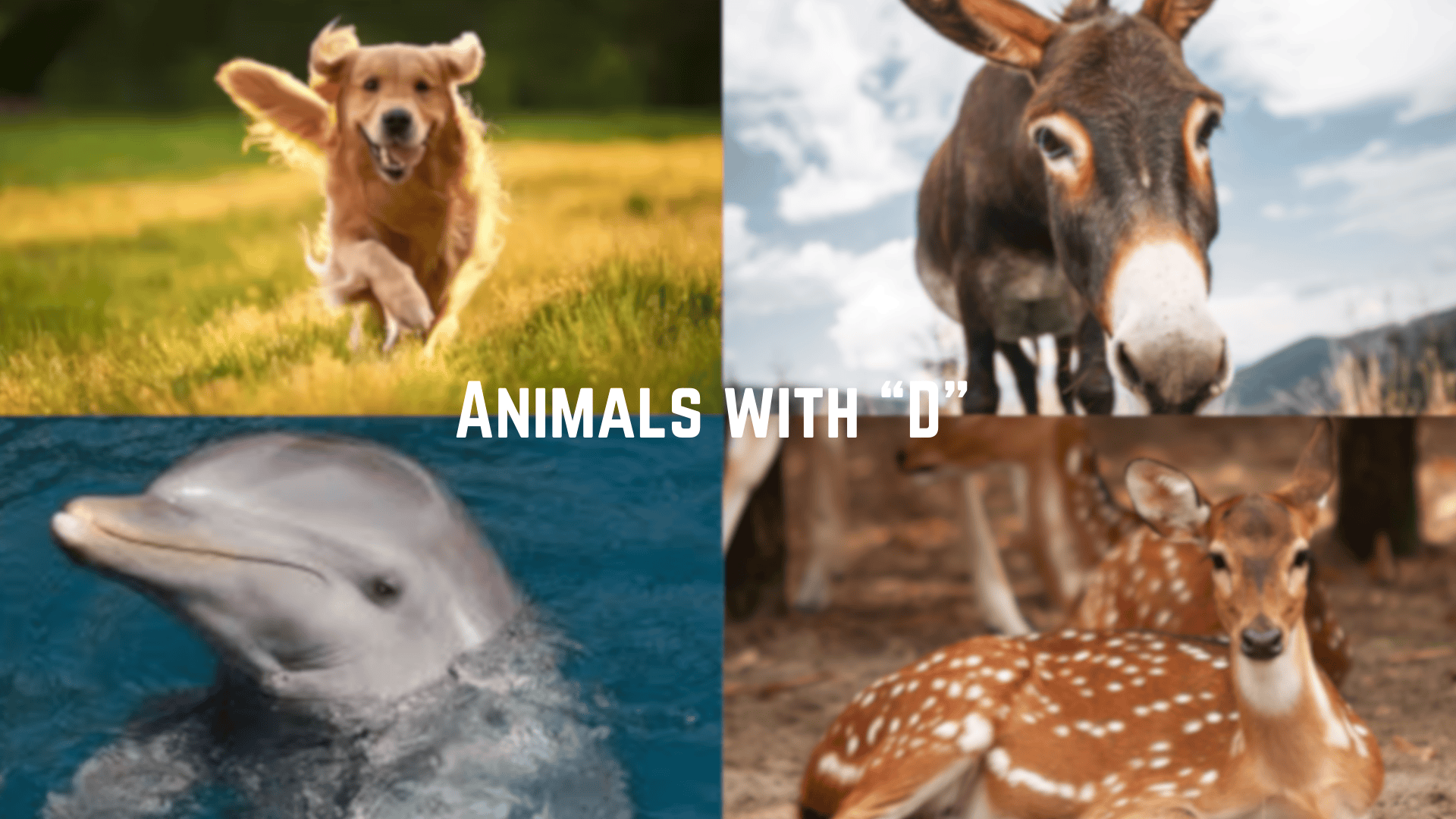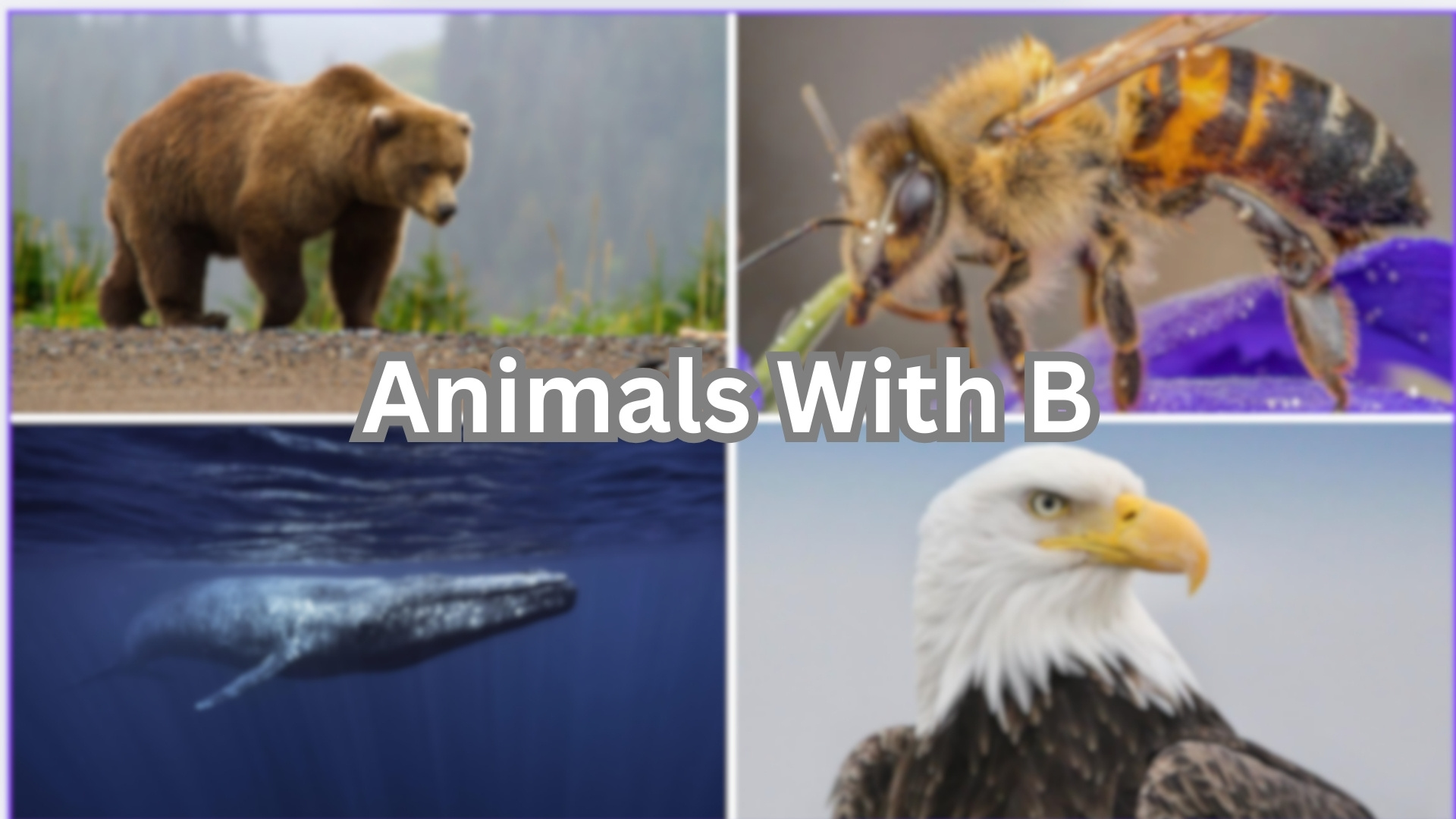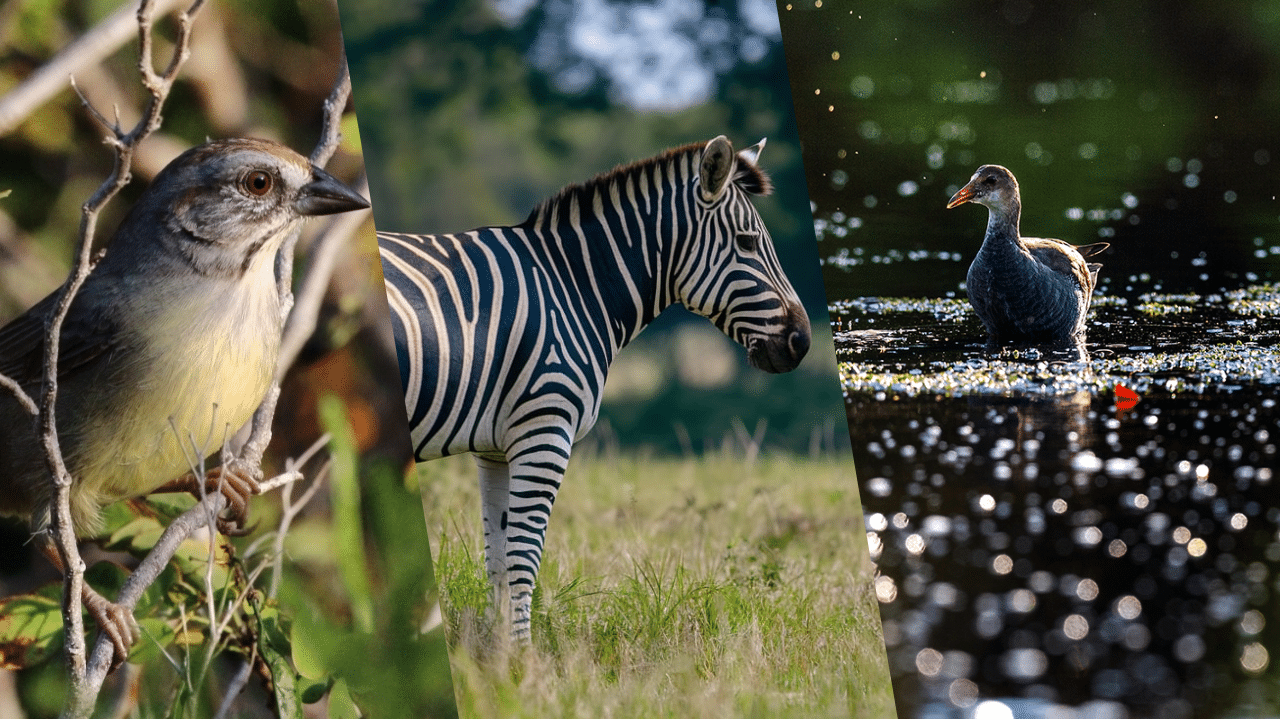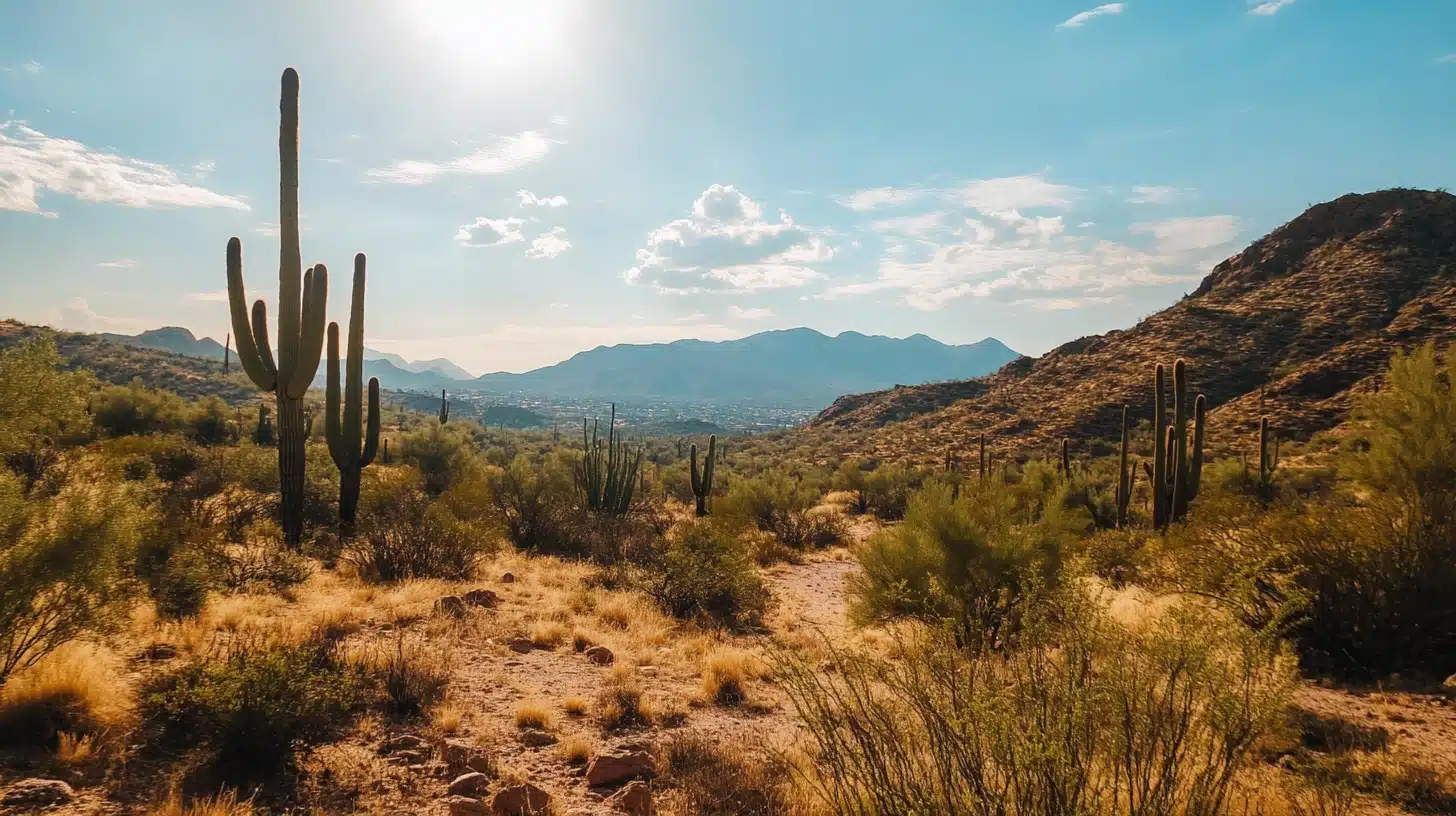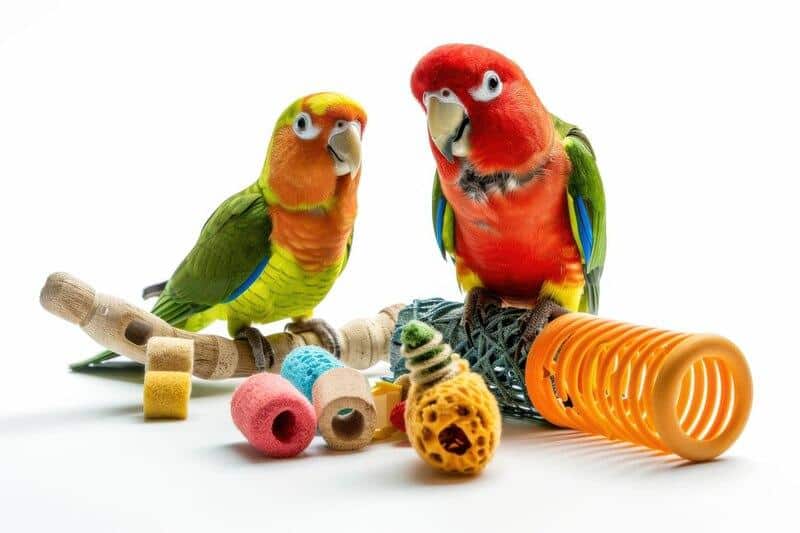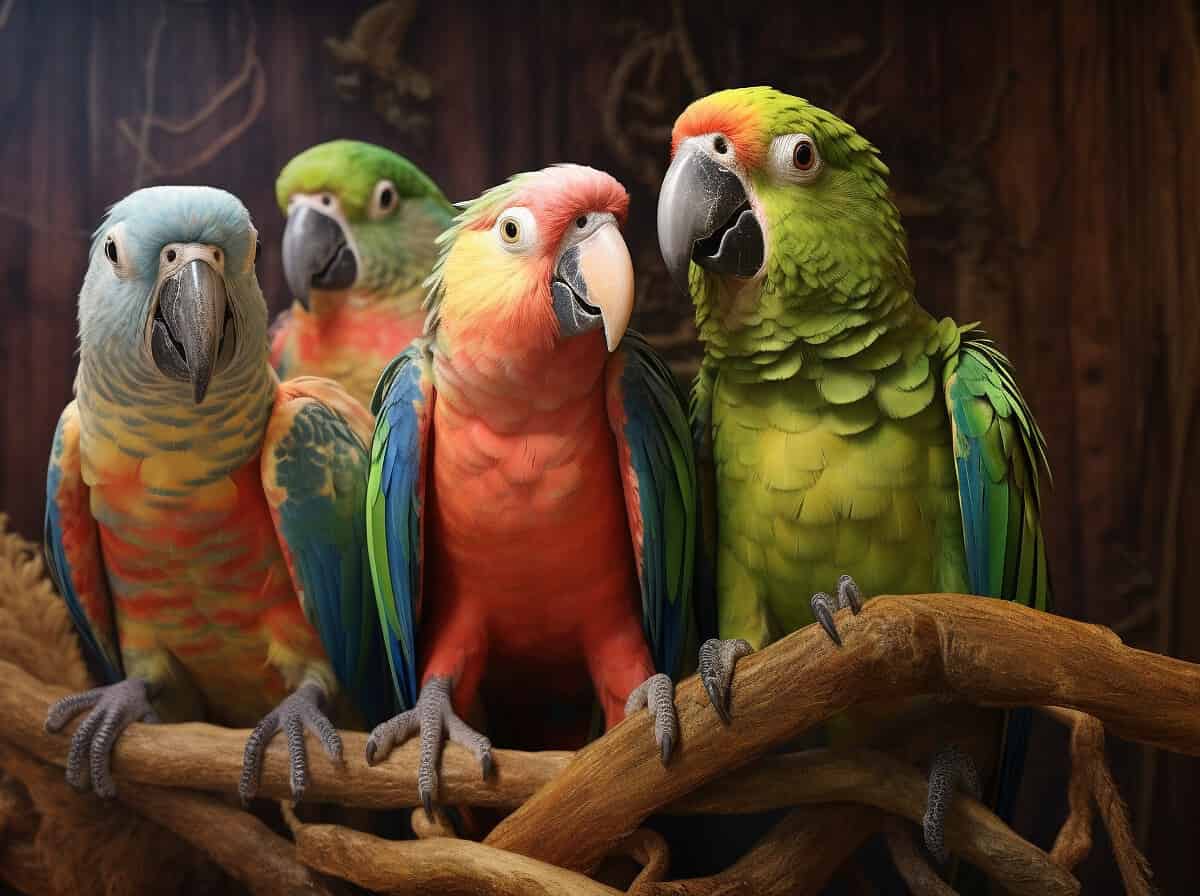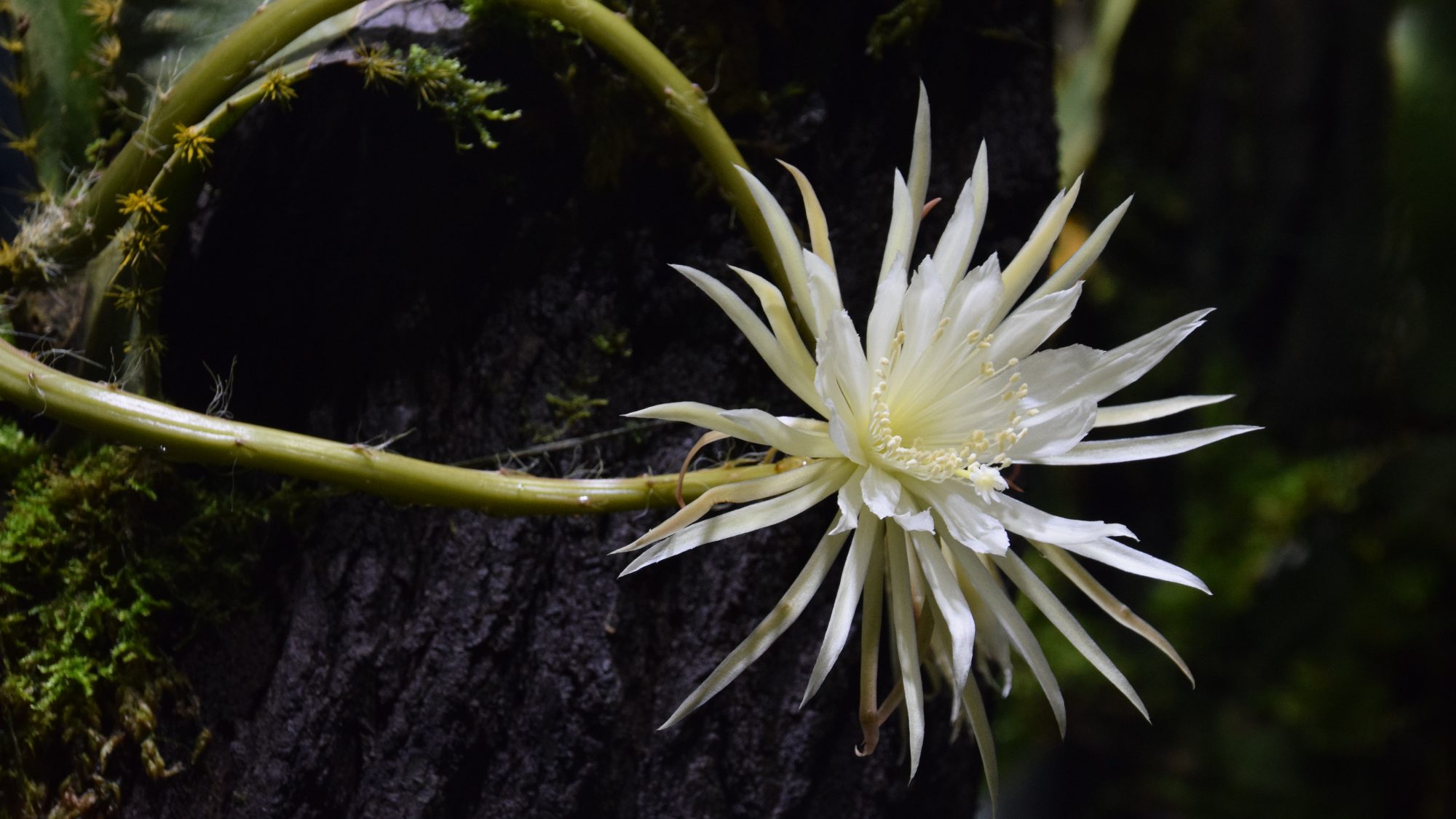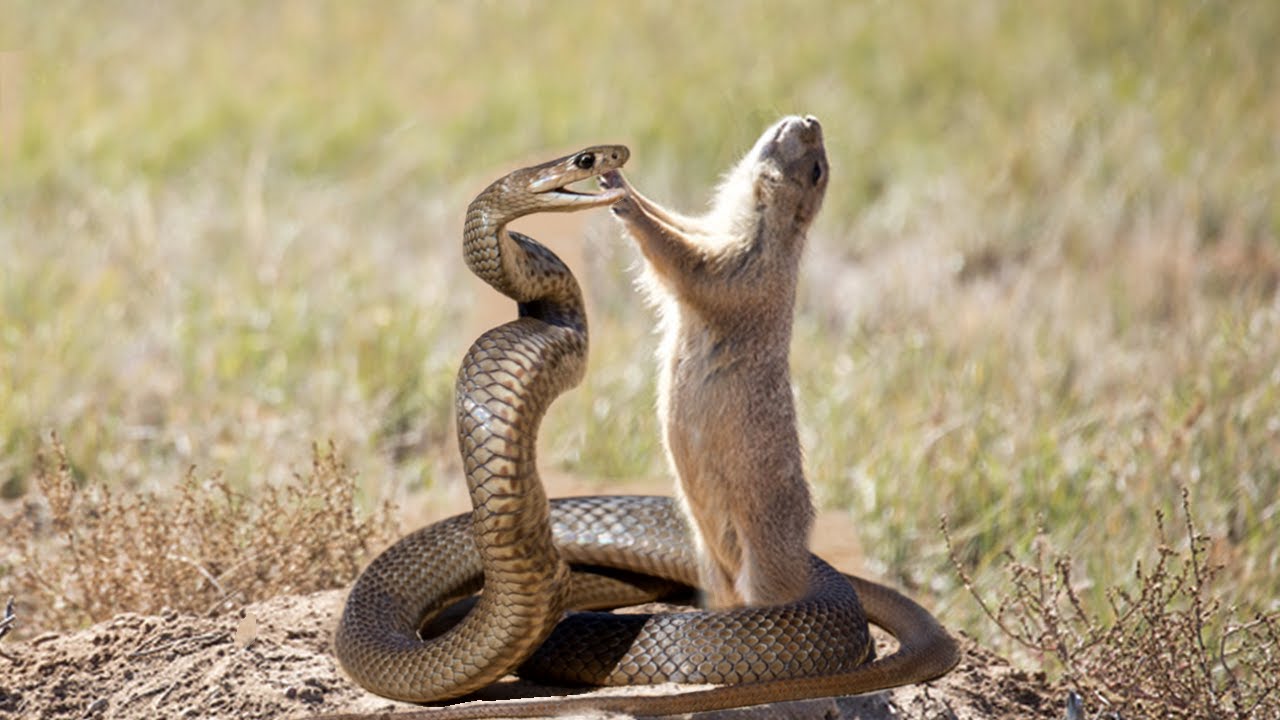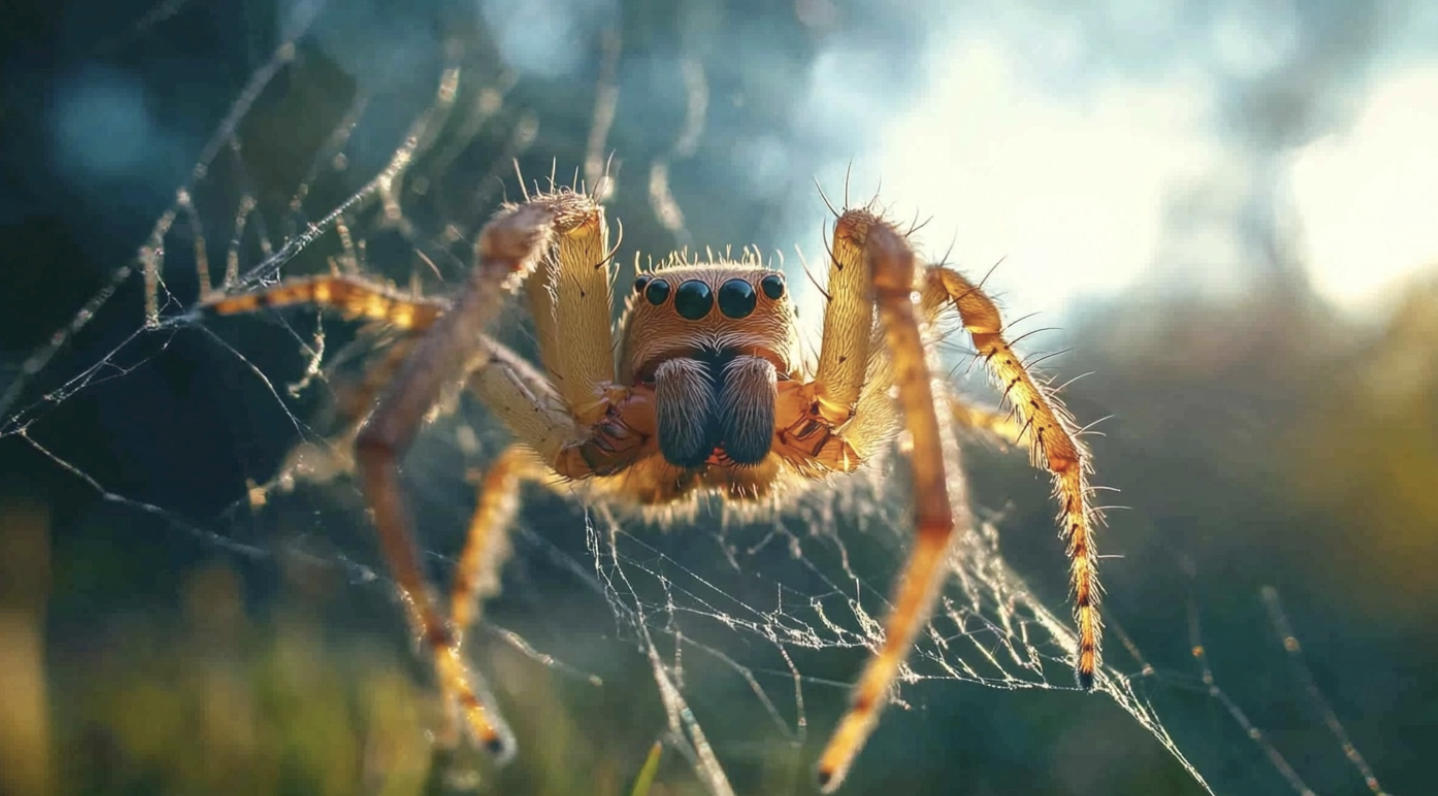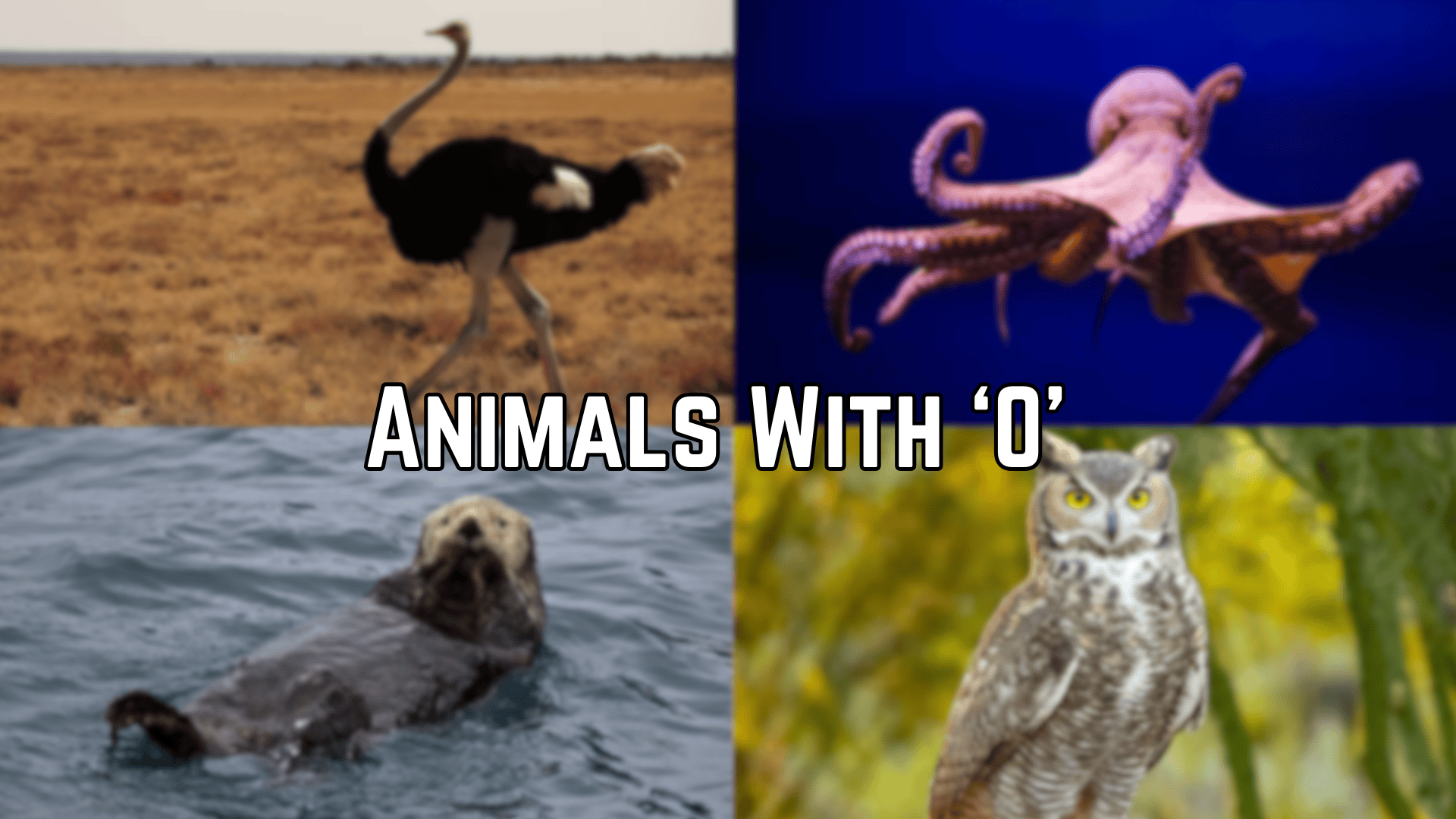
Ever noticed how the letter “O” opens the door to some of nature’s most extraordinary creatures? From the towering ostrich racing across African plains to the intelligent octopus solving puzzles beneath the waves, animals beginning with “O” showcase remarkable diversity across land, sea, and air.
These exquisite creatures have adapted to thrive in environments ranging from scorching deserts to frigid oceans, from dense rainforests to domestic settings.
Some, like the orangutan, captivate us with their human-like intelligence, while others, like the olive ridley turtle, amaze us with their synchronized nesting rituals.
This collection explores twenty-one remarkable “O” animals, each with unique characteristics that highlight nature’s incredible ingenuity and adaptability.
Common Animal Names Starting With The Letter ‘O’
1.
Ostrich
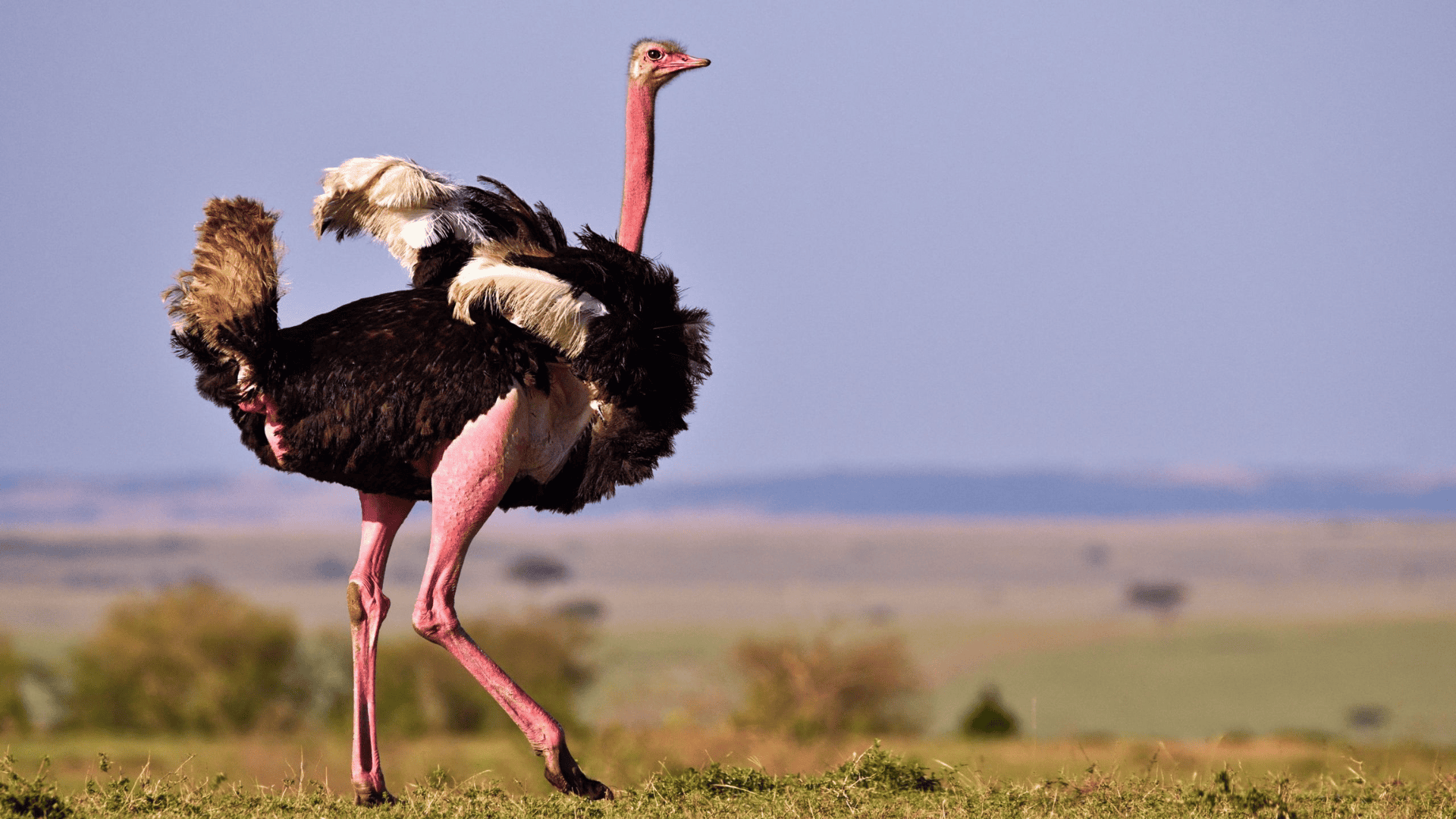
The ostrich is the world’s largest bird, capable of running at speeds up to 70 km/h (43 mph). It has long legs, a long neck, and can weigh up to 350 pounds.
Its large, round body is covered in feathers, with males having black feathers and females brown and gray.
-
Region of Habitat: Native to sub-Saharan Africa, found in open grasslands and savannas.
-
Scientific Name: Struthio camelus
-
Feeding Habits: Herbivore, eating seeds, shrubs, grass, and fruits. Occasionally, it consumes insects.
-
What Sound They Make: They make booming, low-pitched calls used for communication, often heard during mating season.
Fun Fact: Ostriches can’t fly but are excellent runners, reaching speeds faster than most land mammals. Their eggs are the largest of any living land animal and can weigh up to 3.5 pounds.
2. Octopus
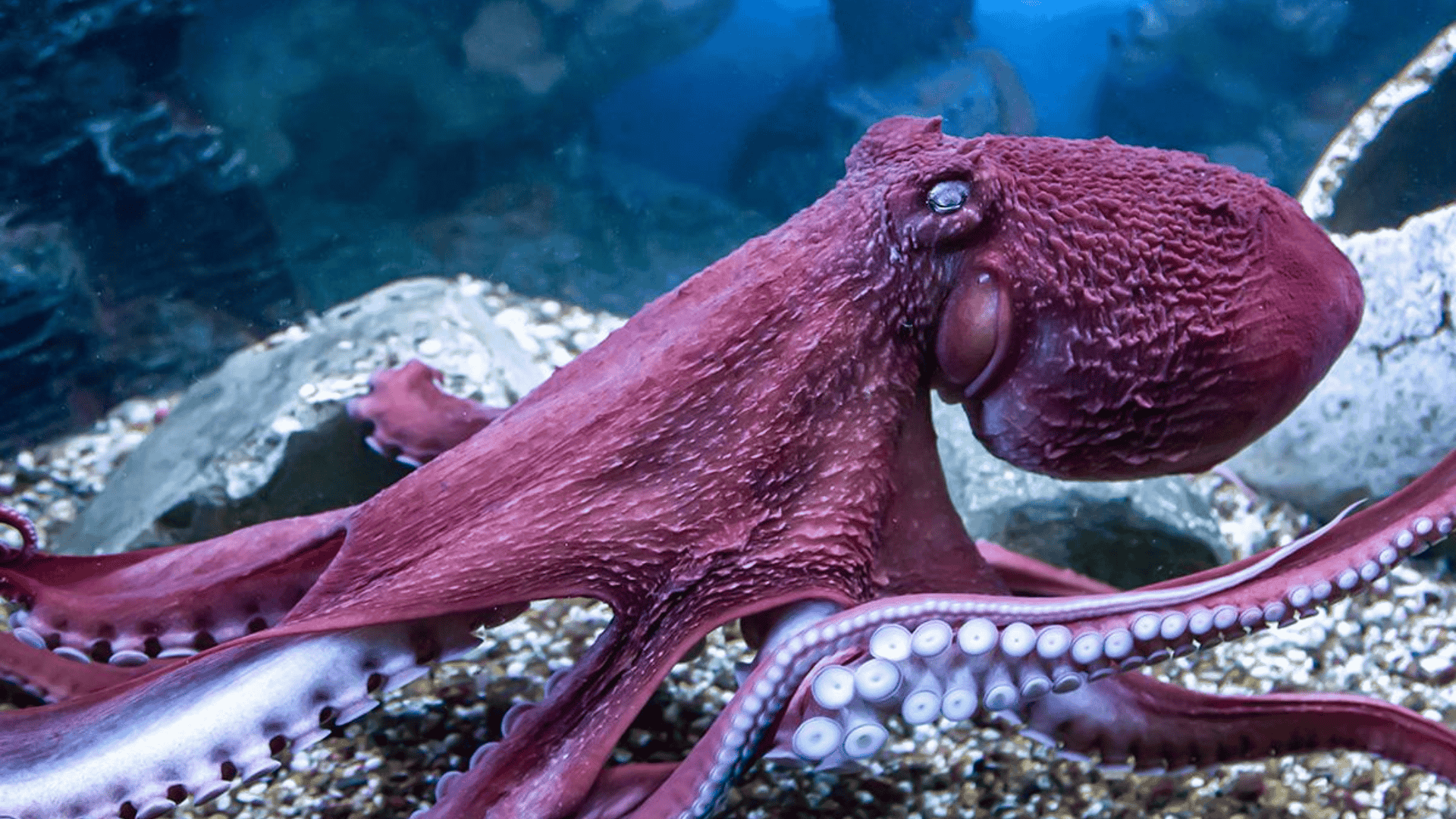
Octopuses are highly intelligent marine animals known for their soft, flexible bodies and eight long arms covered with suckers. Their ability to change color and texture helps them blend into their environment.
-
Region of Habitat: Found in oceans worldwide, particularly in the Mediterranean Sea and Pacific Ocean.
-
Scientific Name: Octopus vulgaris (common octopus)
-
Feeding Habits: Carnivorous, feeding on crabs, mollusks, and fish, using their beaks to break into prey.
-
What Sound They Make: They are silent, but some species can emit low clicks or pulses underwater.
Fun Fact: Octopuses have three hearts: one for pumping blood to the body and two for the gills. They can escape from nearly any enclosure, using their flexibility and intelligence to solve problems.
3. Otter
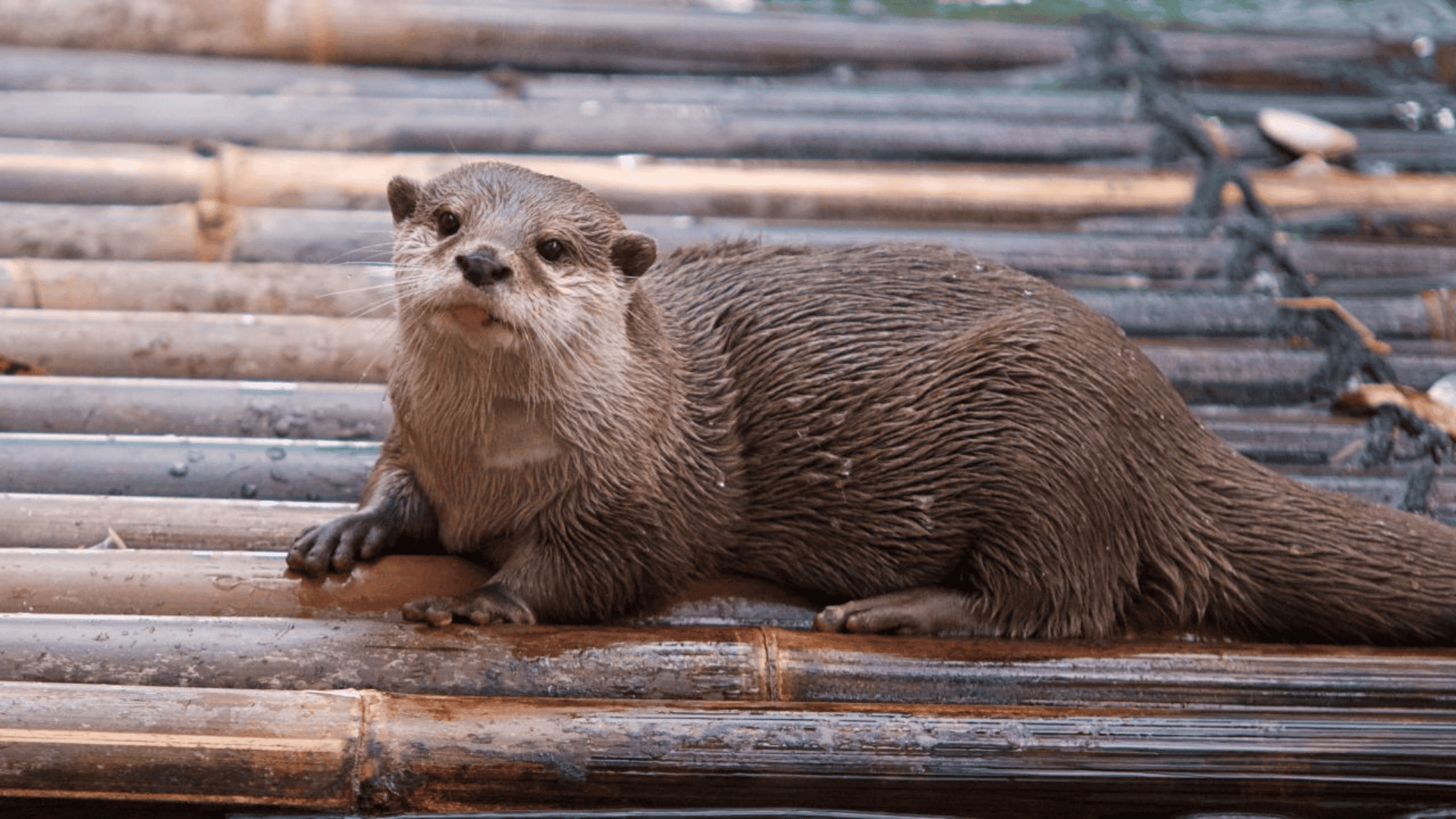
Otters are playful and curious mammals that live both in water and on land. They are excellent swimmers, with streamlined bodies and dense fur to keep them warm.
-
Region of Habitat: Found in North America, Europe, and Asia, primarily in freshwater rivers, lakes, and coastal marine habitats.
-
Scientific Name: Lutra lutra (Eurasian otter)
-
Feeding Habits: Carnivores, eating fish, crabs, and small animals. They use rocks to crack open shellfish.
-
What Sound They Make: Otters make a variety of sounds, including chirps, whistles, and growls to communicate.
Fun Fact: Otters have a “pocket” in their armpits where they store tools to crack open prey.
They hold hands while sleeping to prevent drifting apart in the water.
4. Owl
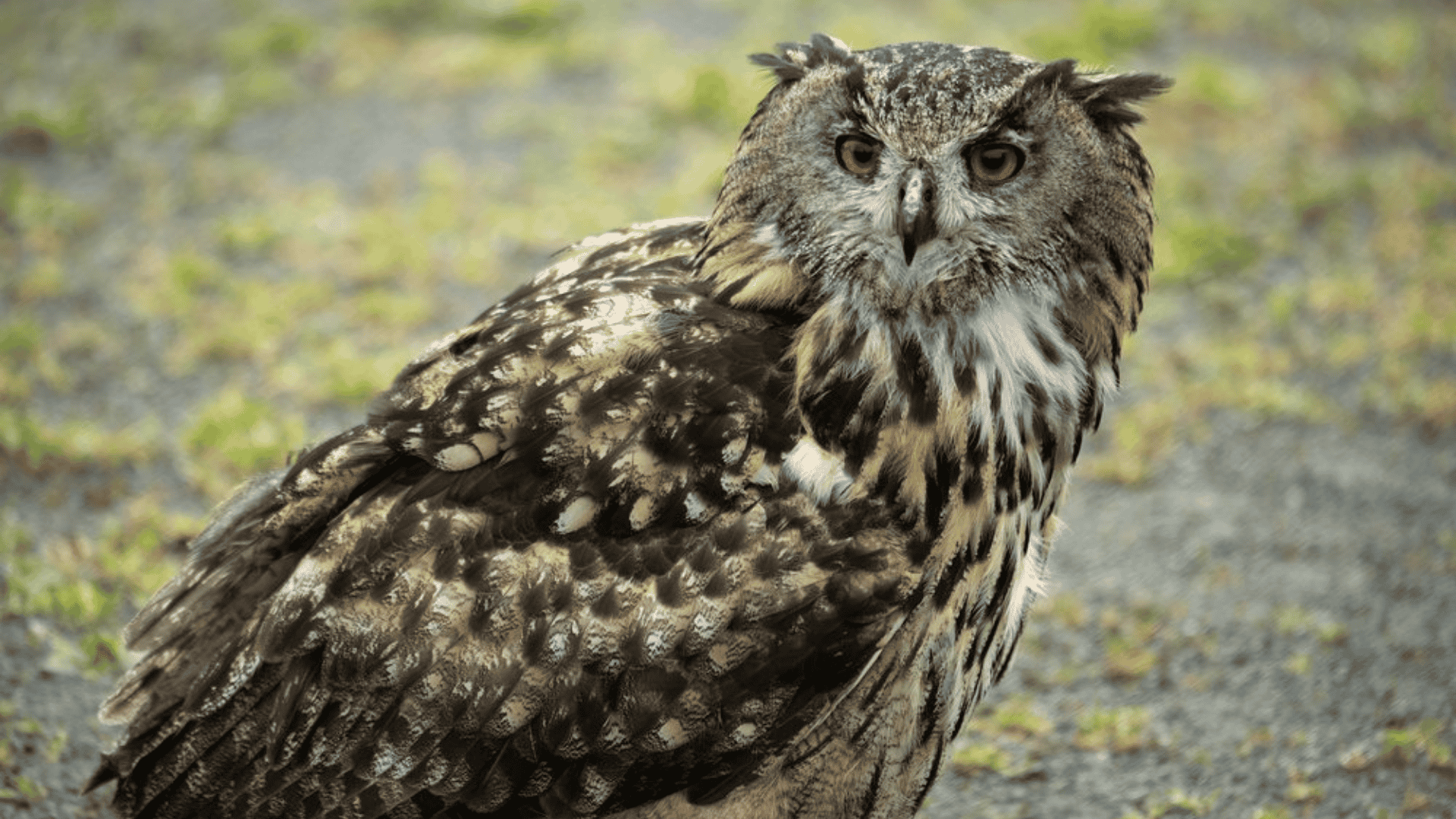
Owls are nocturnal birds of prey known for their silent flight, large eyes, and ability to rotate their heads up to 270 degrees. They are efficient hunters with specialized talons and a keen sense of hearing.
-
Region of Habitat: Found in a wide range of habitats, including forests, grasslands, and deserts across all continents except Antarctica.
-
Scientific Name: Strigidae (family of owls)
-
Feeding Habits: Carnivores, primarily eating small mammals, birds, and insects.
-
What Sound They Make: Owls produce hooting, screeching, or chirping sounds depending on the species. Their hoots are often used to mark territory.
Fun Fact: Some owls can hunt in complete darkness using their exceptional hearing. An owl’s feathers are designed to minimize sound, allowing for silent flight.
5. Ox
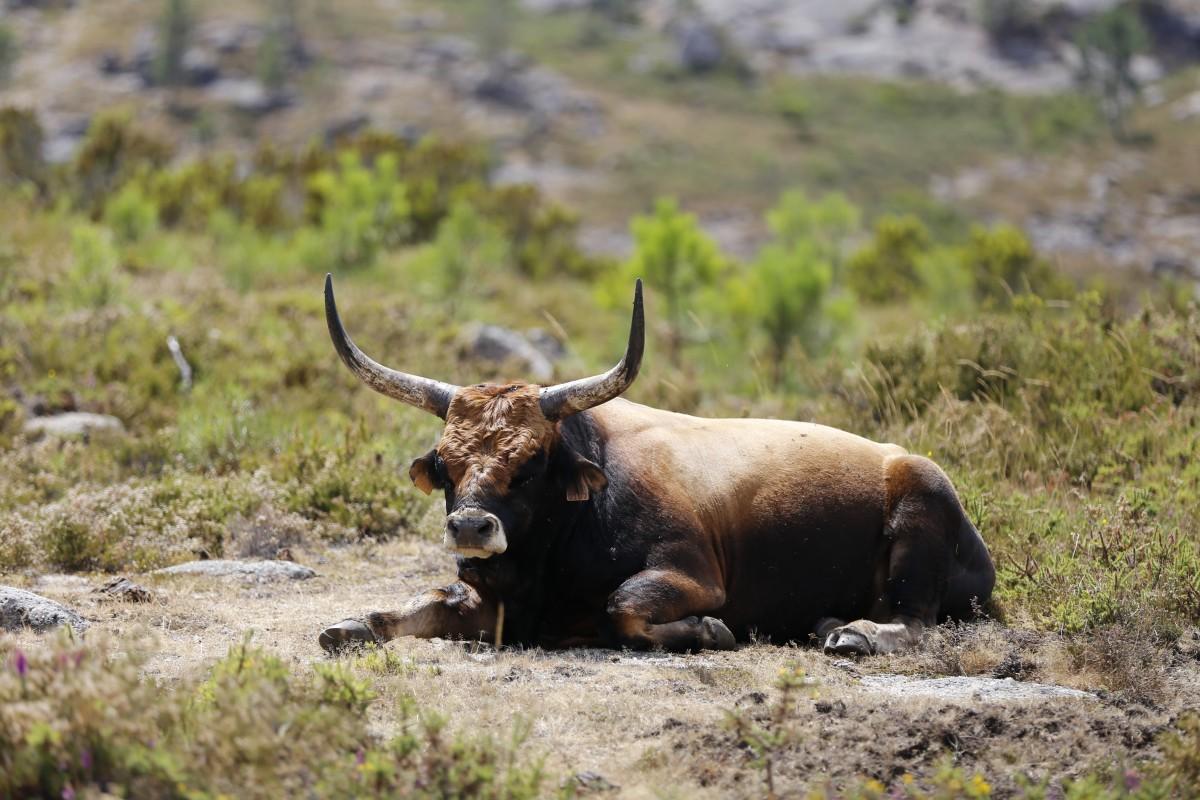
The ox is a domesticated large bovine that has been used for farming and heavy labor for centuries. They are strong, hardy animals that can carry heavy loads or plow fields.
-
Region of Habitat: Found worldwide, particularly in rural areas where they are used as draft animals.
-
Scientific Name: Bos taurus
-
Feeding Habits: Herbivores, grazing on grass, hay, and other vegetation.
-
What Sound They Make: Oxen make low mooing sounds, often used to communicate with other cattle.
Fun Fact: Oxen are commonly used in many countries to pull carts or plough fields. They have a strong herd instinct and are typically very social animals.
6. Orangutan
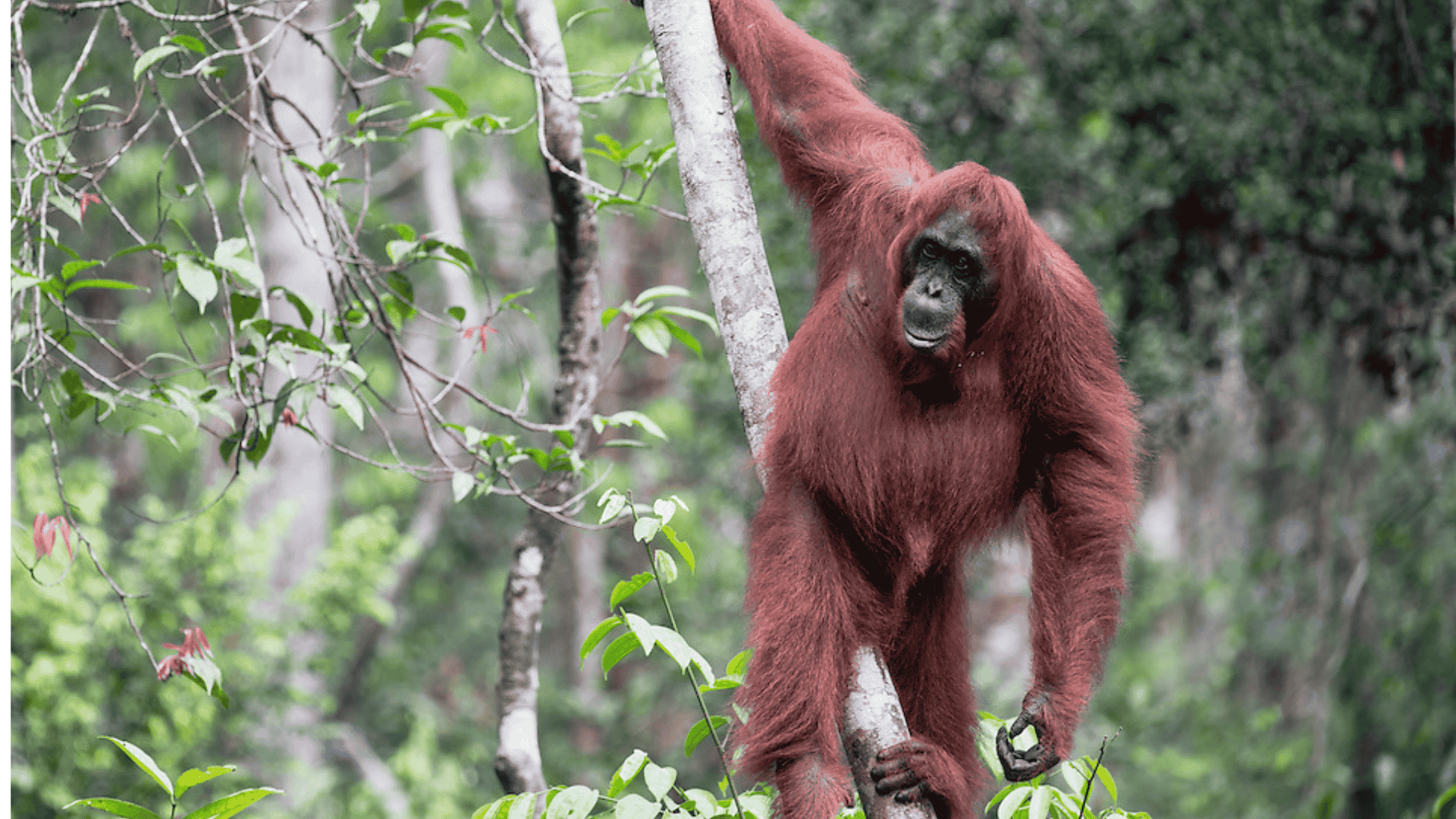
Orangutans are great apes native to the rainforests of Borneo and Sumatra. They are known for their reddish-brown fur and incredible intelligence. They often use tools to build nests.
-
Region of Habitat: Native to the rainforests of Southeast Asia, primarily in Borneo and Sumatra.
-
Scientific Name: Pongo pygmaeus (Bornean orangutan), Pongo abelii (Sumatran orangutan)
-
Feeding Habits: Omnivores, primarily eating fruits, leaves, and occasionally insects.
-
What Sound They Make: Orangutans communicate with grunts, hoots, and calls, especially during mating season.
Fun Fact: Orangutans spend most of their lives in trees, where they build nests to sleep in each night. They are highly intelligent and have been observed using sticks to extract insects or honey.
7. Orca

Also known as killer whales, orcas are powerful apex predators found in oceans around the world. They have striking black-and-white coloring and are known for their complex social structures.
-
Region of Habitat: Found in all oceans, particularly in colder waters of the Arctic and Antarctic.
-
Scientific Name: Orcinus orca
-
Feeding Habits: Carnivores, feeding on fish, seals, squid, and even whales.
-
What Sound They Make: Orcas make a variety of vocalizations, including clicks, whistles, and calls to communicate with their pods.
Fun Fact: Orcas are known for their sophisticated hunting strategies, including cooperative hunting techniques. They are part of the dolphin family and are among the most intelligent marine mammals.
8. Ocelot
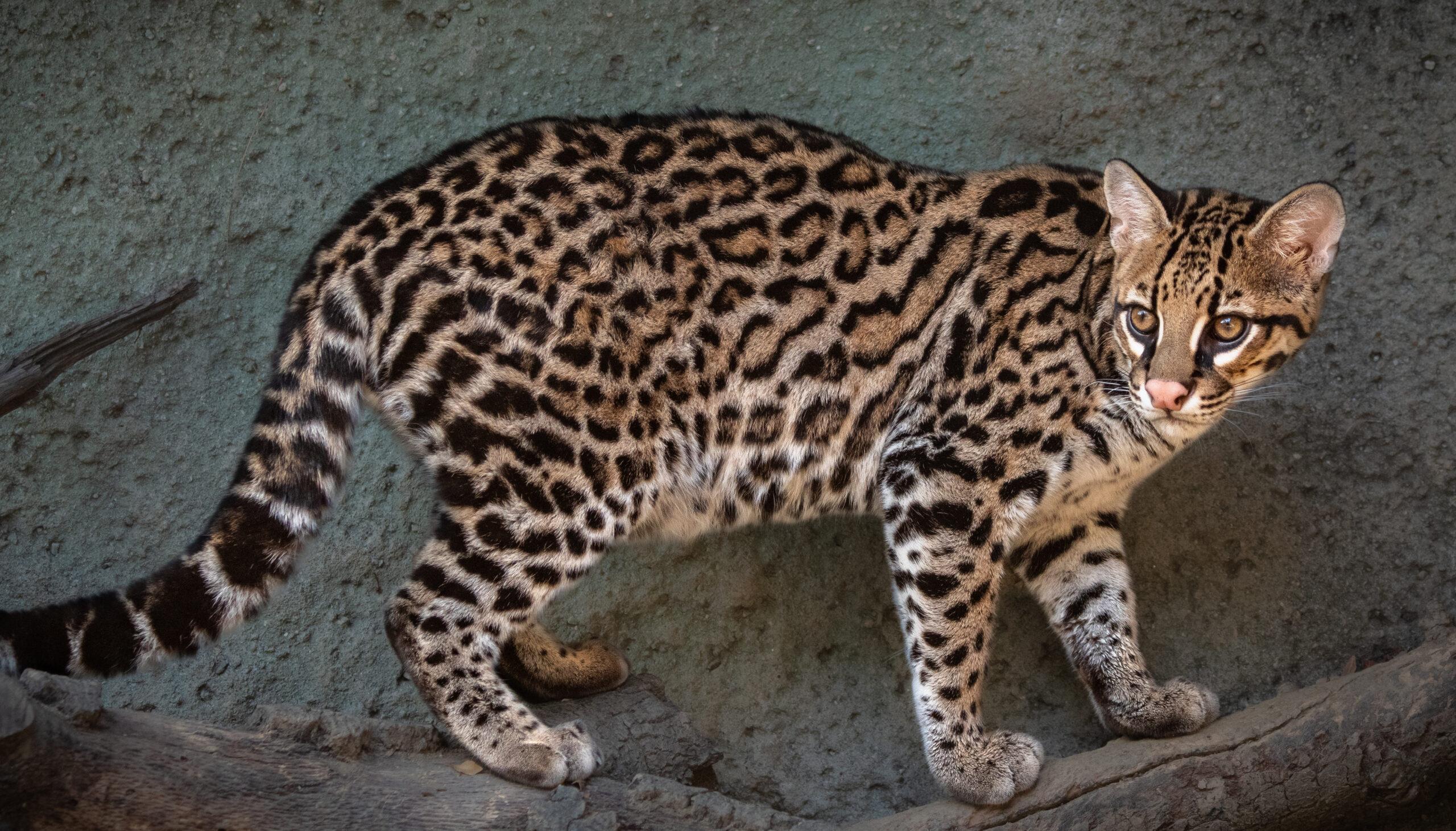
The ocelot is a medium-sized wild cat found in Central and South America. It has distinctive golden fur with dark spots and is excellent at climbing and hunting.
-
Region of Habitat: Found in rainforests and scrub forests across Central and South America.
-
Scientific Name: Leopardus pardalis
-
Feeding Habits: Carnivores, preying on small mammals, birds, and reptiles.
-
What Sound They Make: Ocelots make growling, chattering, and hissing sounds, particularly when threatened.
Fun Fact: Ocelots are solitary animals and are primarily nocturnal hunters. Their keen sense of hearing and sight make them excellent predators.
9. Opossum
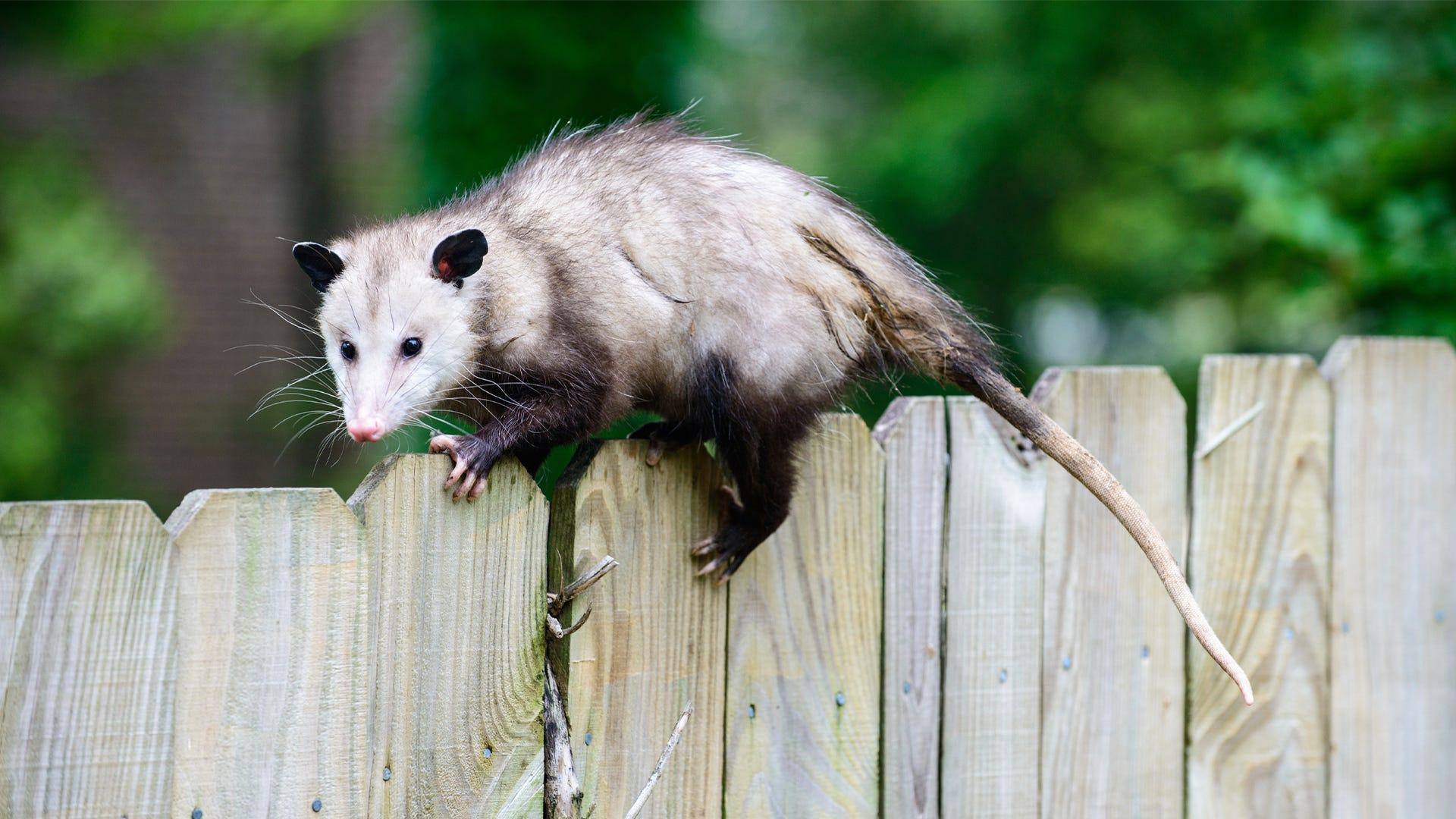
The opossum is the only marsupial found in North America. It is nocturnal and has a prehensile tail for gripping. Opossums are known for their ability to “play dead” when threatened.
-
Region of Habitat: Found throughout North America, particularly in wooded areas, marshes, and urban environments.
-
Scientific Name: Didelphis virginiana
-
Feeding Habits: Omnivores, eating fruits, insects, small animals, and plants.
-
What Sound They Make: Opossums make hissing, screeching, and growling noises when threatened.
Fun Fact: Opossums can “play dead” for hours to avoid predators, a defense mechanism called “playing possum.” They have a keen sense of smell and are often attracted to food scraps.
10. Okapi
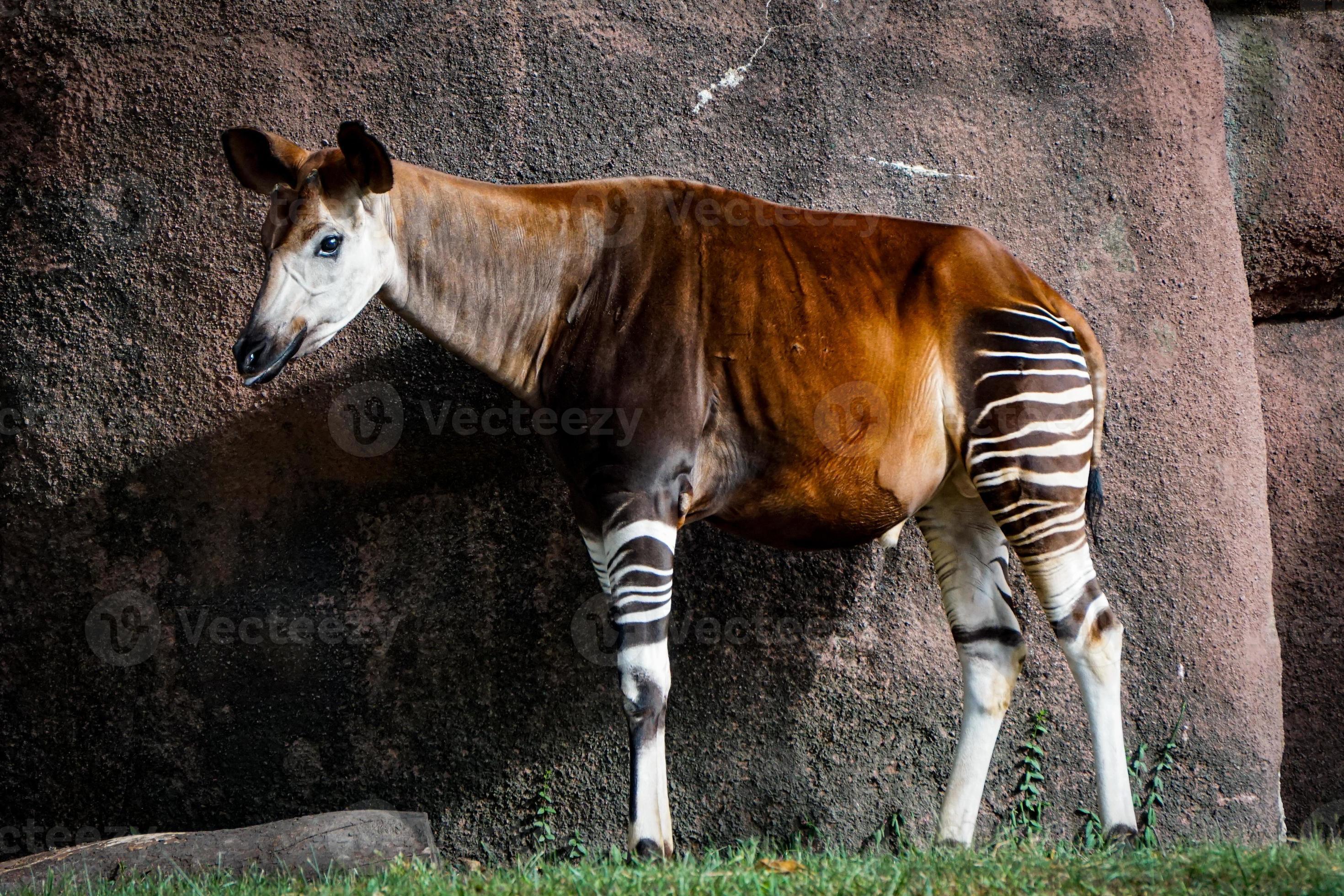
The okapi is a close relative of the giraffe but looks more like a cross between a giraffe and a zebra, with a long neck and striped legs.
-
Region of Habitat: Found in the rainforests of the Democratic Republic of Congo in central Africa.
-
Scientific Name: Okapia johnstoni
-
Feeding Habits: Herbivores primarily feed on leaves, fruits, and fungi.
-
What Sound They Make: Okapis make low, mooing sounds, typically when communicating with other members of their species.
Fun Fact: Okapis were unknown to the Western world until 1901, despite being native to central Africa. They are elusive creatures and are rarely seen in the wild due to their solitary and nocturnal habits.
11. Oryx
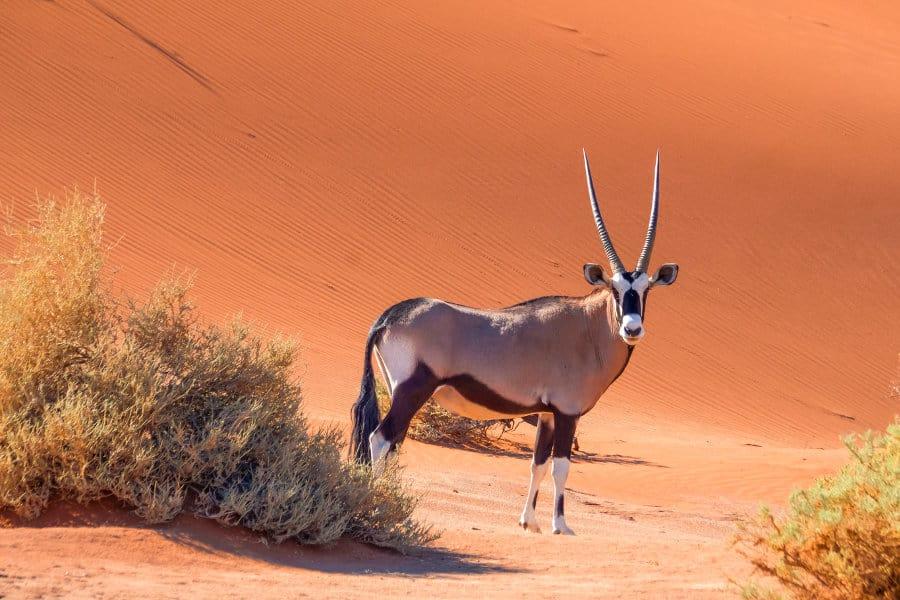
Oryxes are large, antelope-like creatures found in arid regions of Africa and the Middle East. They are known for their long, straight horns and ability to survive in harsh conditions.
-
Region of Habitat: Found in dry, desert regions of Africa and the Arabian Peninsula.
-
Scientific Name: Oryx leucoryx (Arabian oryx), Oryx gazella (gemsbok)
-
Feeding Habits: Herbivores, eating grass, shrubs, and fruits.
-
What Sound They Make: Oryxes make snorting and grunting sounds, especially when alarmed.
Fun Fact: The Arabian oryx was once considered extinct in the wild but has been successfully reintroduced into its natural habitat. Oryxes can survive for long periods without drinking water, obtaining moisture from the plants they eat.
12. Oyster

Oysters are marine mollusks known for producing pearls and being a delicacy in many cultures. They are filter feeders, using their gills to filter out plankton and other small organisms from the water.
-
Region of Habitat: Found in coastal waters around the world, particularly in the Atlantic and Pacific Oceans.
-
Scientific Name: Ostrea edulis (European oyster), Crassostrea virginica (Eastern oyster)
-
Feeding Habits: Filter feeders, feeding on plankton and small organisms suspended in the water.
-
What Sound They Make: Oysters do not make any sound, as they are stationary filter feeders.
Fun Fact: Oysters can live for up to 20 years, but they are often harvested at a younger age. Pearls form in oysters when an irritant, such as a grain of sand, becomes trapped inside the shell.
13. Olive Ridley Turtle

The olive ridley turtle is one of the smallest sea turtles and is known for its large-scale nesting events called arribadas, where thousands of turtles come ashore to lay their eggs.
-
Region of Habitat: Found in tropical and subtropical oceans worldwide, particularly in the Indian and Pacific Oceans.
-
Scientific Name: Lepidochelys olivacea
-
Feeding Habits: Carnivores, primarily feeding on jellyfish, crabs, and shrimp.
-
What Sound They Make: Olive ridley turtles are silent but communicate through body language during mating.
Fun Fact: The olive ridley turtle is known for its mass nesting behavior, with tens of thousands coming ashore at the same time. They are one of the smallest species of sea turtles, with adult females growing to about 60 cm in length.
14. Otterhound

The otterhound is a large breed of dog originally used for hunting otters. They have a thick, water-resistant coat and a strong sense of smell, making them excellent trackers.
-
Region of Habitat: Native to the United Kingdom, particularly in regions with rivers and marshes.
-
Scientific Name: Canis lupus familiaris
-
Feeding Habits: Carnivores, originally bred to hunt otters, now primarily fed dog food.
-
What Sound They Make: They bark and howl, often used to communicate with their owners and during hunting.
Fun Fact: Otterhounds have an extraordinary sense of smell, better than most hound breeds. Their thick, wiry coats help protect them when they swim through cold waters.
15. Oscar Fish
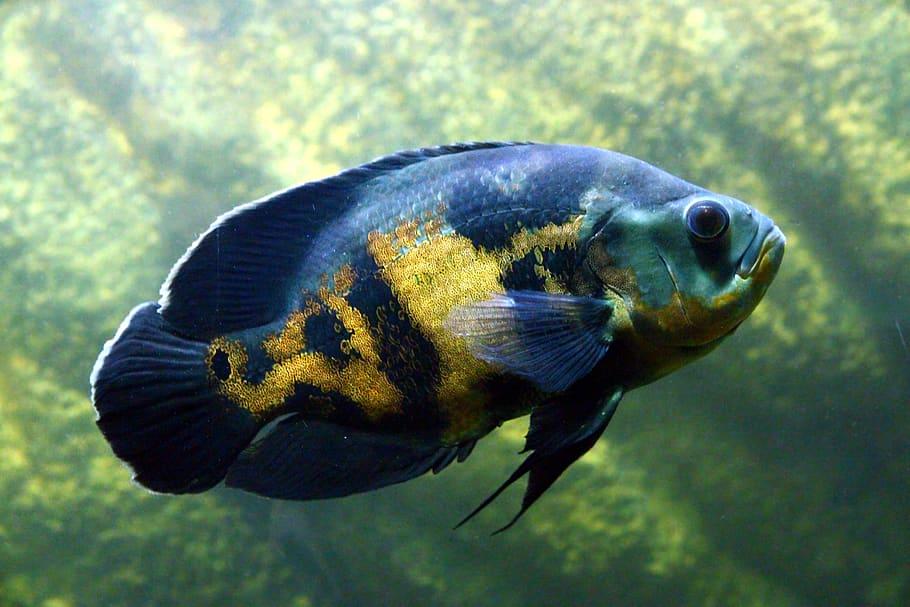
The Oscar fish is a popular freshwater aquarium fish known for its intelligence and aggressive nature. They can grow quite large and have distinct coloration.
-
Region of Habitat: Native to South America, particularly in the Amazon River basin.
-
Scientific Name: Astronotus ocellatus
-
Feeding Habits: Carnivores, feeding on small fish, insects, and worms.
-
What Sound They Make: Oscar fish can make clicking or grunting sounds when they feel threatened.
Fun Fact: Oscars are known for their intelligence and can be trained to recognize their owners. They have been observed to recognize their reflections in mirrors and may become territorial.
16. Orangutan Crab
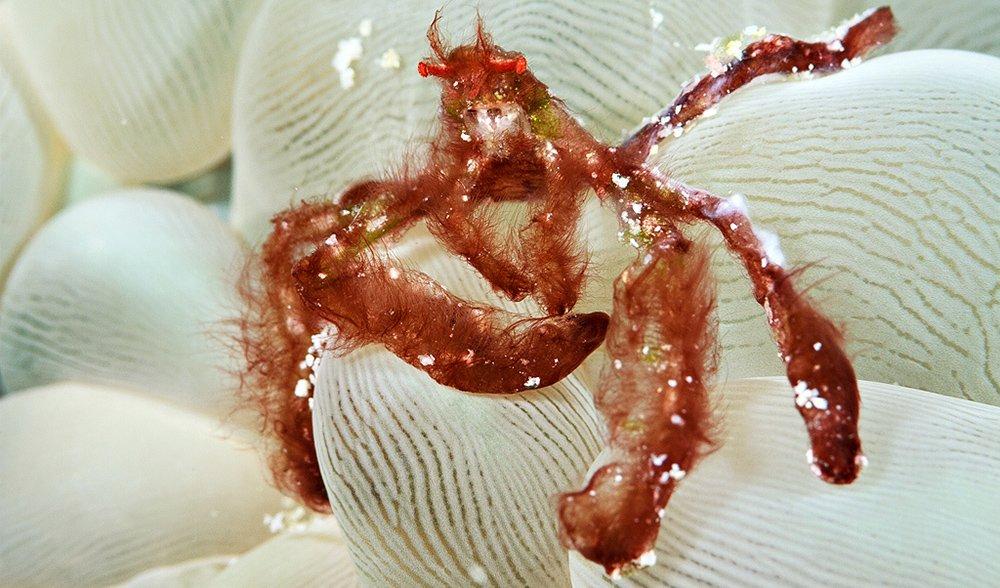
The orangutan crab is a small, colorful crustacean with bright orange fur-like hair on its body. It is named after the orangutan due to its similar appearance.
-
Region of Habitat: Found in coral reefs and rocky areas in the Indo-Pacific region, especially around Japan and the Philippines.
-
Scientific Name: Neopetrolisthes maculatus
-
Feeding Habits: Omnivores, feeding on algae, detritus, and small invertebrates.
-
What Sound They Make: Orangutan crabs are silent but may make small clicking noises when moving.
Fun Fact: They use their furry bodies to camouflage in the coral, blending into their environment. These crabs have a unique way of walking, using their claws to hold onto objects for stability.
17. Olive Baboon
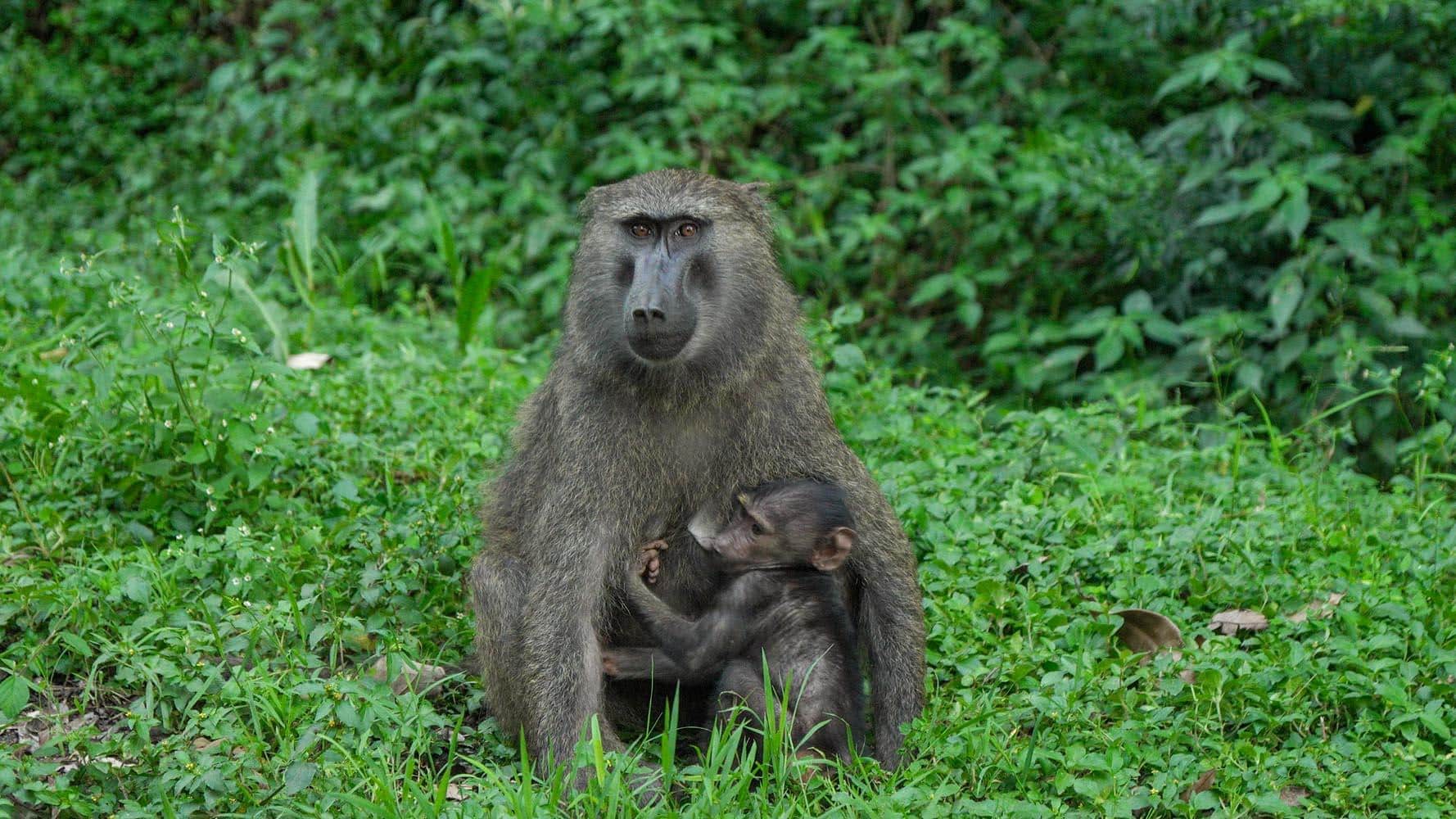
The olive baboon is a large primate found in Africa, recognized for its long, dog-like face and olive-colored fur. They are highly social and live in large troops.
-
Region of Habitat: Found in savannas, woodlands, and grasslands across sub-Saharan Africa.
-
Scientific Name: Papio anubis
-
Feeding Habits: Omnivores, feeding on fruits, seeds, insects, and small vertebrates.
-
What Sound They Make: They communicate using grunts, barks, and other vocalizations to coordinate group activities.
Fun Fact: Olive baboons live in complex social structures, where dominant males often lead the troops. They are highly adaptable and can thrive in a wide range of habitats, from forests to urban areas.
18. Olinguito
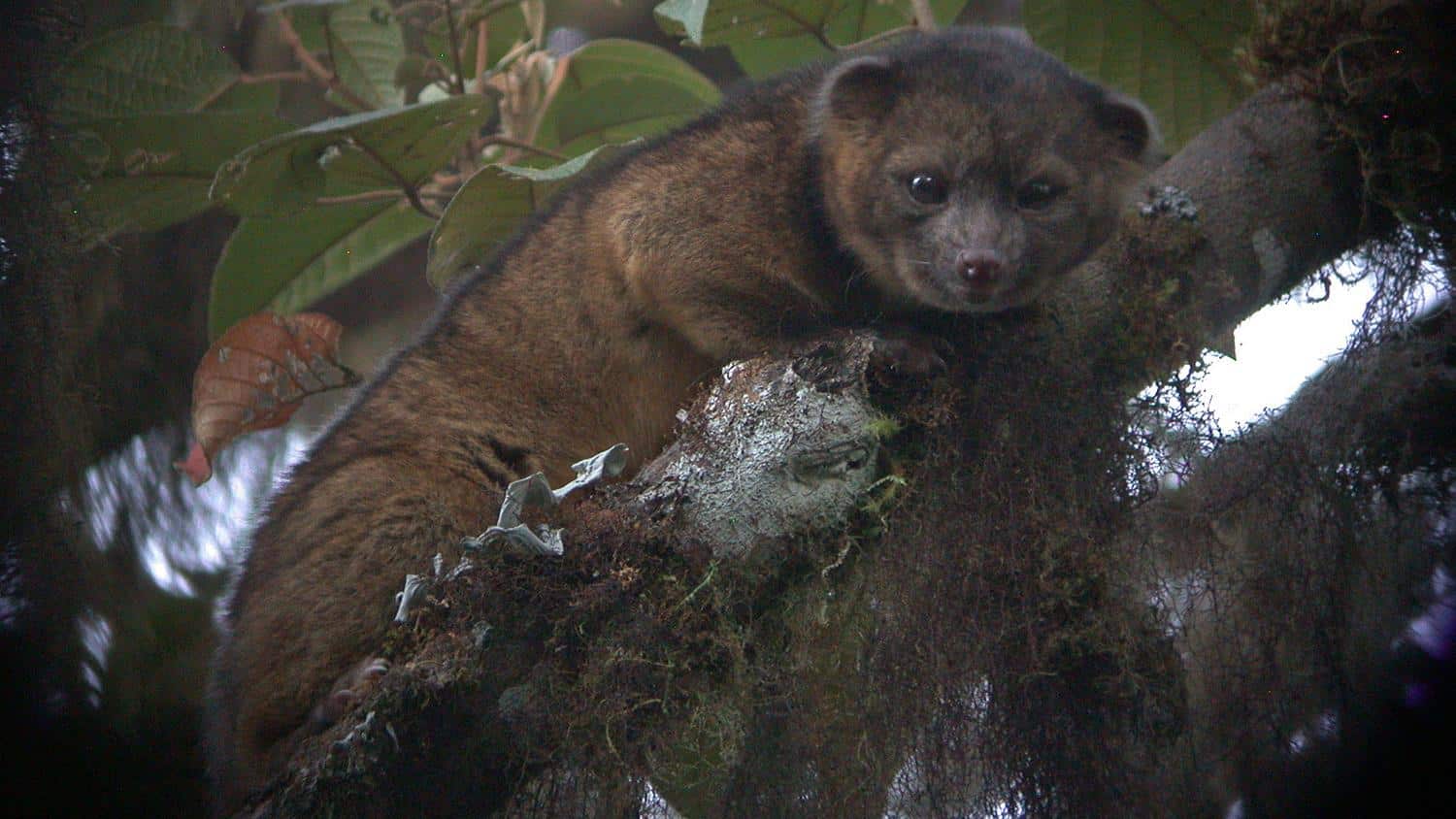
The olinguito is a small, nocturnal mammal closely related to raccoons and found in the cloud forests of South America. It is known for its long tail and reddish-brown fur.
-
Region of Habitat: Found in the cloud forests of Colombia and Ecuador.
-
Scientific Name: Bassaricyon neblina
-
Feeding Habits: Omnivores, primarily feeding on fruits, insects, and small vertebrates.
-
What Sound They Make: Olinguitos are generally silent but emit high-pitched squeaks and whistles when threatened or interacting with others.
Fun Fact: The olinguito was discovered in 2013, making it one of the newest mammal species identified in the Americas. Despite their small size, they are excellent climbers and spend most of their lives in the trees.
19. Oxpecker
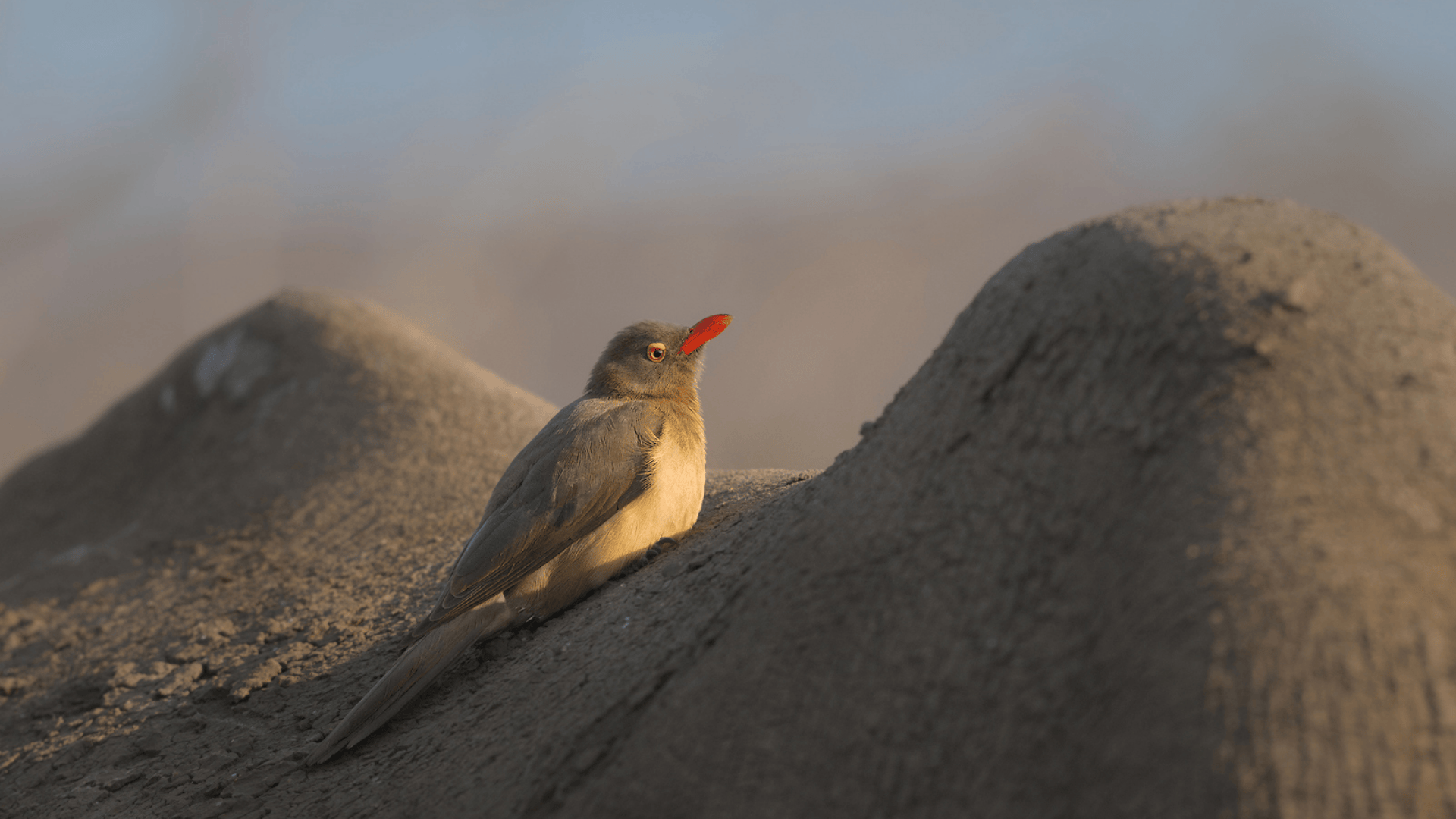
Oxpeckers are small birds that have a mutualistic relationship with large mammals, such as buffaloes and rhinos. They are known for feeding on parasites found on the skin of these animals.
-
Region of Habitat: Native to sub-Saharan Africa, often found in savannas and open woodlands.
-
Scientific Name: Buphagus bicolor (red-billed oxpecker), Buphagus africanus (yellow-billed oxpecker)
-
Feeding Habits: Primarily insectivores, feeding on ticks, lice, and other parasites found on large mammals.
-
What Sound They Make: Oxpeckers make high-pitched calls and are often heard as they interact with larger mammals.
Fun Fact: Oxpeckers are known to peck at the wounds of their hosts, sometimes causing harm by feeding on blood. Their specialized feeding behavior includes both cleaning and feeding on their hosts’ flesh.
20. Olingo
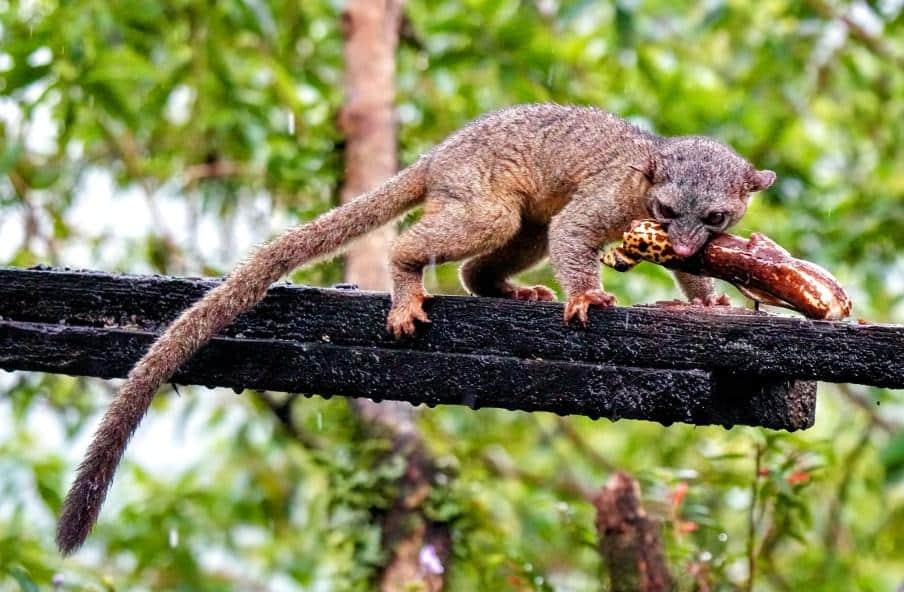
The olingo is a small, arboreal mammal closely related to the kinkajou. It has a long, prehensile tail and is known for its nocturnal habits and agile movement through trees.
-
Region of Habitat: Found in the rainforests of Central and South America, particularly in Panama, Colombia, and Ecuador.
-
Scientific Name: Bassaricyon gabbii
-
Feeding Habits: Omnivores, feeding on fruits, nectar, and small insects.
-
What Sound They Make: Olingos communicate with high-pitched calls, particularly when feeling threatened.
Fun Fact: The olingo has a prehensile tail that helps it maneuver through trees and hang onto branches. It is a solitary animal, typically found alone in the trees during its nocturnal activities.
21. Ocelot Catfish
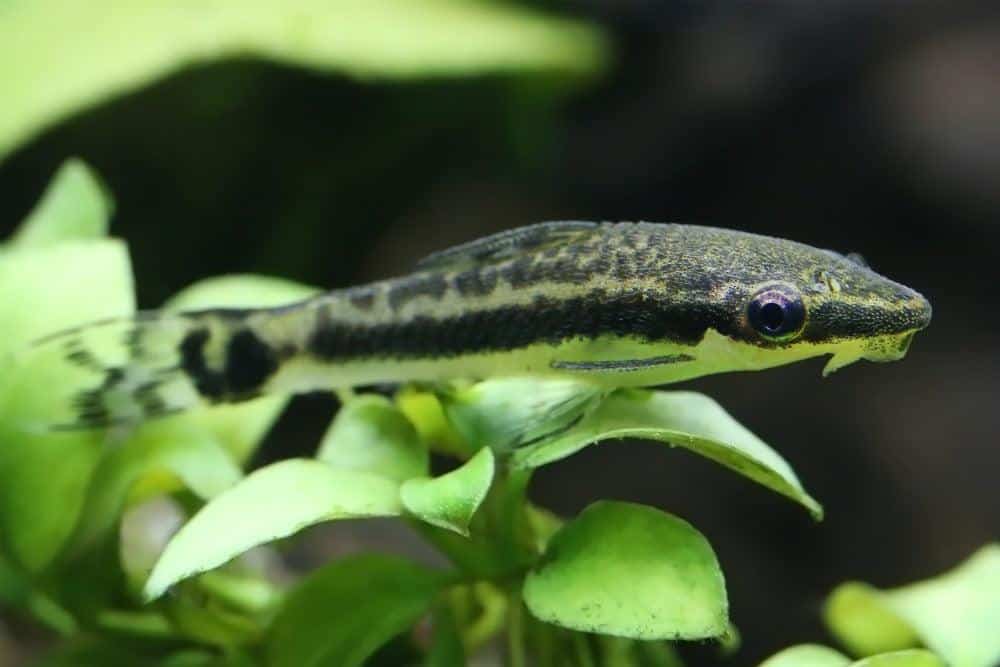
The ocelot catfish is a species of freshwater catfish named for the distinctive patterns on its body, similar to the spots on an ocelot’s fur. It inhabits rivers and streams.
-
Region of Habitat: Found in rivers and streams throughout South America, particularly in the Amazon Basin.
-
Scientific Name: Loricaria simillima
-
Feeding Habits: Omnivores, primarily feeding on algae, detritus, and small invertebrates.
-
What Sound They Make: Ocelot catfish are generally silent, but they may make small bubbling or clicking noises when disturbed.
Fun Fact: Ocelot catfish are bottom dwellers and use their flattened bodies to blend in with the riverbed. They are popular in aquariums due to their peaceful nature and ability to help clean algae.
Rare Animal Names Starting With The Letter ‘O’
22. Ocelot Catfish
23. Owl Monkey
24. Opah
25. Osprey
26. Orange Roughy
27. Oystercatcher
28. Olive Tree Warbler
29. Oystercatcher Bird
30. Olm
31. Oregon Spotted Frog
32. Orchid Mantis
33. Orange-winged Parrot
34. Ortolan Bunting
35. Orangethroat Darter
36. Olive Turtle
37. Orangutan Shrimp
38. Olmec Crocodile
39. Old English Sheepdog
40. Opossum
41. Omura’s Whale
42. Ocelot Eagle
43. Olive Brown Stout
44. Oecophoridae Moth
45. Oscillated Turkey
46. Oregon Bufflehead
47. Ochre Sea Star
48. Ochre Jellyfish
49. Openbill Stork
50. Orange-backed Trogon
51. Opilione
52. Oysterman Duck
53. Otterfish
54. Otter Snail
55. Omnivorous Toad
56. Olingo Monkey
57. Otter Shrew
58. Oblong Ant
59. Oscillated Salamander
60. Opilio Crab
61. Omnivorous Marsupial
62. Olingo Monkey
63. Ocelot Gecko
64. Orothund Frogs
65. Olivine Tree
66. Opportunistic Ant
67. Ocelot Gecko
68. Old World Wren
69. Olive Turtle
70. Oscar Fish
71. Osmia Bicolor
72. Ovenbird
73. Opus Shrimp
74. Oscillating Sunfish
75. Otterfish
76. Orange-spotted Grouper
77. Orange-spotted Sunfish
78. Omnivorous Shrimp
79. Olive Baboon
80. Obi Fish
81. Oscillating Frog
82. Ornate Box Turtle
83. Ophion
84. Obi Shrimp
85. Ostracod
86. Ongocutio
87. Obsidian Tortoise
88. Opor
89. Opossum
90. Olive Baboon
91. Otol
92. OdeTadger
93. Ocelot Catfish
94. Opilion
95. Otis White
96. Ototank Fish
97. Ocelot Eagle
98. Ogle Frog
99. Oberhauser’s Tree Frog
100. Ooconia
101. Opilione
102. Ocelot Shrimp
103. Owen’s Turtle
104. Opilion Beetle
105. Oman Turtle
106. Otsego Hill
107. Open Sea Crab
108. Oostermark Lizard
109. Opsterm
110. Orange-spotted African Fish Eagle
111. Olmec Crocodile
112. Ostalgic Bat
113. Oregon Pileated Woodpecker
114. Orangethroat Darter
115. Ophion Spikes
116. Oscillating Frogs
117. Orphous Heron
118. Oscillated Skink
119. Ocotillo Moth
120. Otter Shrew
121. Ongoing Lizard
122. Ostalgic Bat
123. Omnivorous Shark
124. Olmec Giant
125. Ockus Frog
126. Otter-Footed Lizard
127. Osprey Dragonfly
128. Ogoroth Frog
129. Ophobius Piranha
130. Oscillated Snake
131. Ocarina Lizard
132. Onyx Tortoise
133. Orangutan Gecko
134. Octavia Finch
135. Opothos Wren
136. Ozel Lizard
137. Onyx Snake
138. Orange Wing Pompano
139. Ophubius Snake
140. Ostradus Fish
141. Otter Lily
142. Oscillator Eel
143. Omniz Frog
144. Oscillated Viper
145. Ochre Tree Frog
146. Outlaw Finch
147. Onyx Frog
Summing It Up
From the ocean depths where orcas patr
ol to the treetops where olingos swing, our journey through the “O” section of nature’s alphabet reveals extraordinary diversity and adaptation.
These animals—whether massive like the ox or microscopic like certain oysters—each play crucial roles in their ecosystems.
Some, like the olinguito, remind us that finding continues even today, while ancient species like the oryx show remarkable resilience against environmental challenges.
As we face a changing planet, understanding these creatures becomes increasingly important. Their stories aren’t just fascinating trivia but windows into the complex web of life that sustains our world—a reminder that every letter of the animal kingdom, including “O,” contributes to Earth’s remarkable biodiversity.

